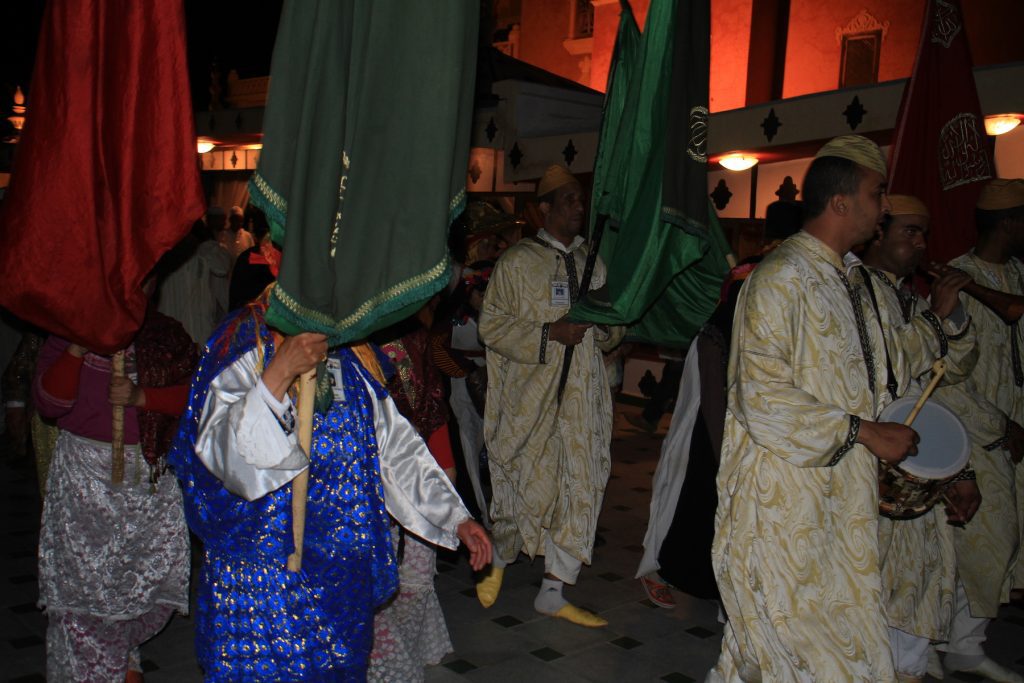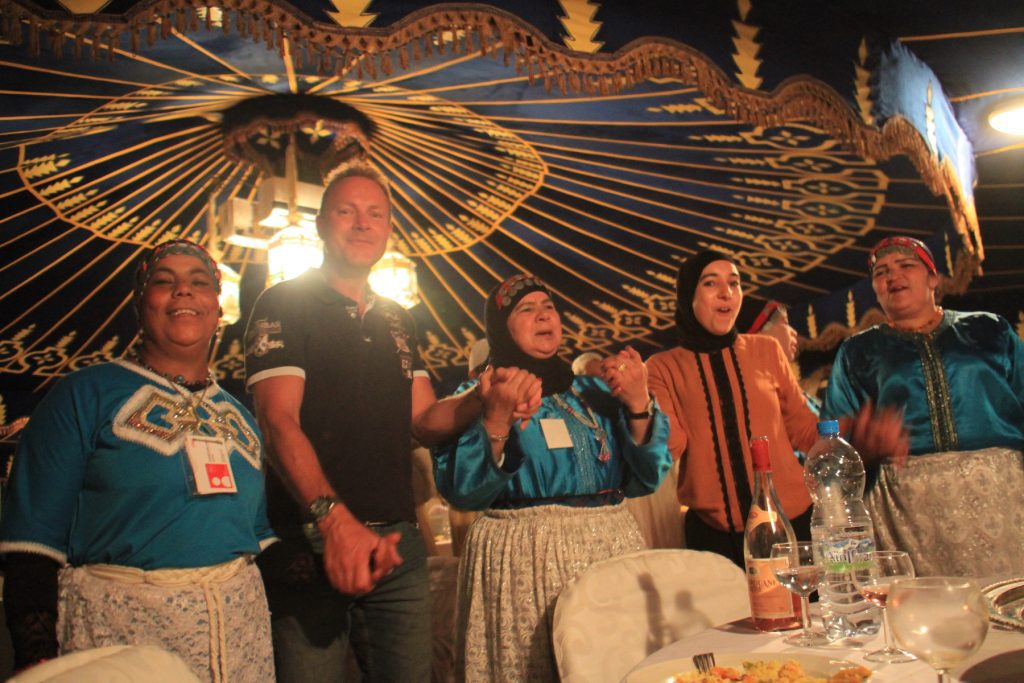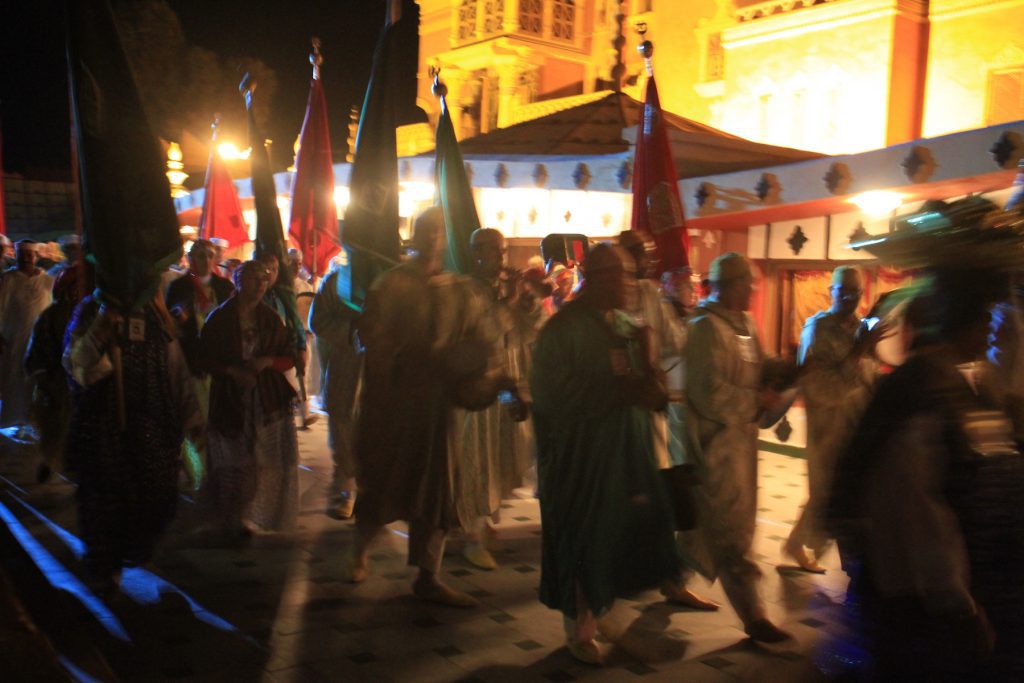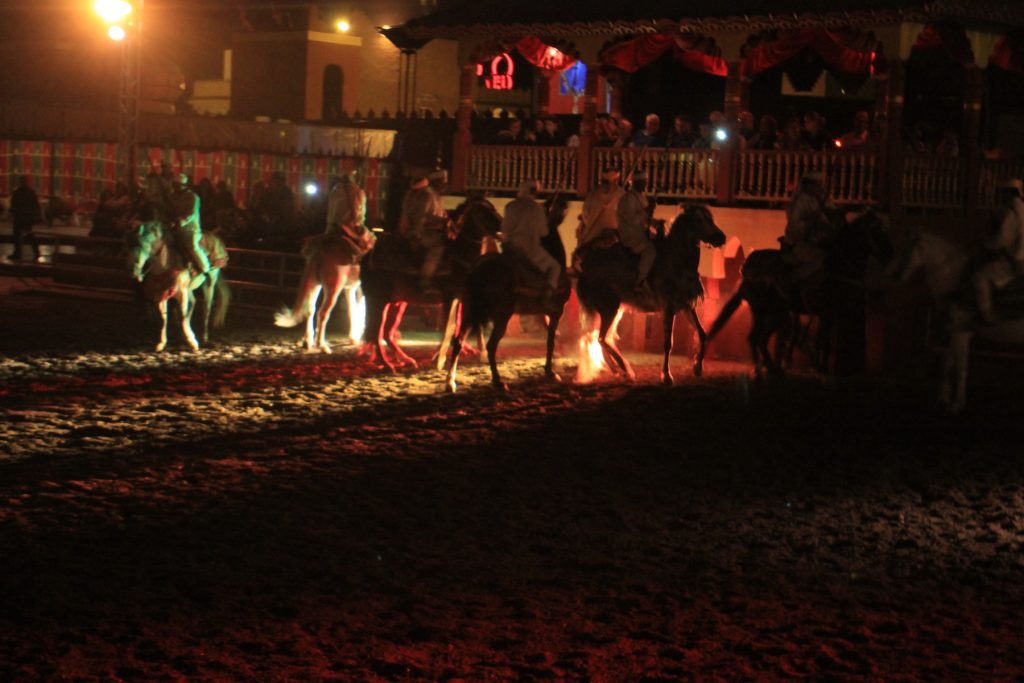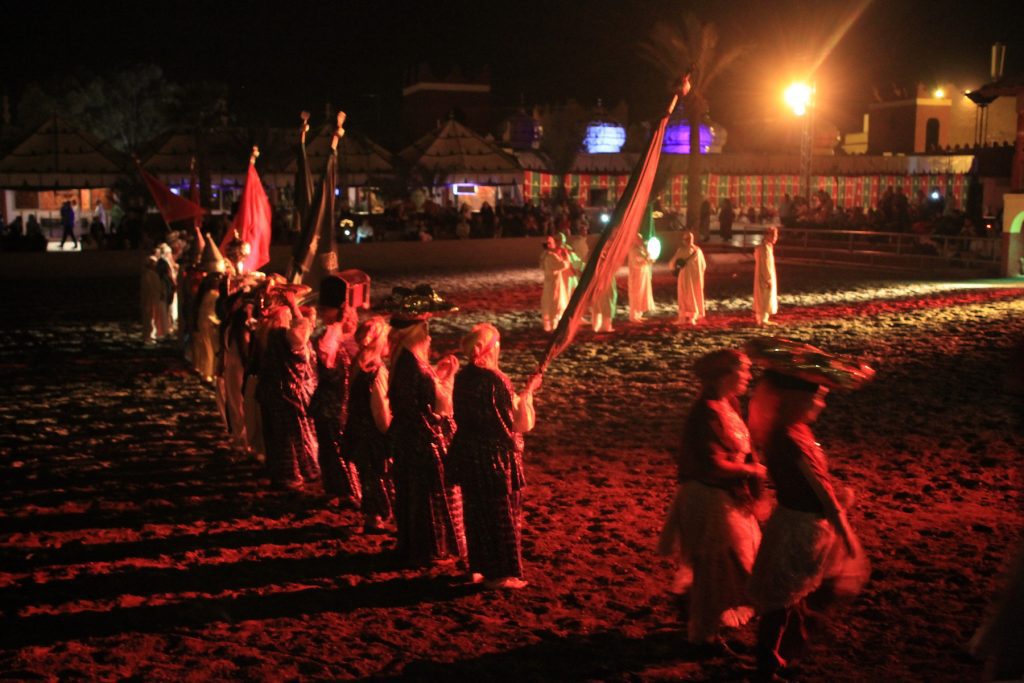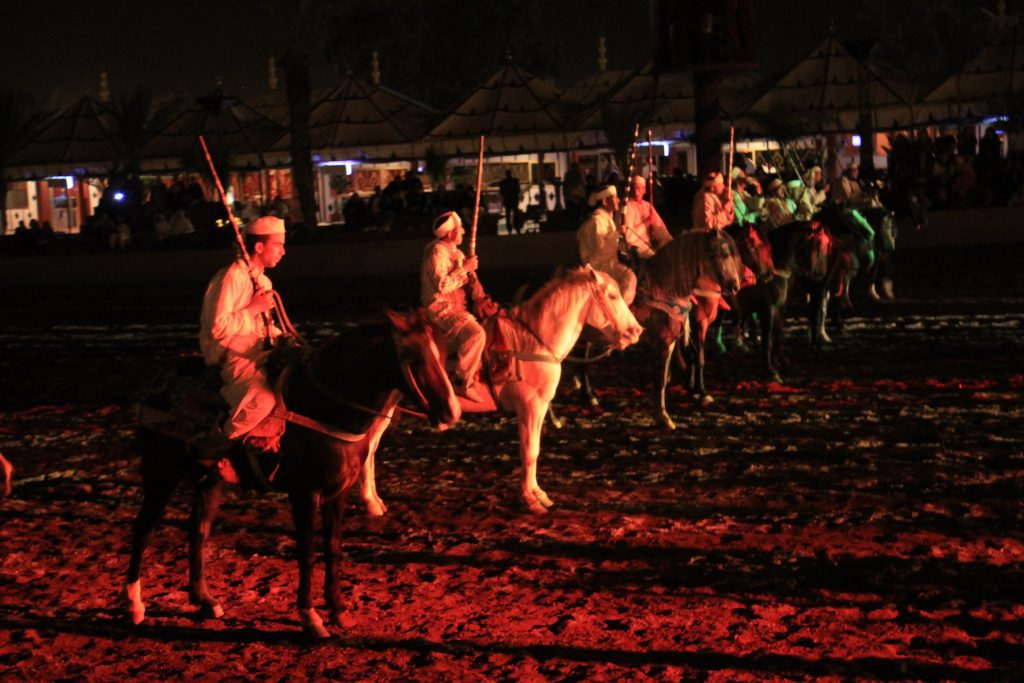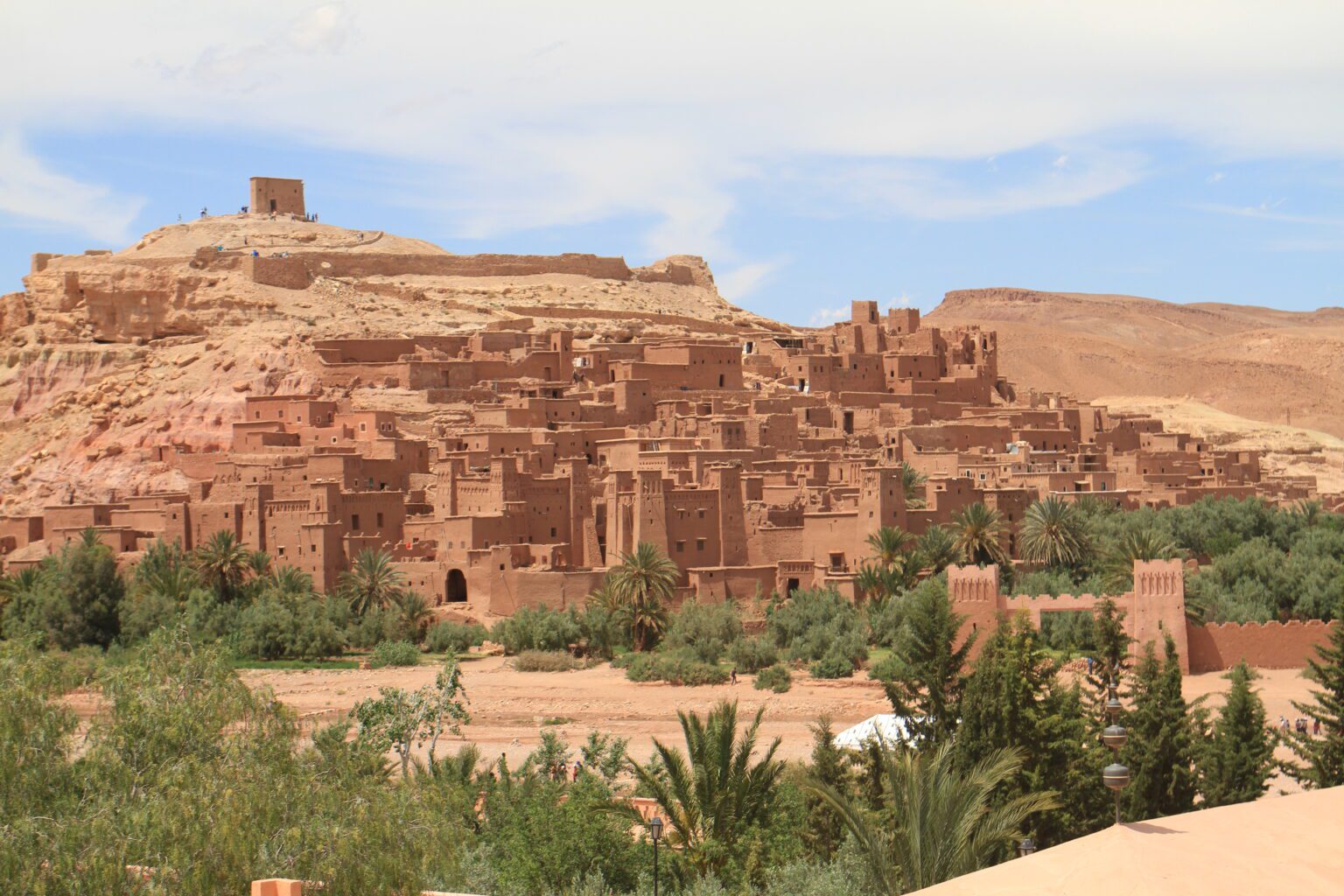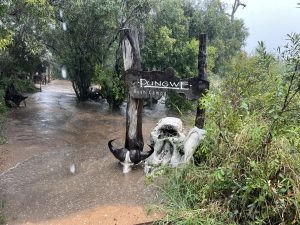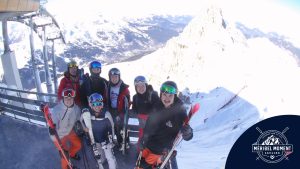Paul and I were very excited to celebrate our 21st wedding anniversary in Morocco over the May BH weekend in 2016. We were based mainly in Marrakech and did a full day excursion to the Atlas Mountains. There are many reasonably priced flight options and we chose Easy Jet from Luton which is a 3hr40min flight. Morocco is a Muslim country so I made sure that I had packed light weight, loose fitting items that covered my shoulders and knees. Our trip was all we expected it to be and more … from the wild Atlas Mountains, to endless markets around the ancient medinas, to the exotic food tasting tour to the brisk scrub down in our Riad’s hammam – an unforgettable long weekend!
🙂 Atlas Mountains, the Medina of Marrakech, the eclectic souks and the medley of food flavours
🙁 Captive monkeys and snake charmers, harassment, early morning call to prayer!
Currency: Moroccan Dirham
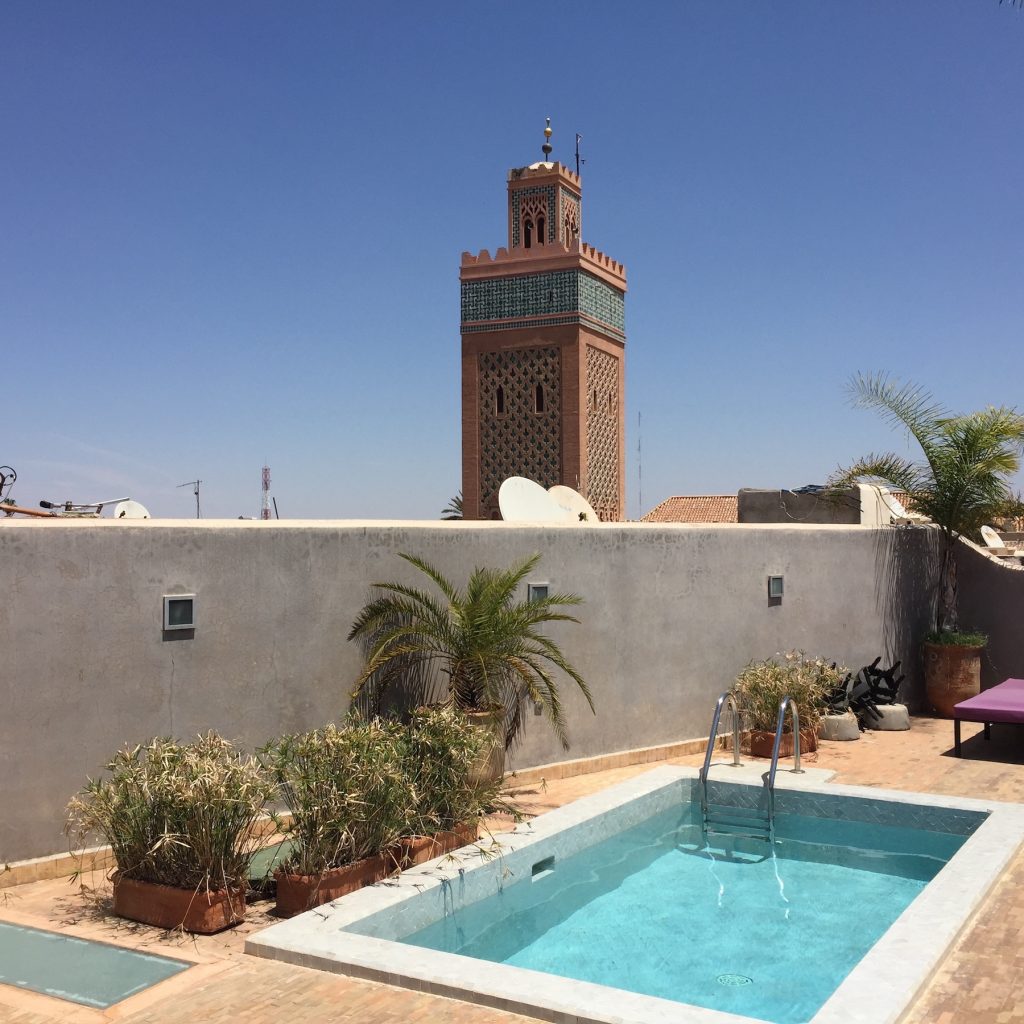
THINGS WE DID NOT KNOW ABOUT MOROCCO
- Morocco is the most visited Country in Africa! With everything that Morocco has to offer, it is no surprise that it is the most visited country in Africa. Over 12 million tourists traveled to Morocco in 2018.
- Morocco has the oldest University in the world. Morocco has a long history of civilization. The Kairaouine Mosque in Fes became the world’s first university in 859. It was built by Fatima al-Fihri, the daughter of a wealthy Kairaouine refugee. Until Casablanca’s Hassan II Mosque was built in the early 1990s, the Kairaouine Mosque was the largest mosque in Morocco. The University operated independently for a long time but became part of the state educational system in 1963. It is known today as the University of al-Kairaouine.
- Moroccans love coffee, but worship tea. In Morocco, coffee is a social ritual. It is meant to be sipped sitting down. Cafés are strictly the domain of men, and you’ll see plenty of them enjoying a cup of coffee and a conversation. But even more important than coffee in Morocco is tea, which is the country’s national drink. Traditional Moroccan tea is a blend of Chinese green tea and mint with a lot of sugar and requires several steps, or “washings,” to brew. The sweet and fragrant drink is nicknamed “Berber Whiskey” and offered to guests upon visiting Moroccan houses and shops.
- Morocco has the second oldest ruling dynasty in the world (Japan is the oldest)…The current royal family have been in power since 1631. The House of Shorafa Aloui claims decent of the Islamic Prophet Muhammad Ibin Abdullah. Morocco became a constitutional monarchy in 1957 and the current king, Mohamed VI, is the 23rd of his line.
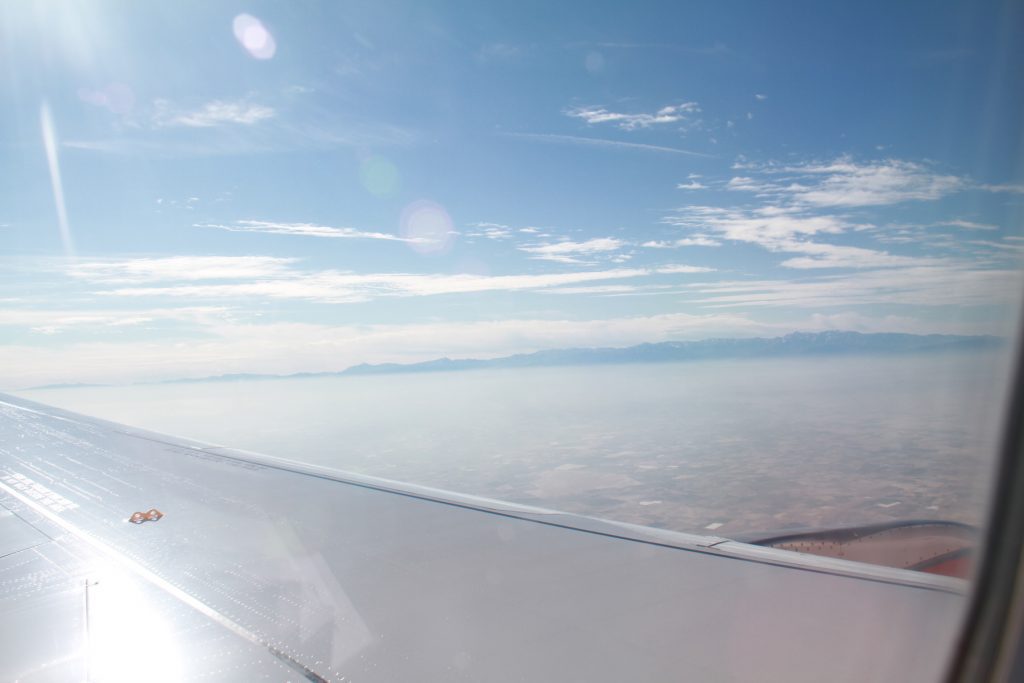
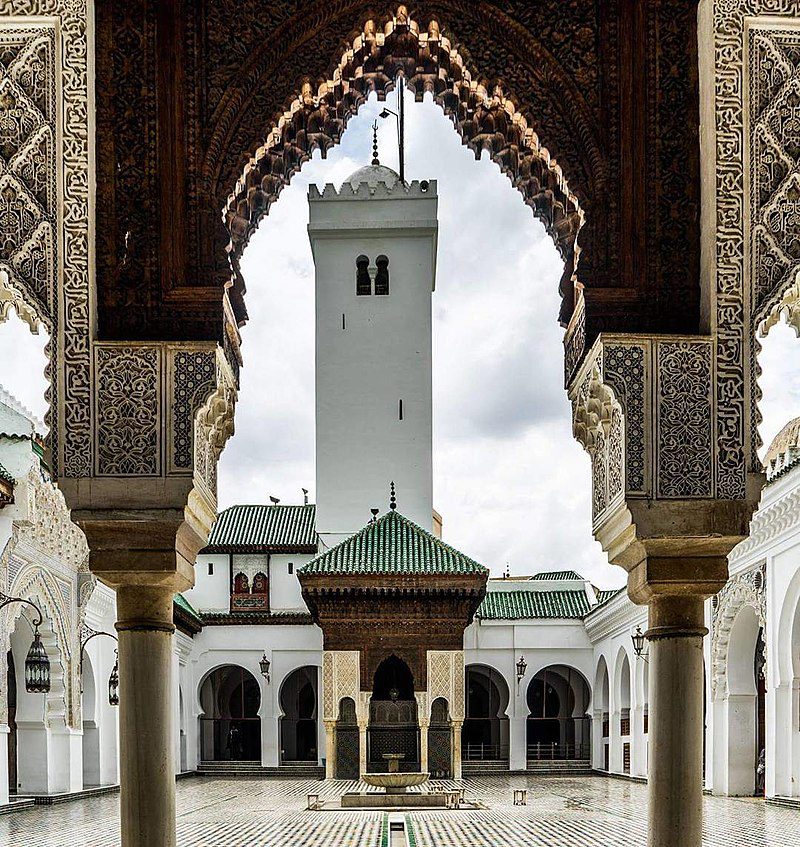
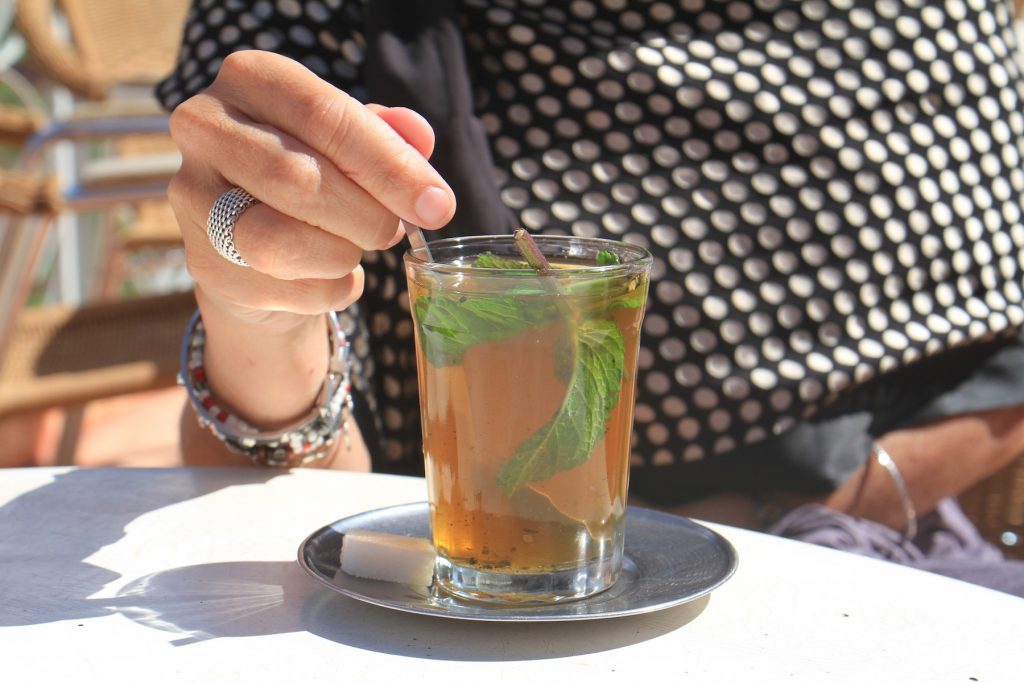

Our flight arrived promptly at 10h05 and we were transferred to Riad: Awa which is located south of the Marrakech Medina in the Kasbah district. It was the roof terrace and swimming pool which drew us to this traditional family run accommodation. We had the ‘After’ room on the first floor which was spacious and comfortable with a big bathroom.
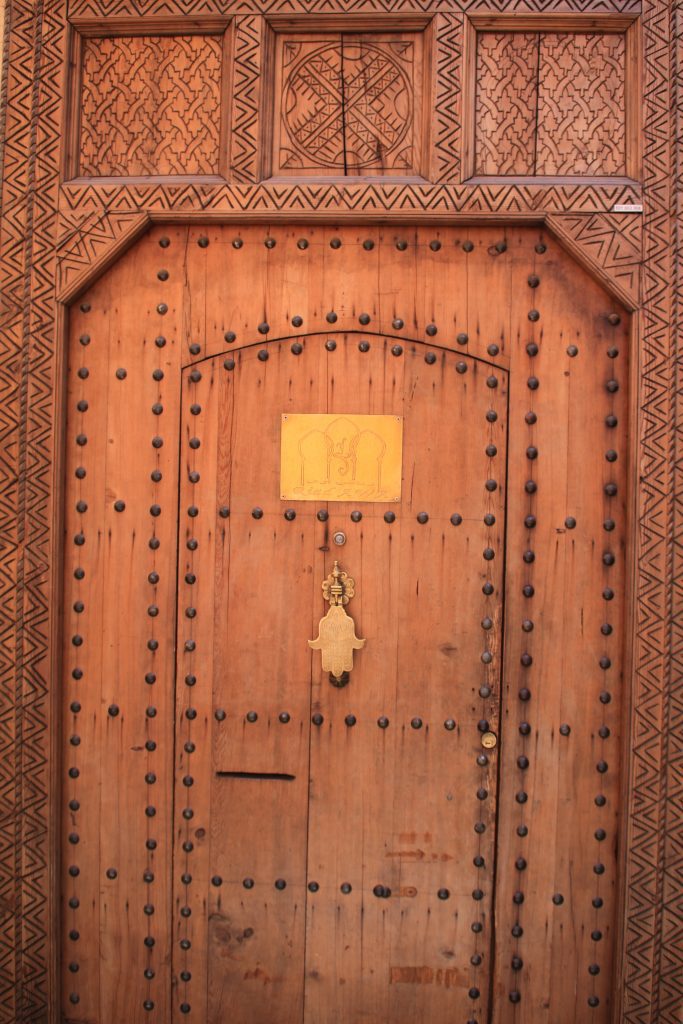
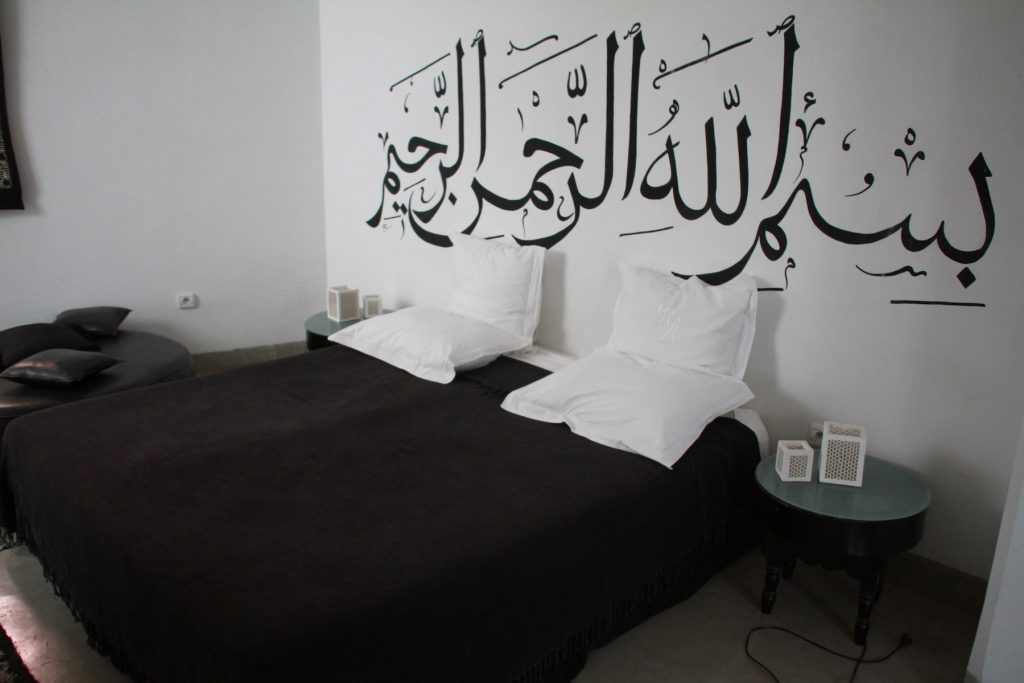
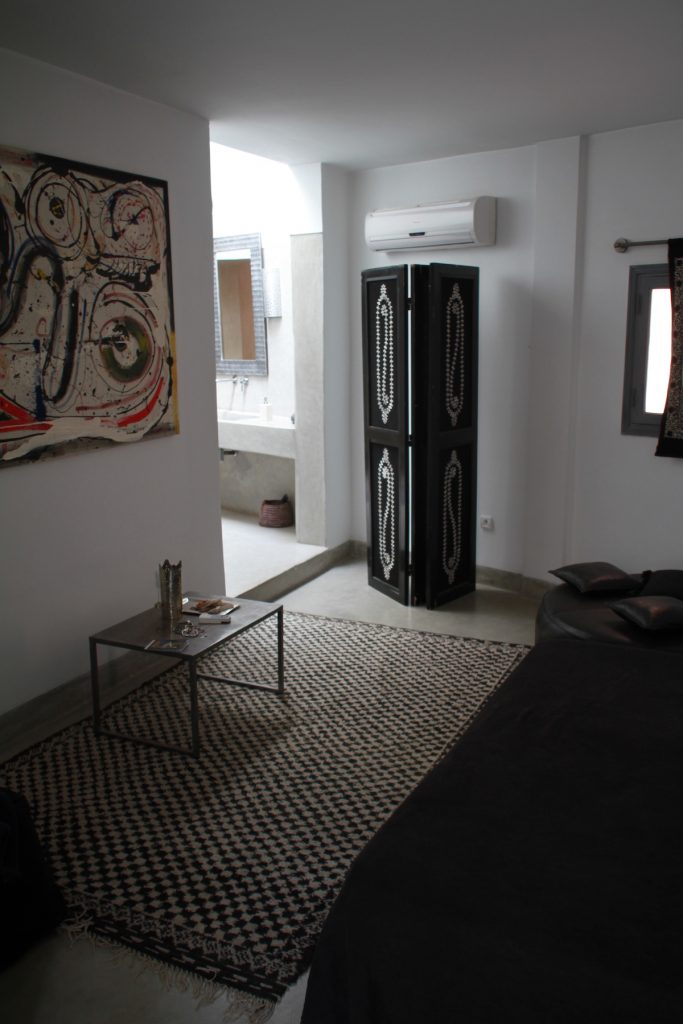
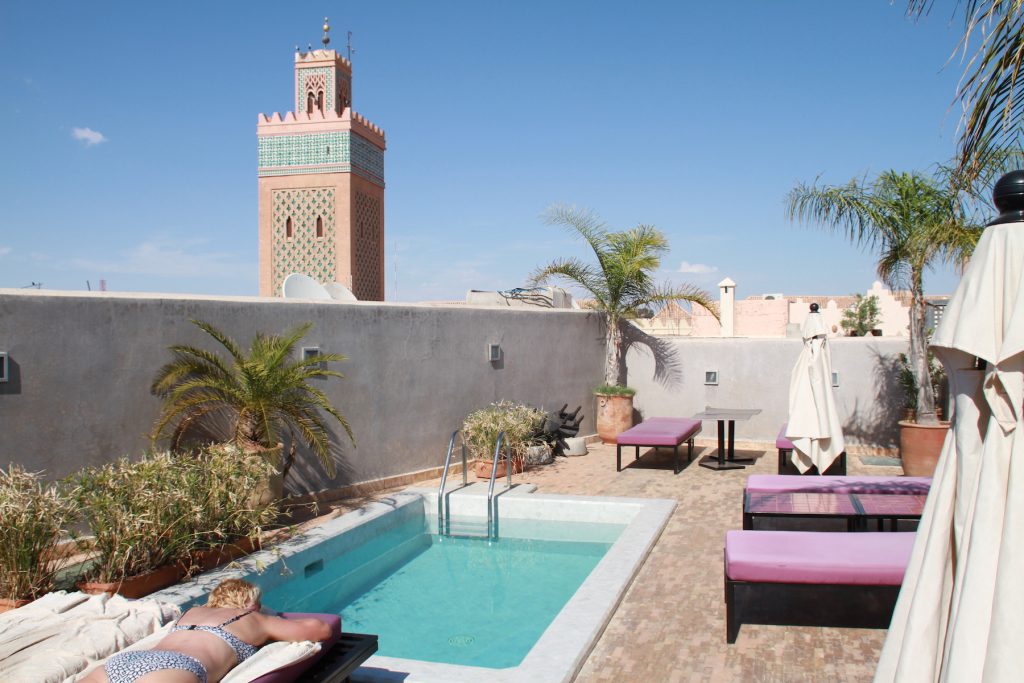
We received a warm welcome and lunch was ready for us – a delicious tagine, the lamb and vegetables flavoured with saffron, garlic, coriander and cumin. Garnishes included olives, mint and preserved lemon. Divine. Wine has been produced in Morocco since Roman times – the rose was particularly good. It was so good that we needed a nap in the sunshine on the roof terrace!
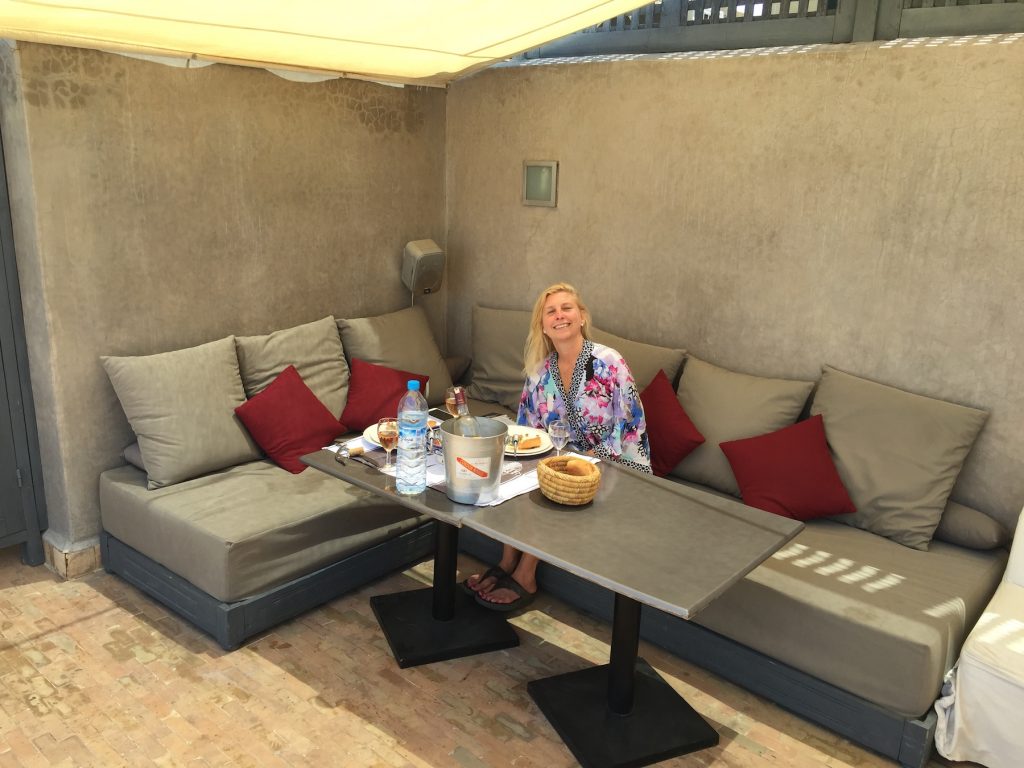
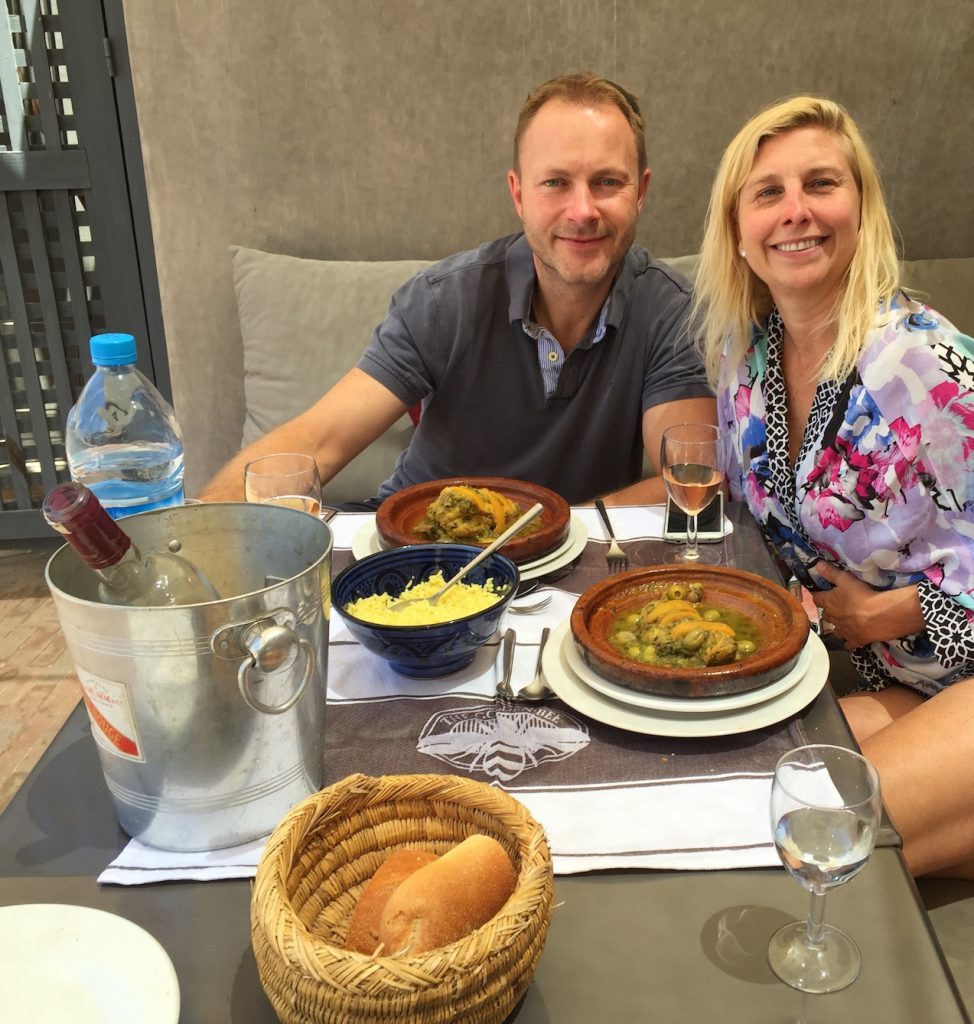
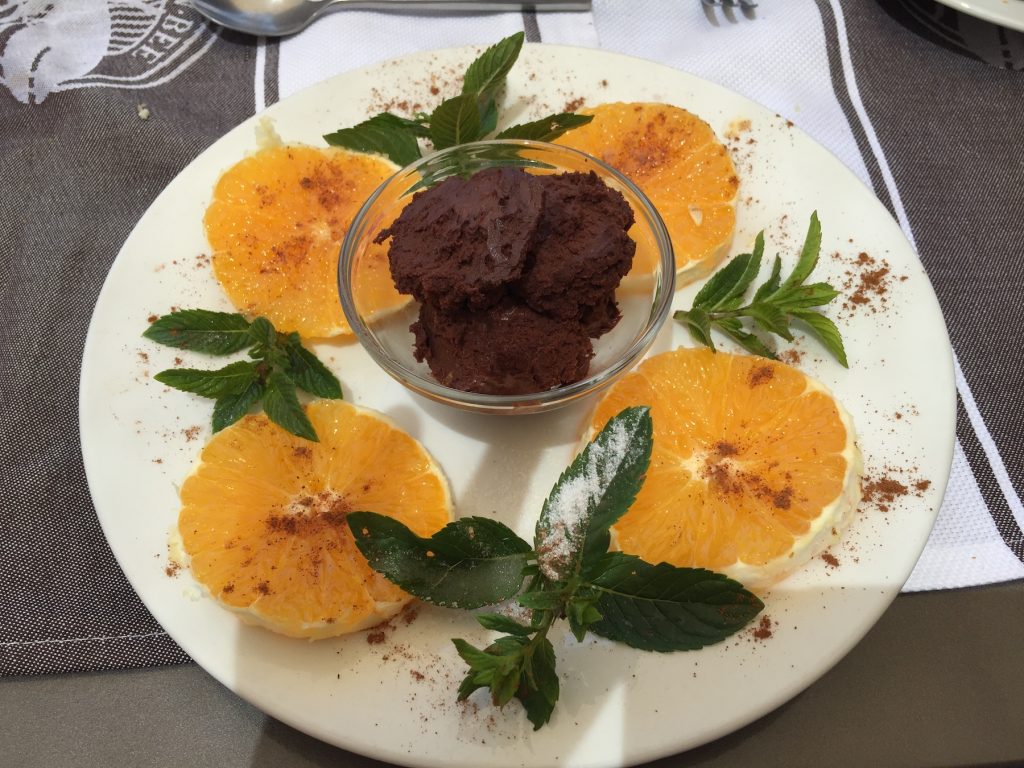
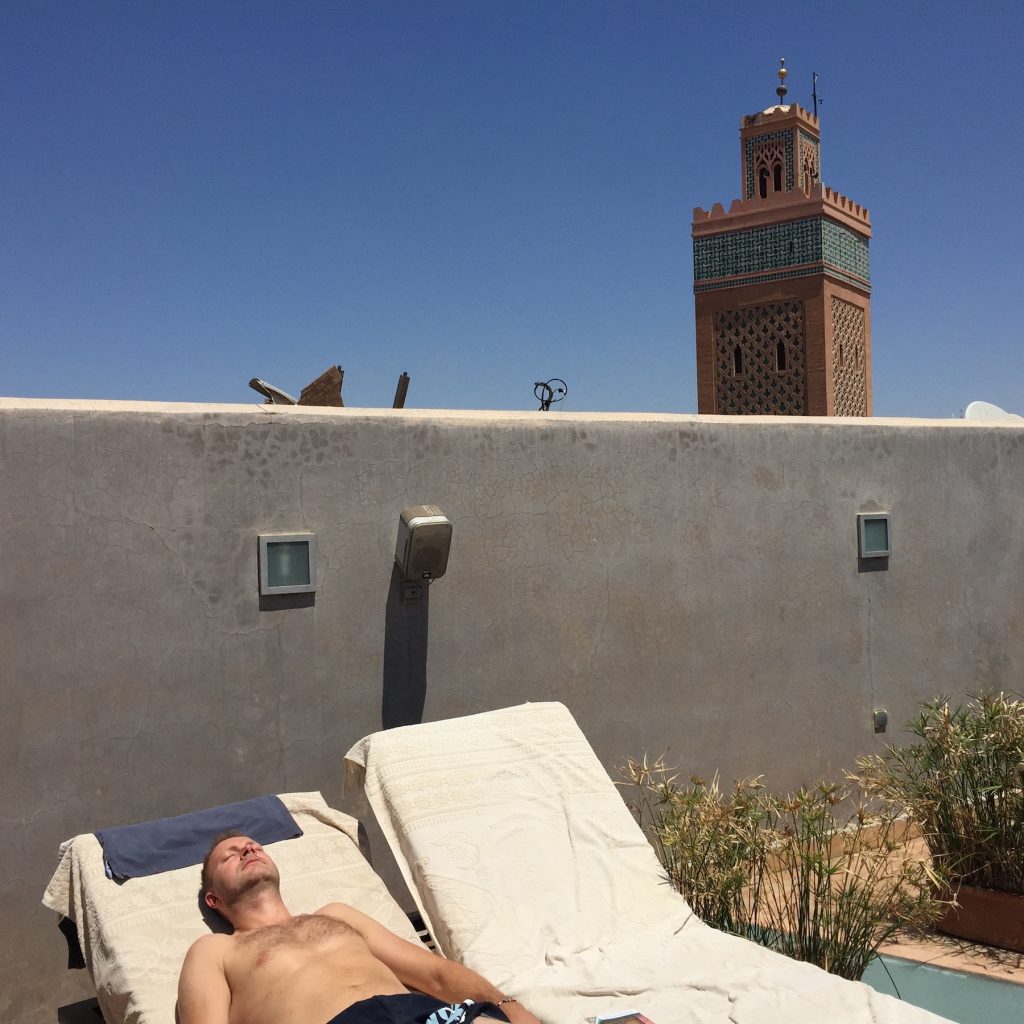
After our nap in the sunshine it was time for our joint Hammam… WOW! We were told to strip – yes, strip! Our spa lady was super efficient and no part of our anatomy was left untouched! Paul thinks he may have lost even more hair from his scalp after the vigorous scrub that he received! It certainly was an experience which left us feeling fully invigorated!

We headed to the Market Square and accepted one of the many Caleche rides on offer. This was a really good start and provided an excellent orientation of where we were staying in relation to the rest of the medina. The heart of Marrakech is the medina, which comes from the word “city” in Arabic. A UNESCO World Heritage site, the old city was founded in the 11th century.
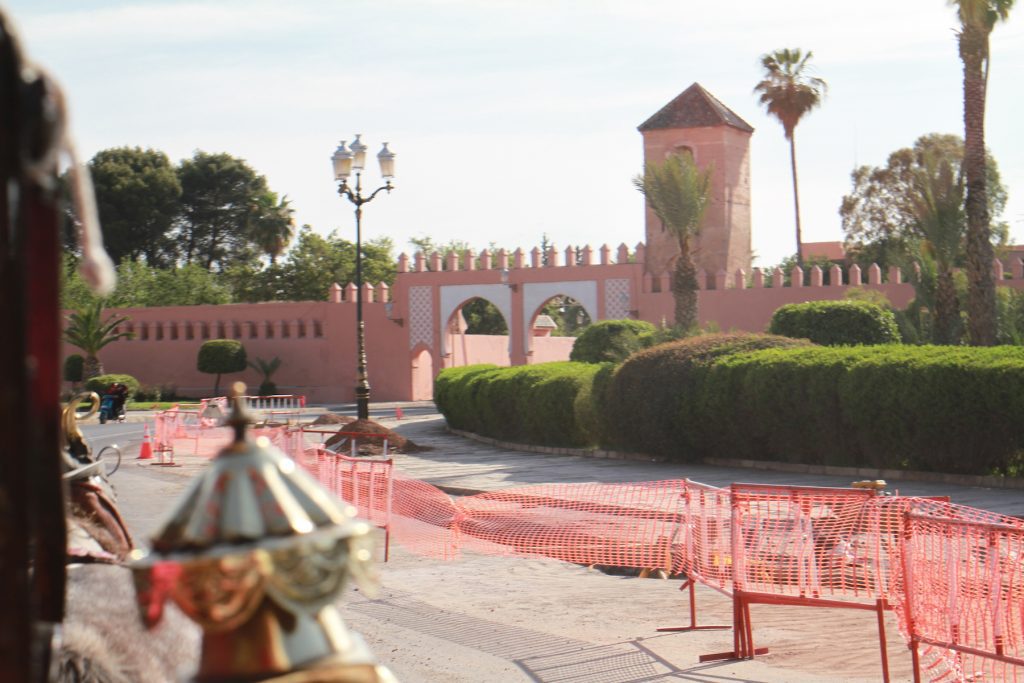
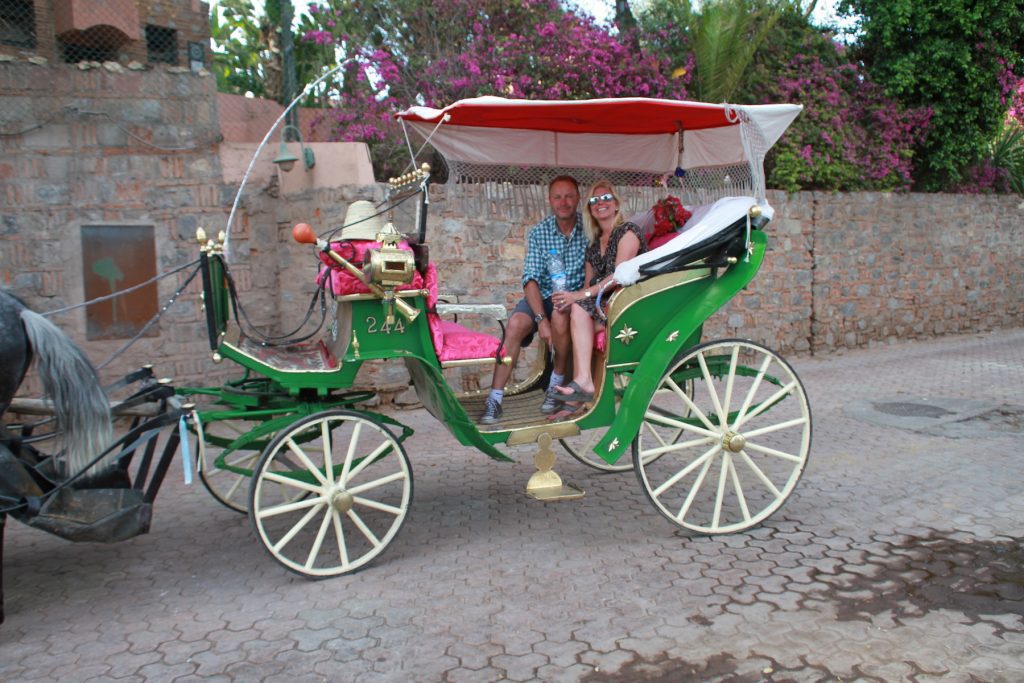
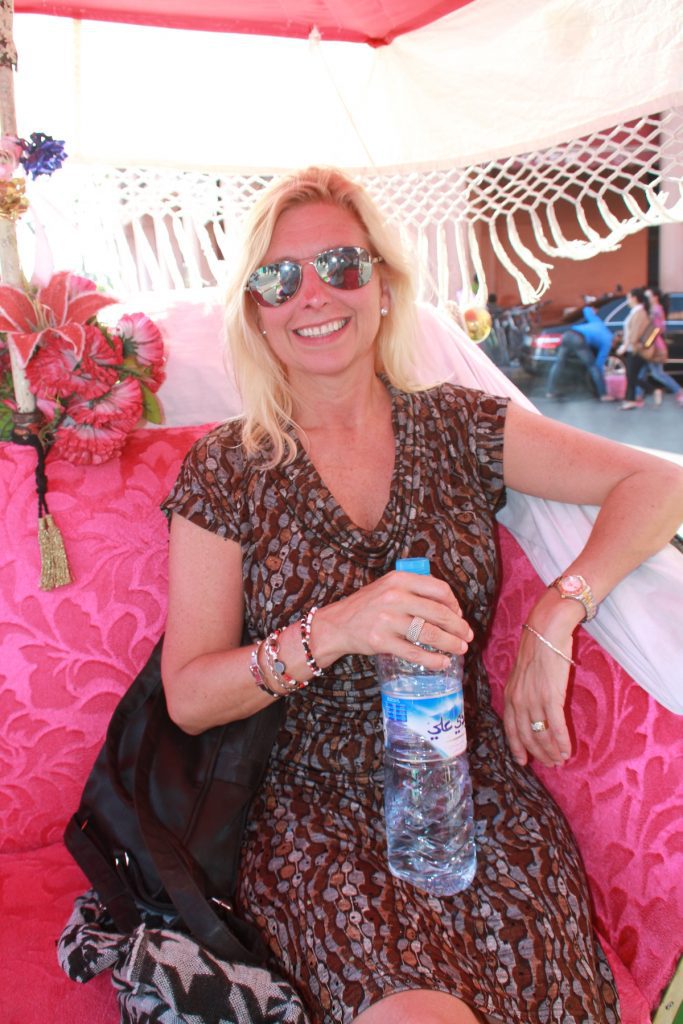
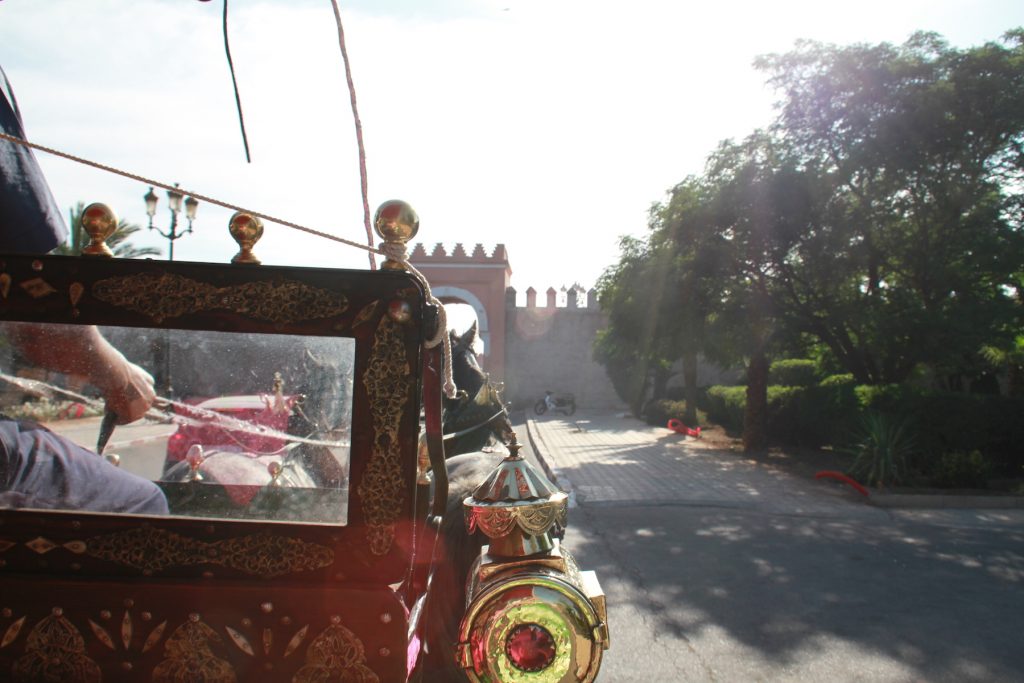
We then headed over to Kosy Bar for drinks on the rooftop terrace and thoroughly enjoyed the ambiance – intoxicating cocktails, chilled music and people watching – Order a cocktail and watch the storks nest on the decaying remnants of El Badi Palace!
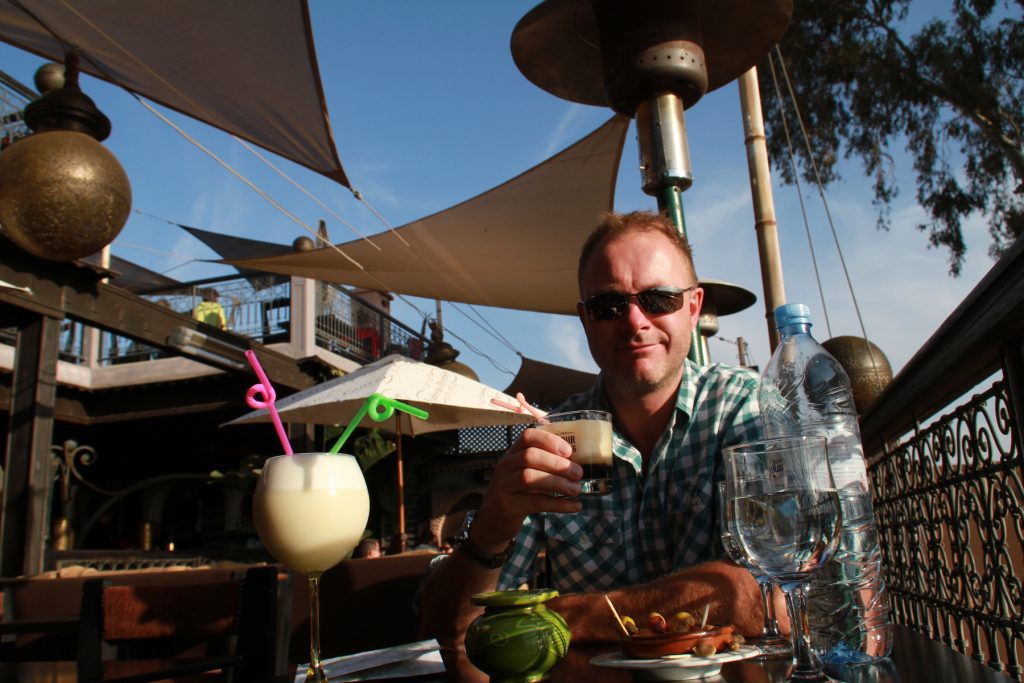
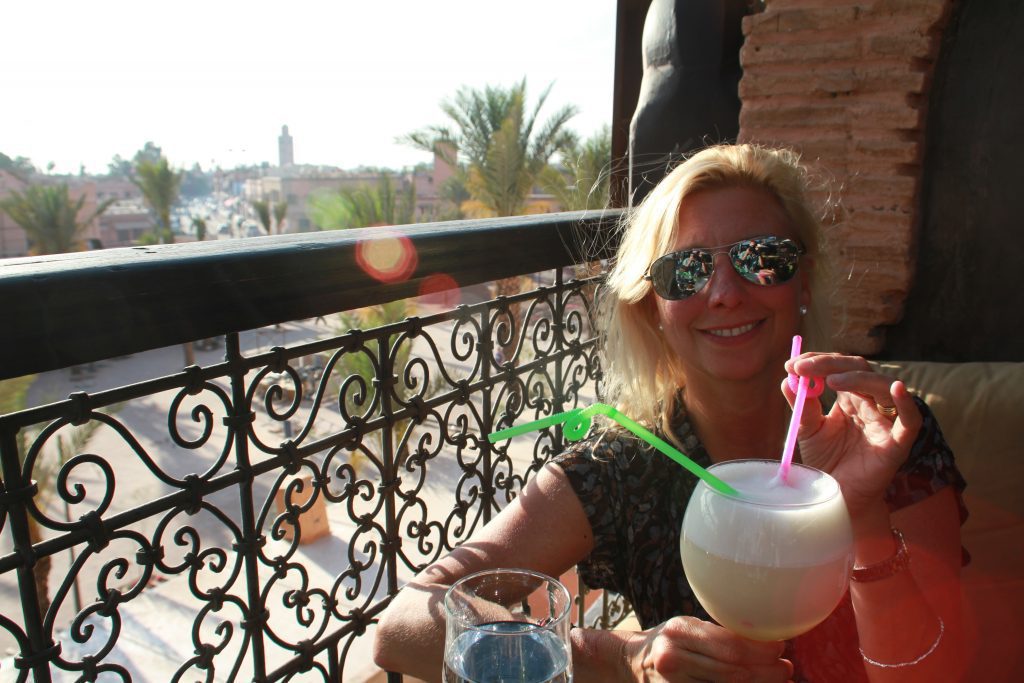
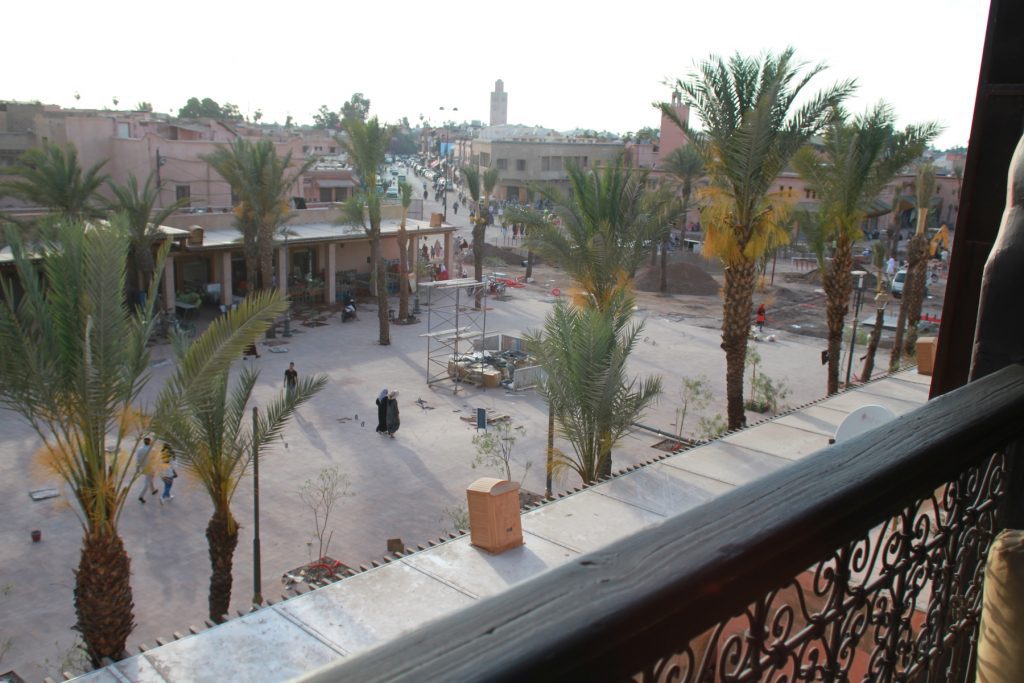
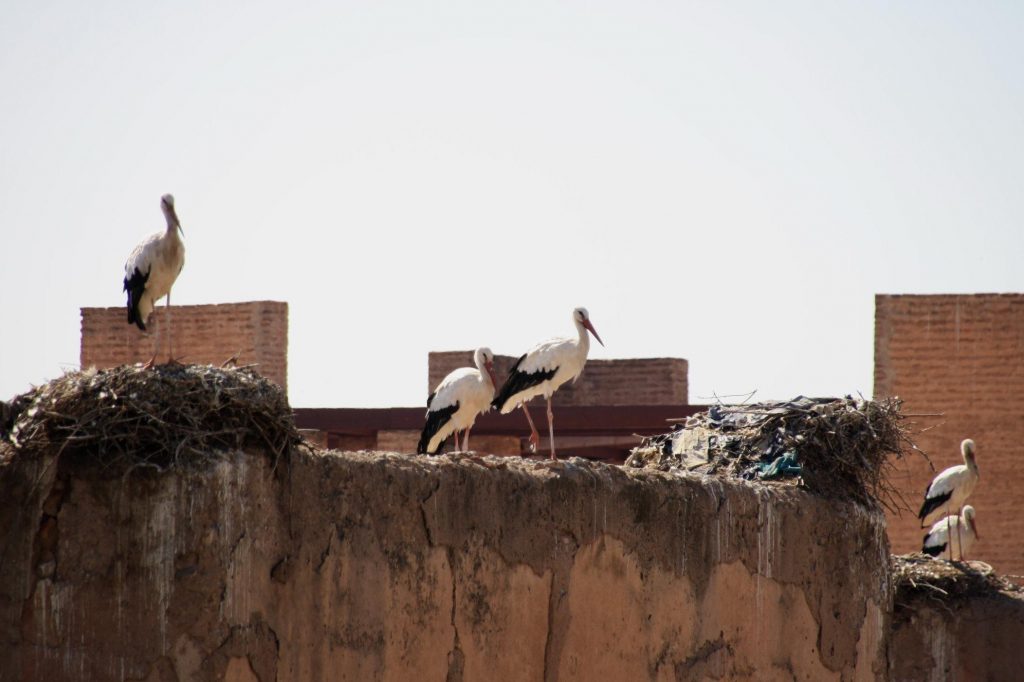
We were almost tempted to stay and watch the sun set but we had booked a food tasting tour with Tours by Locals so headed off to Cafe Restaurant Islane to meet our tour guide. We always try to do a food tour as soon as possible after arrival in a new environment. It is a sure fire way to immerse yourself in local culture and it gave us our bearings around the medina. First stop was M’smem – butter, crepe like food eaten with sweets in the morning and stuffed with savoury condiments in the evening. Next on the menu was the delicious, freshly squeezed orange juice – It was amazing. The medina is so vibrant, colourful and wonderfully whiffy! We saw and smelt rainbows of herbs and spices, sampled home made cookies from his wife, dabbled in delicious street food, observed traditional fires being stoked and finished the tour off with snails. Particularly popular in Marrakech, snails can be found everywhere in the Jemma el Fna square. Hodangal Tea is a medicinal tea made with dozens of herbs and spices. Sheeps’ heads are popular but we gave them and their brains a miss. I will let the photos do the talking…
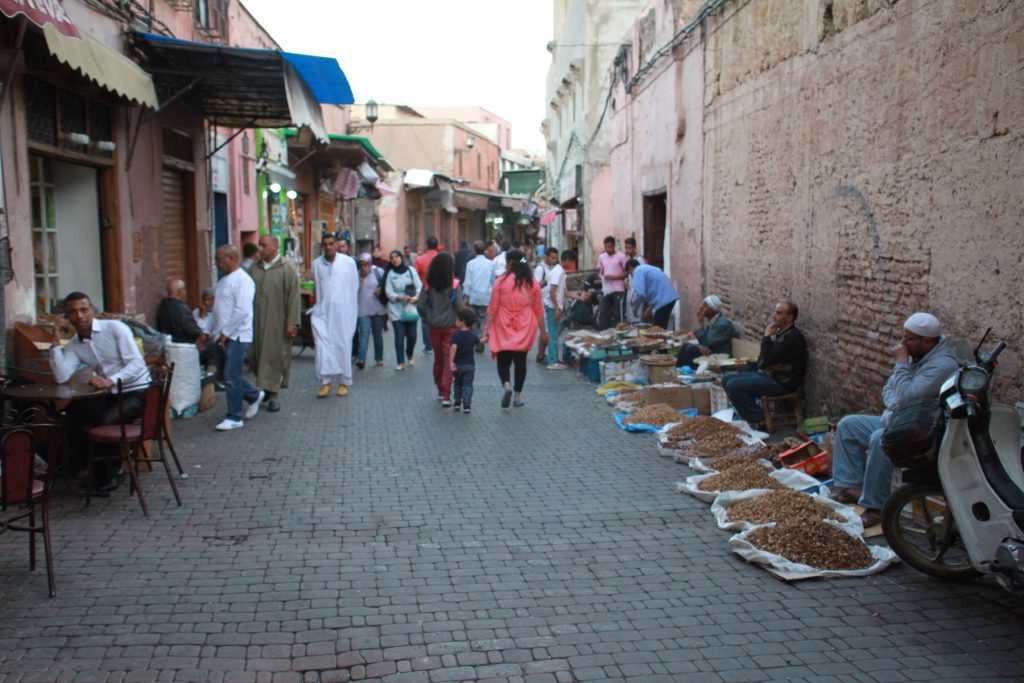
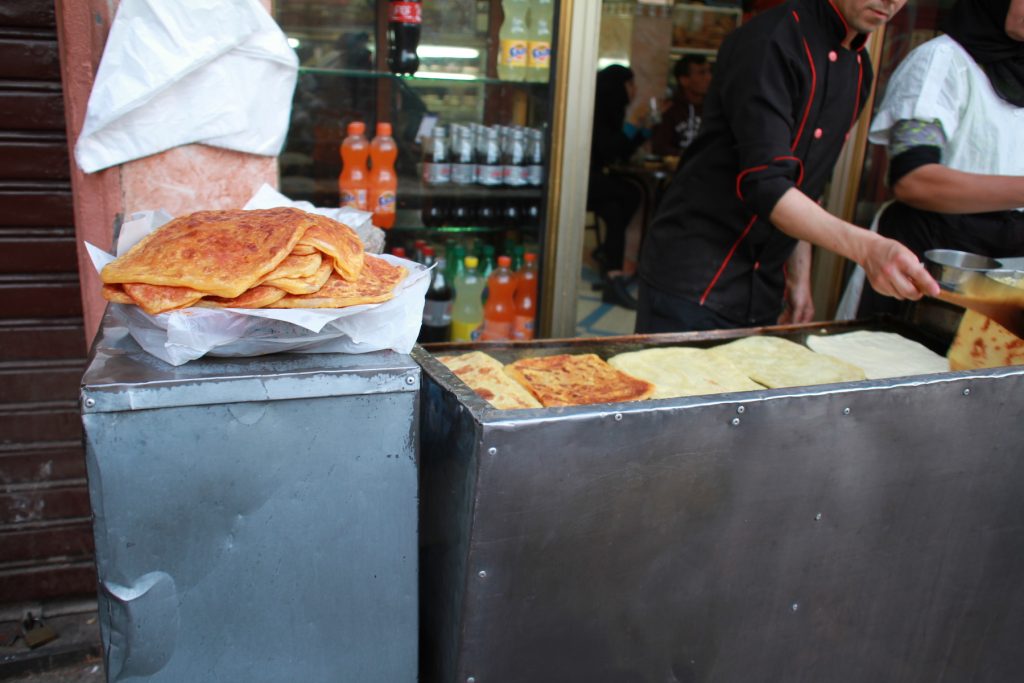
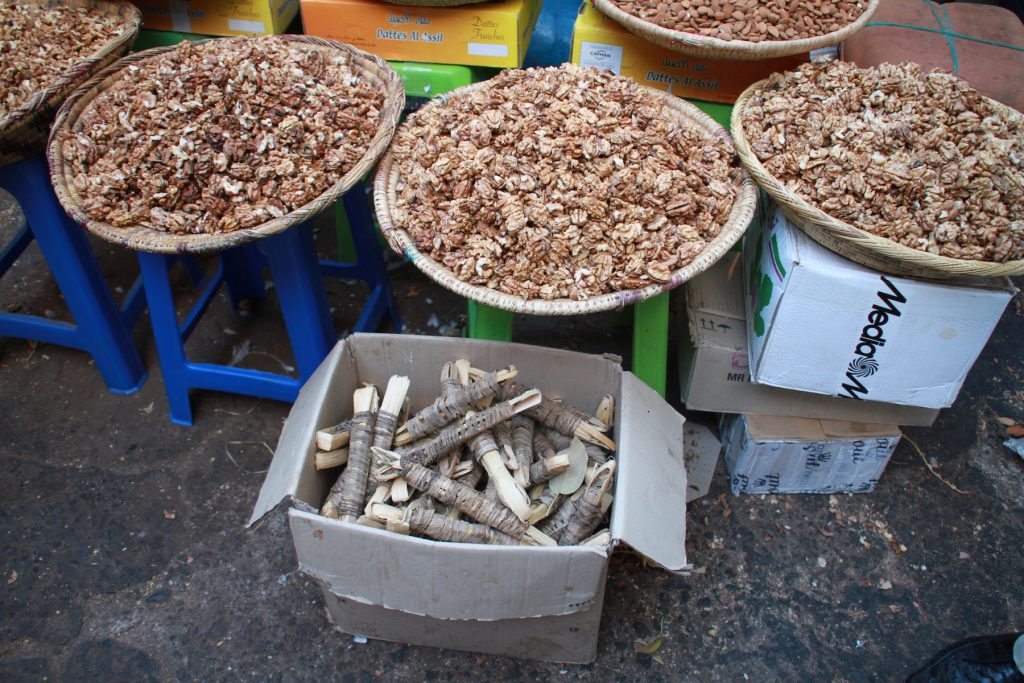
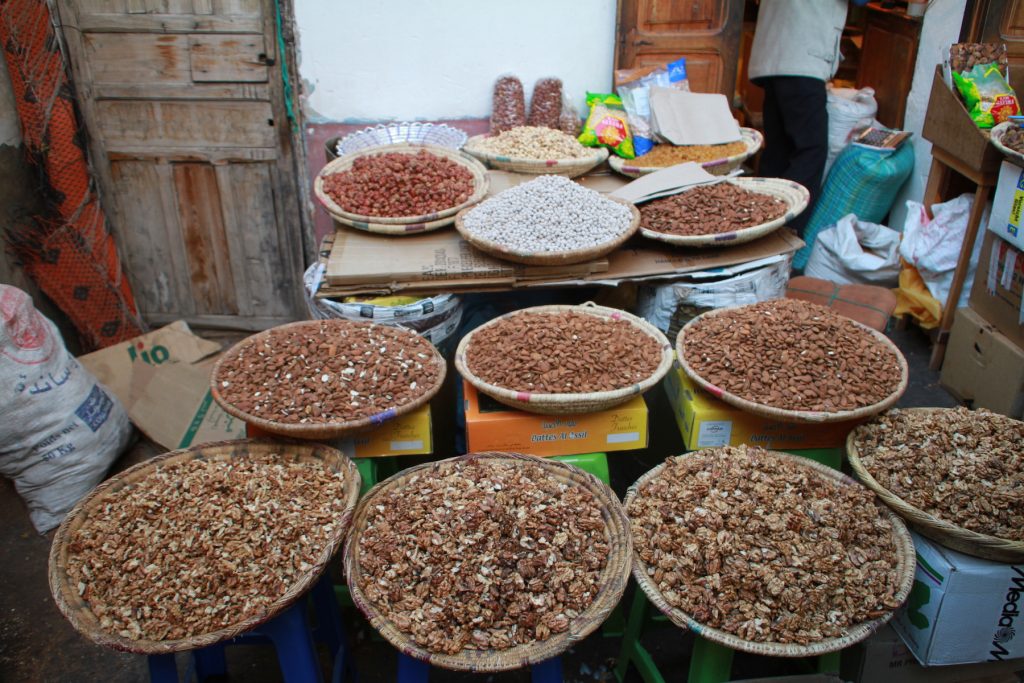
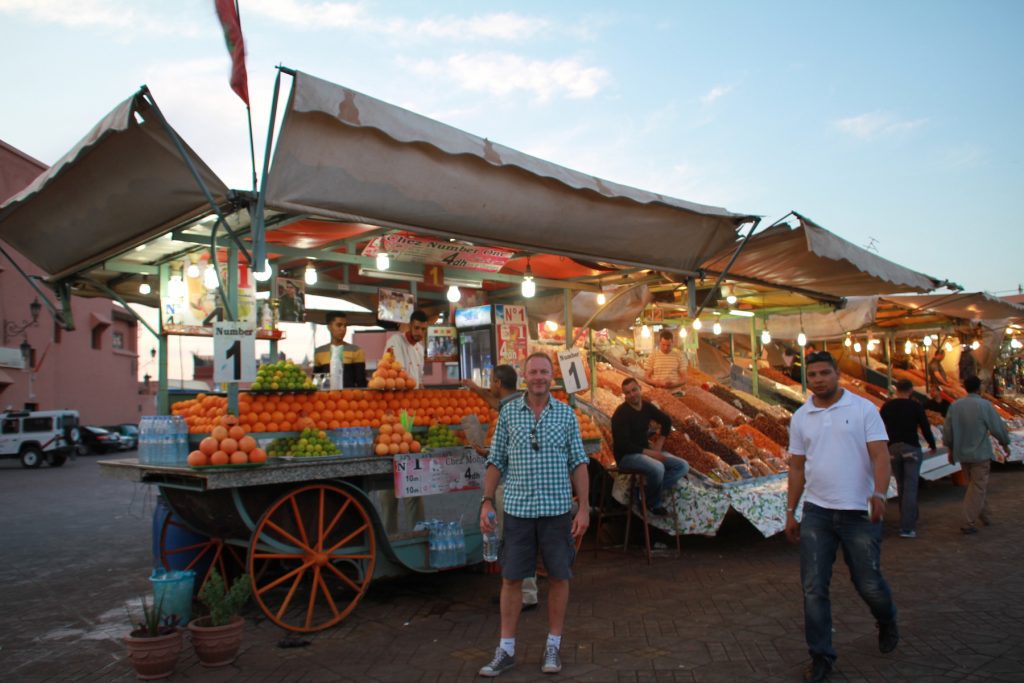
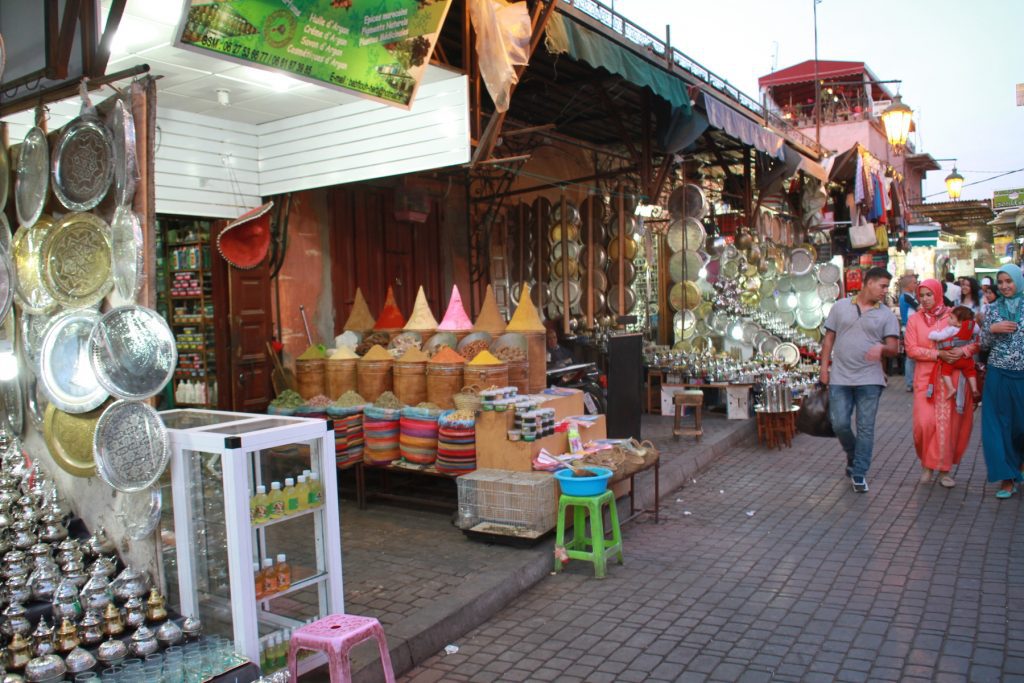
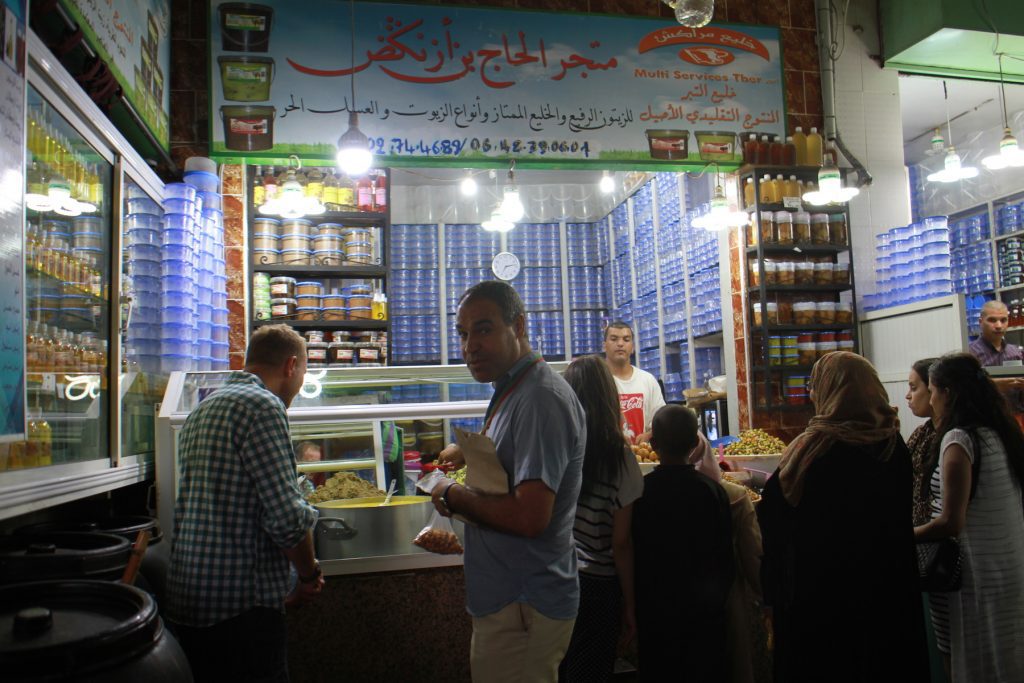
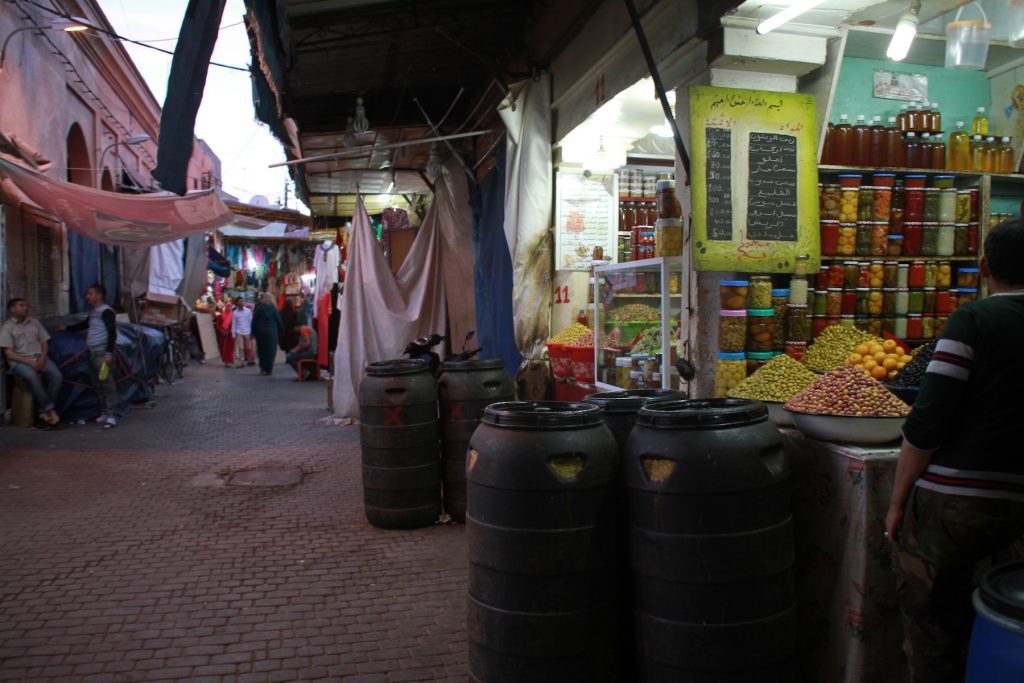
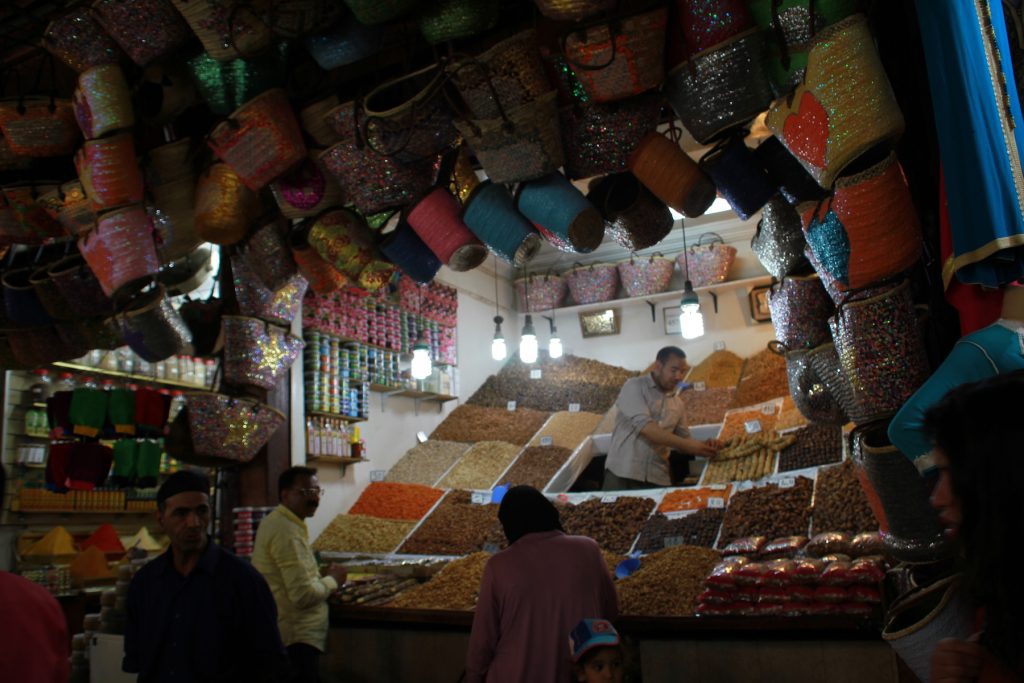
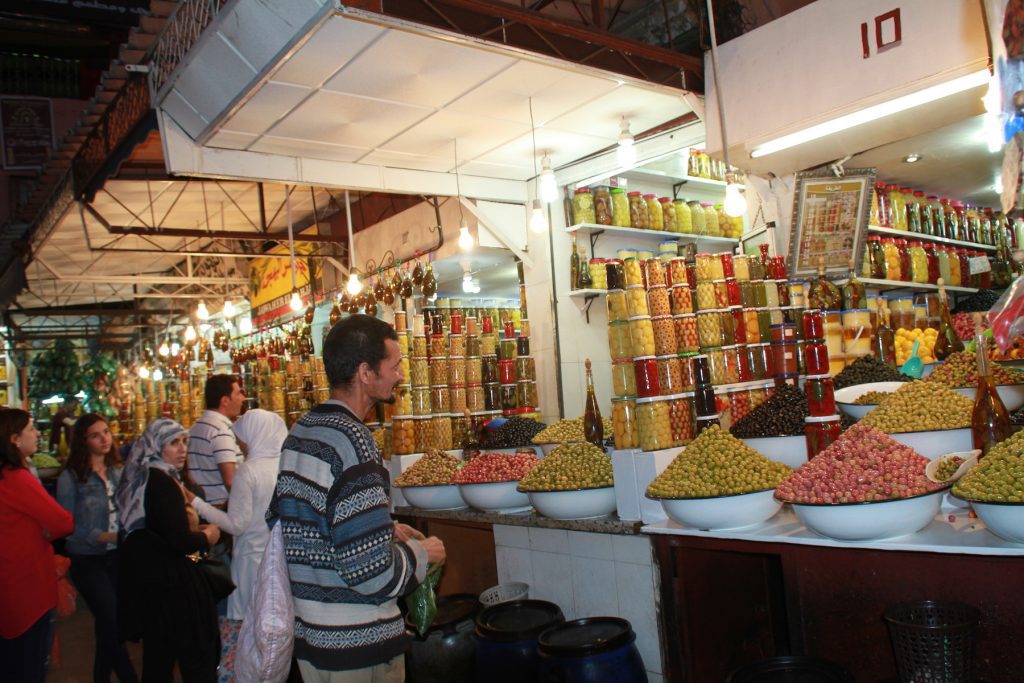
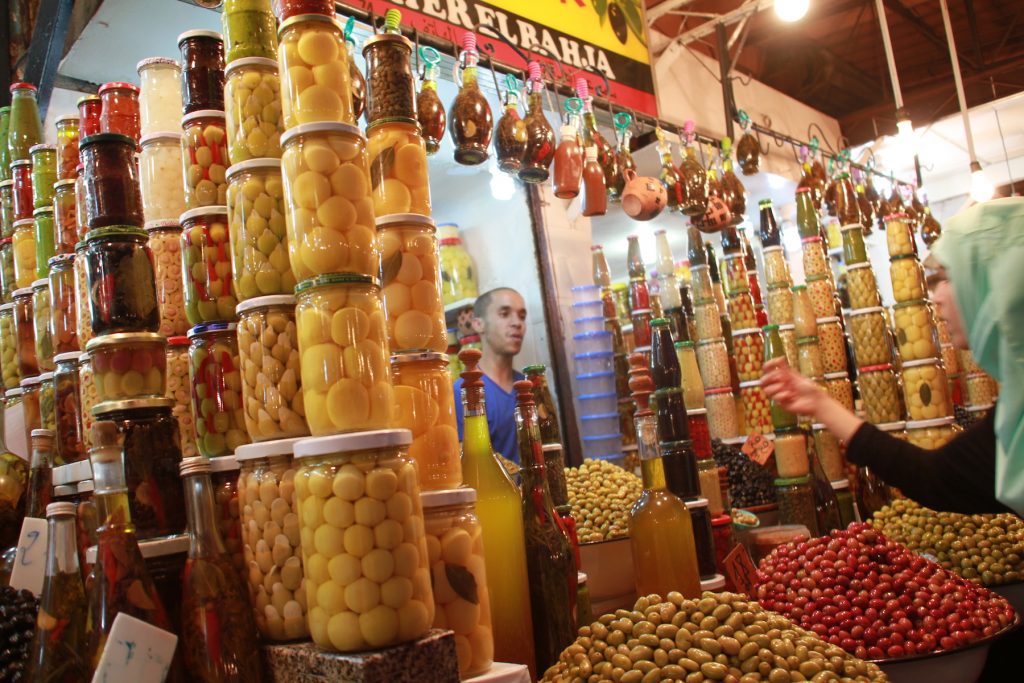
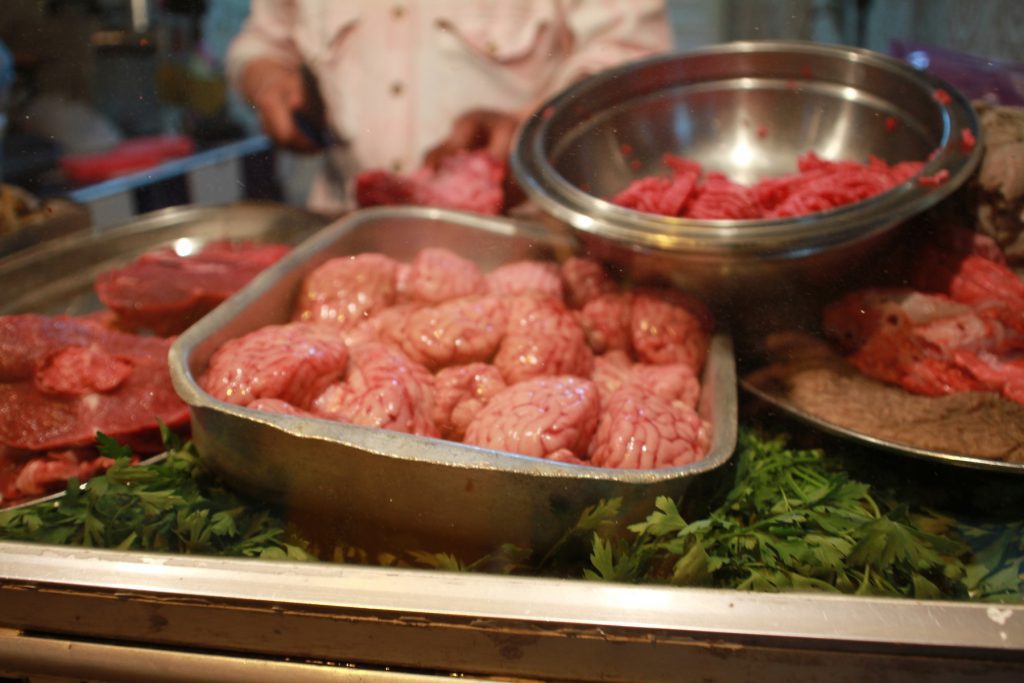
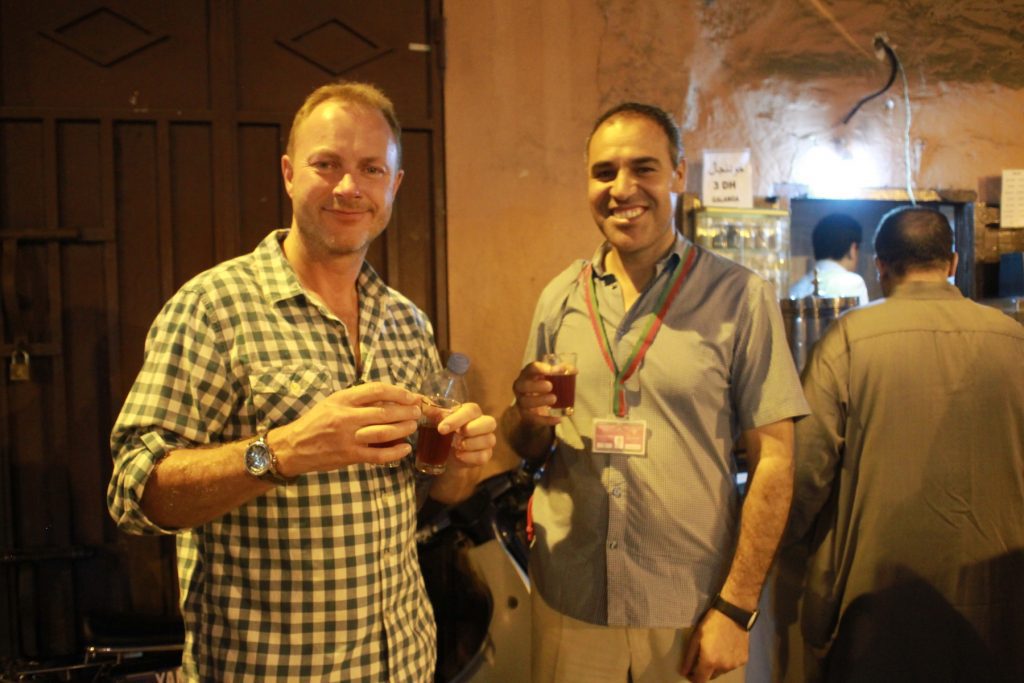
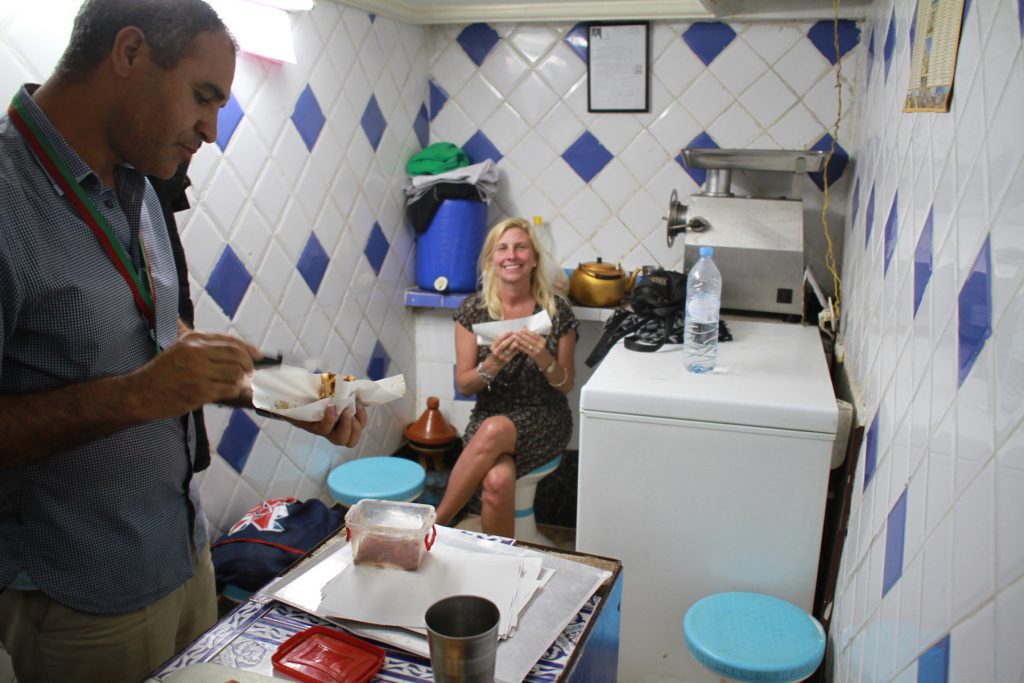
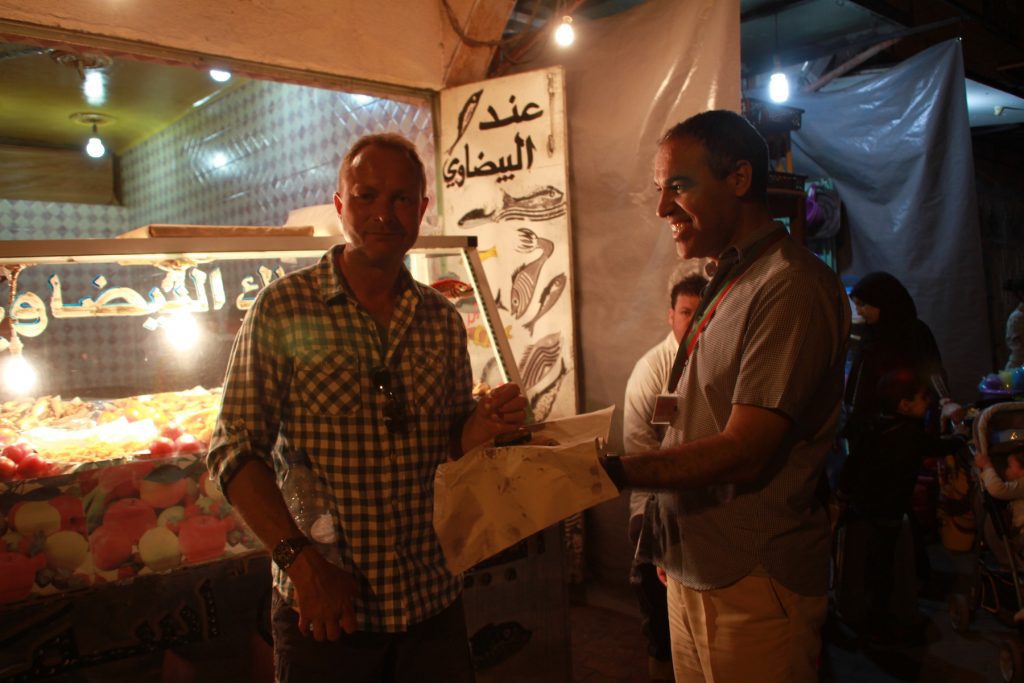
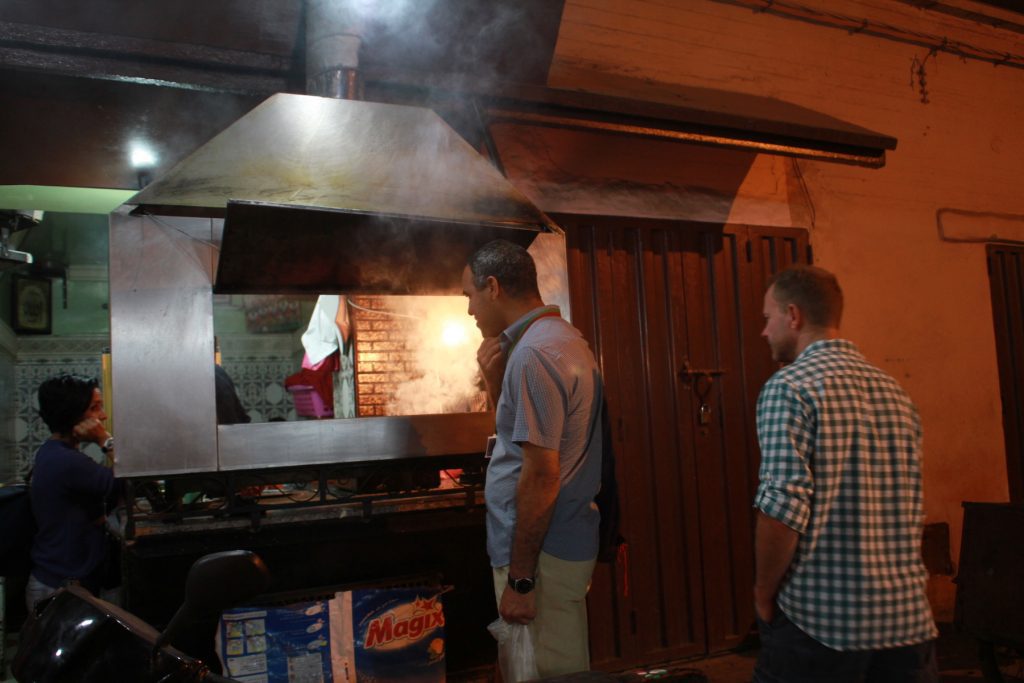
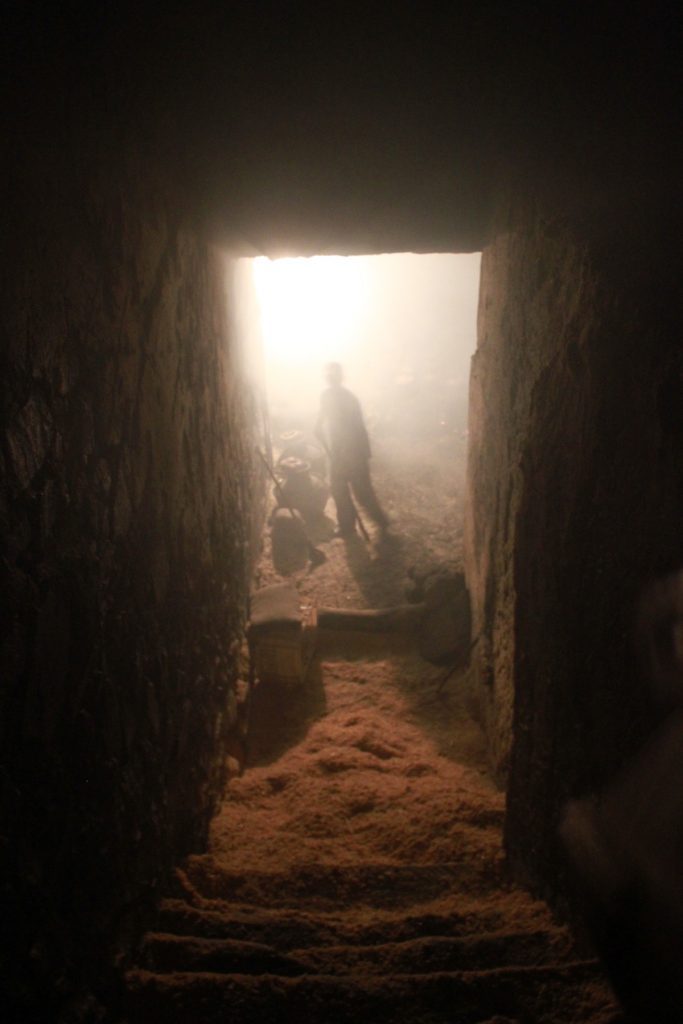
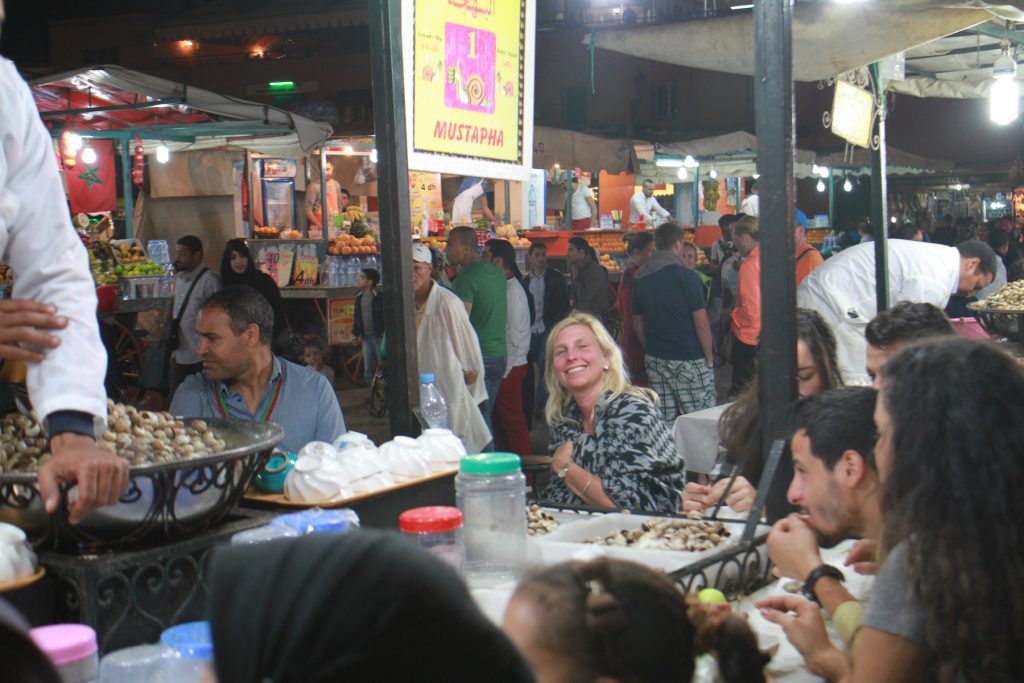
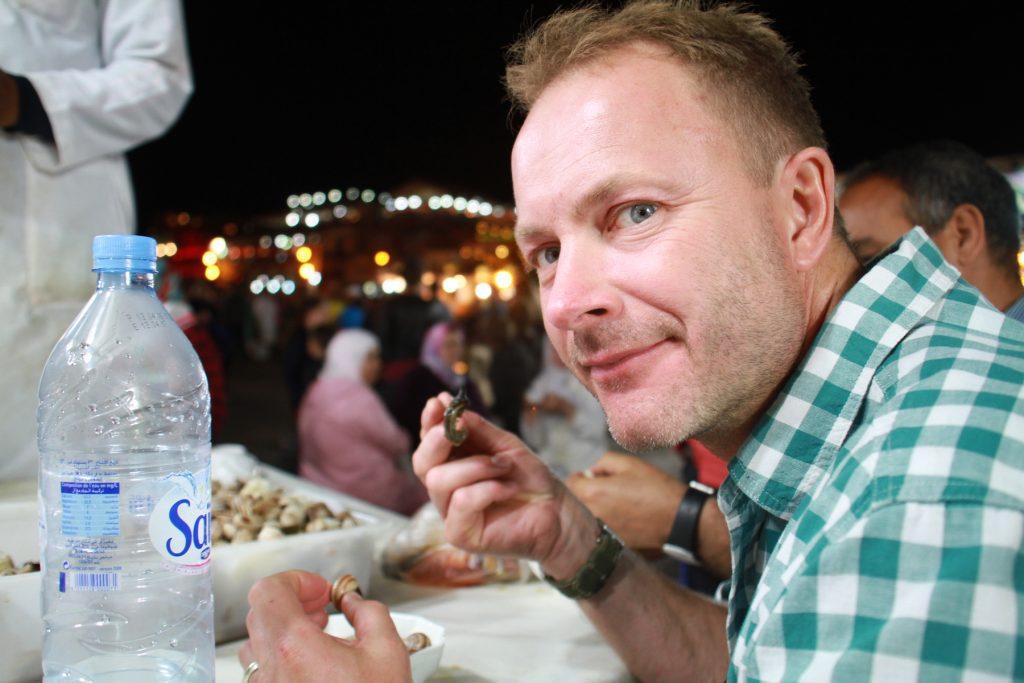
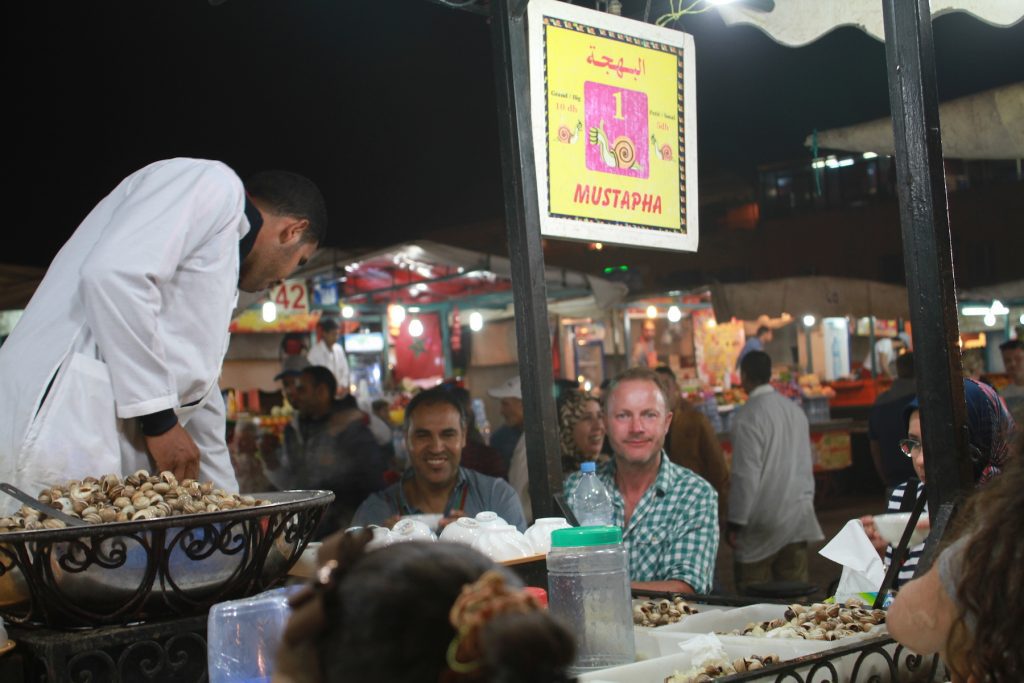
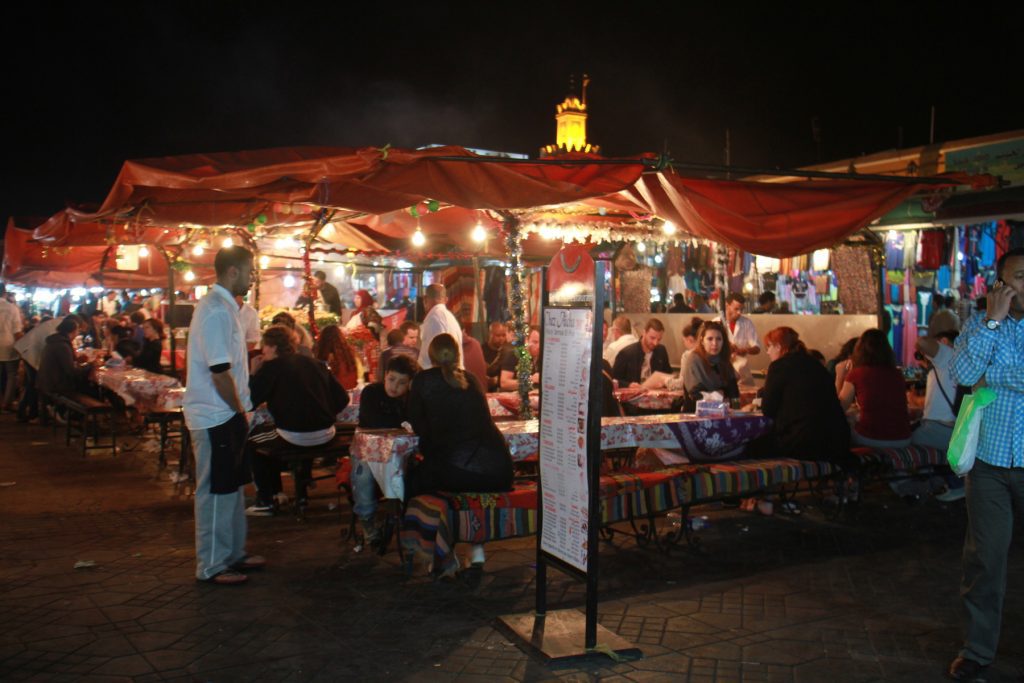
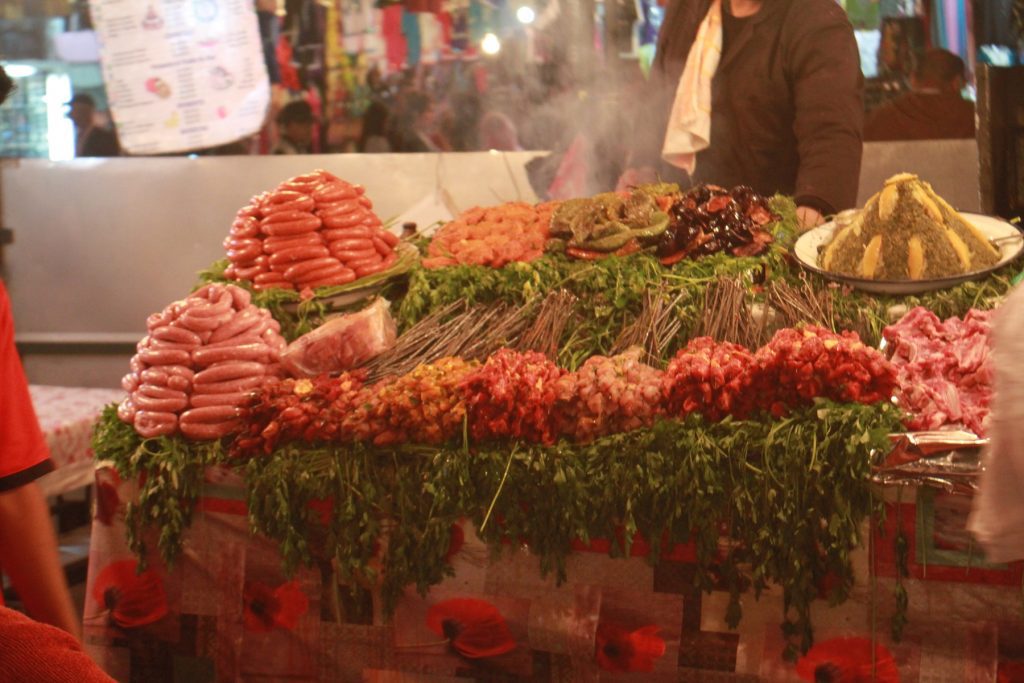
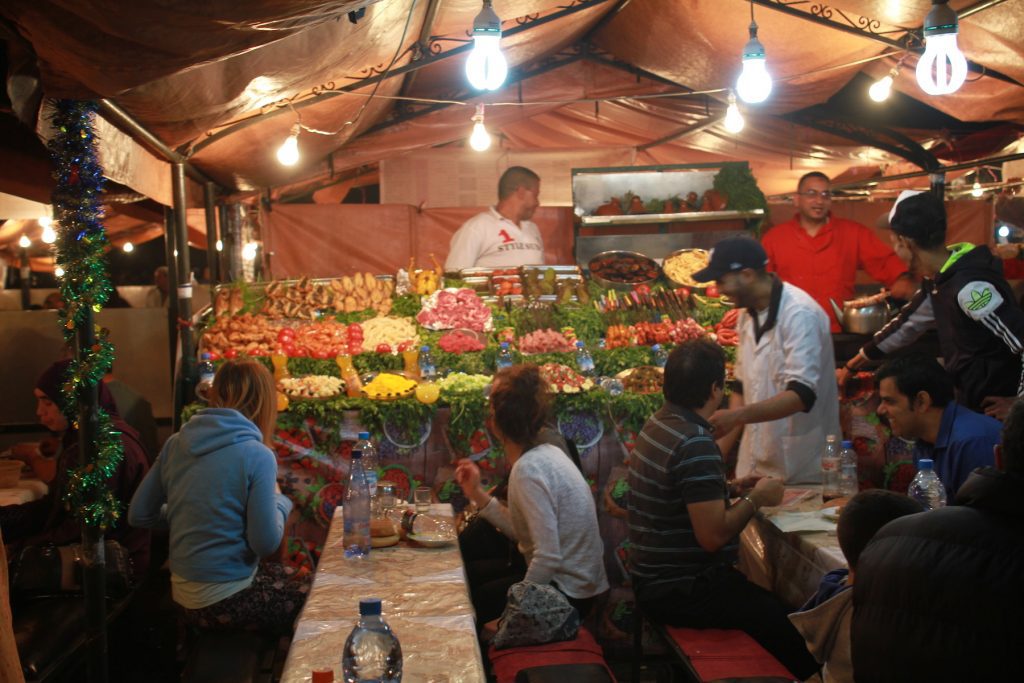
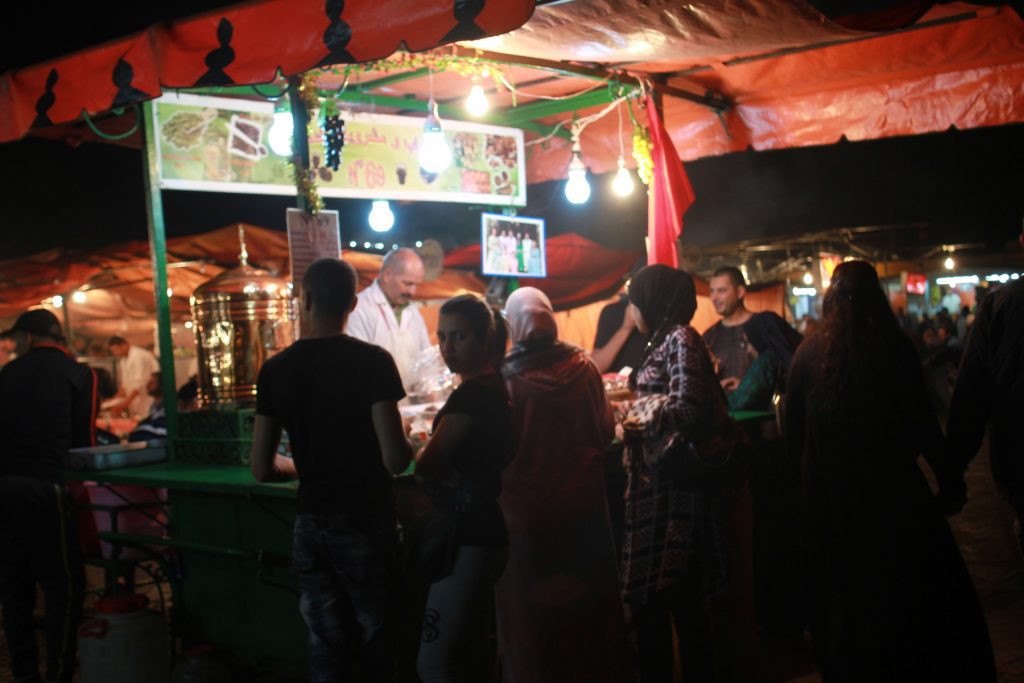
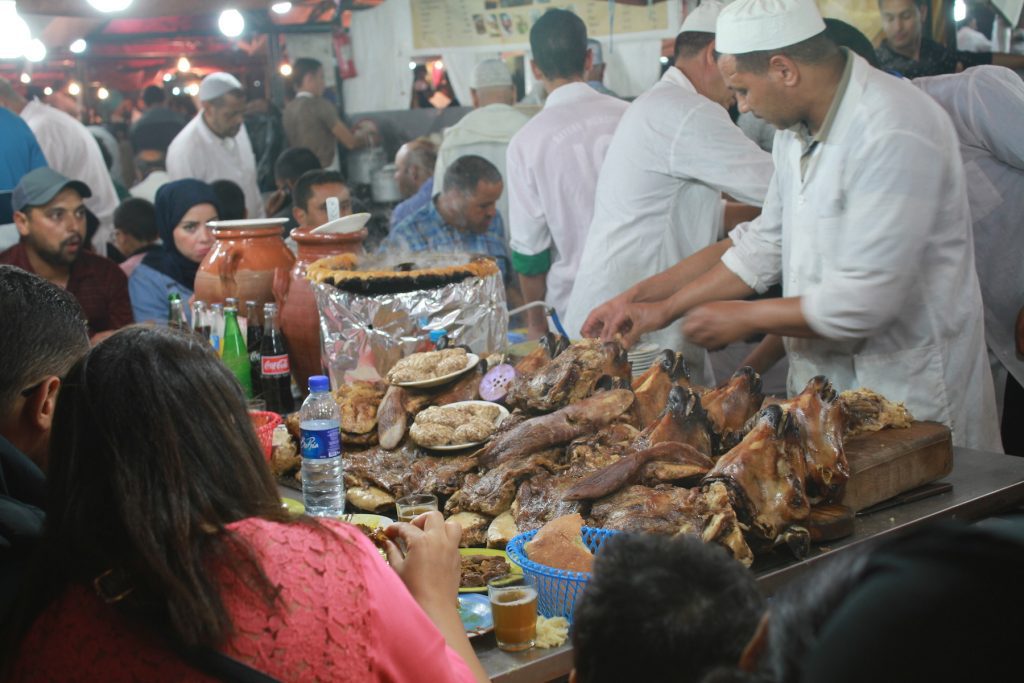
After all this food we then headed off to Le Jad Mahal. During your dinner, a parade as dazzling as it is glamorous, made up of acrobats, fire eaters and belly dancers, walk from table to table….
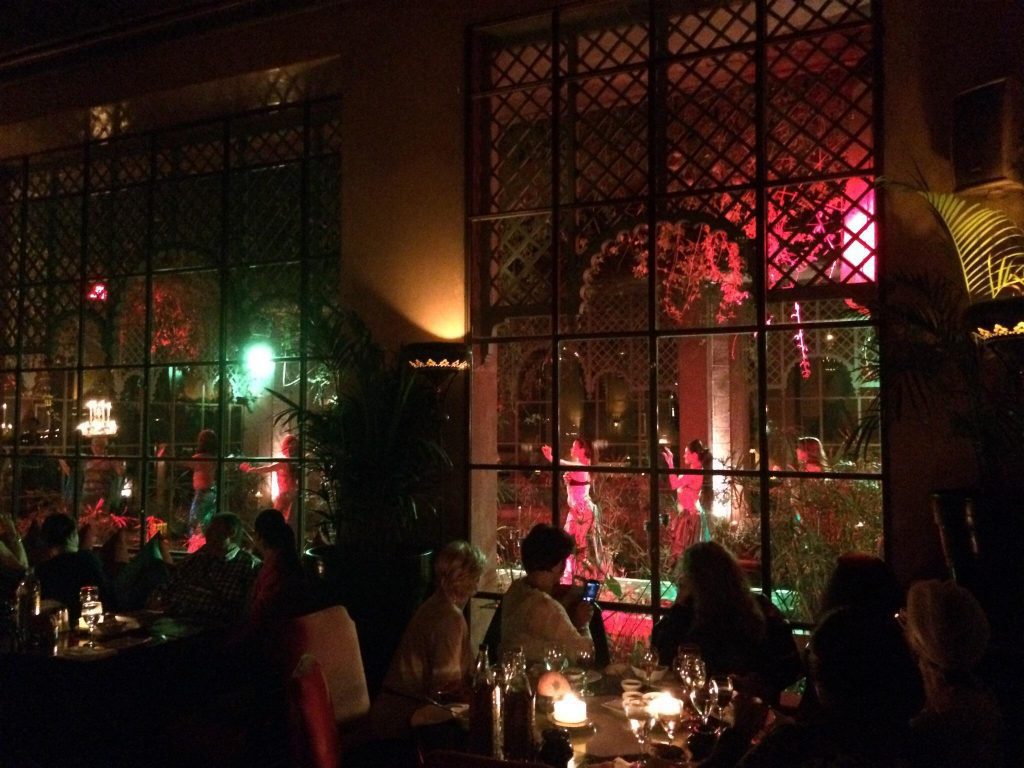
Our first day in Marrakech had certainly been a full one! We headed back to our Riad and enjoyed a good nights sleep. The next morning we were up early as we were heading to the Atlas mountains on a day trip adventure which we had booked through Tours by Locals.
Our vehicle meandered across the high Atlas Mountains from Marrakech to Ait Ben Haddou across the ‘Tizi N’Tichka’ pass at 2260m high, the highest in the whole of Africa. This was the former route of the camel caravans from the Sahara, across the Atlas Mountains to Marrakech. All along the road you can see the Berber villages perched on the side of the mountains, sometimes hardly distinguishable from the mountains themselves. The scenery was spectacular.
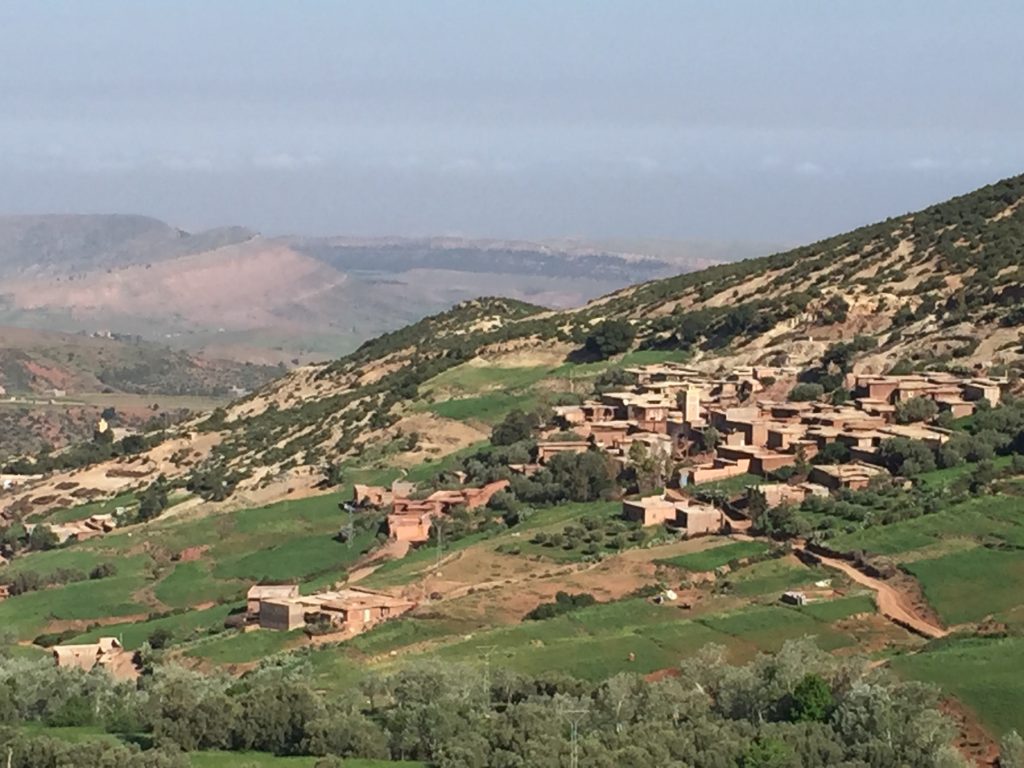
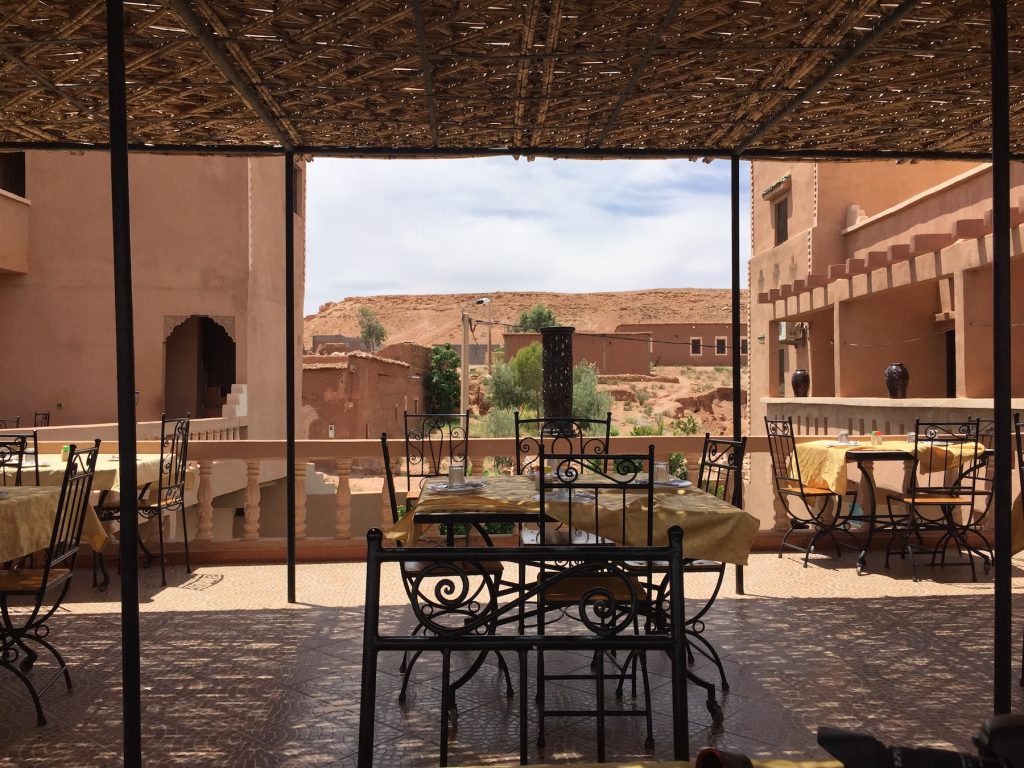
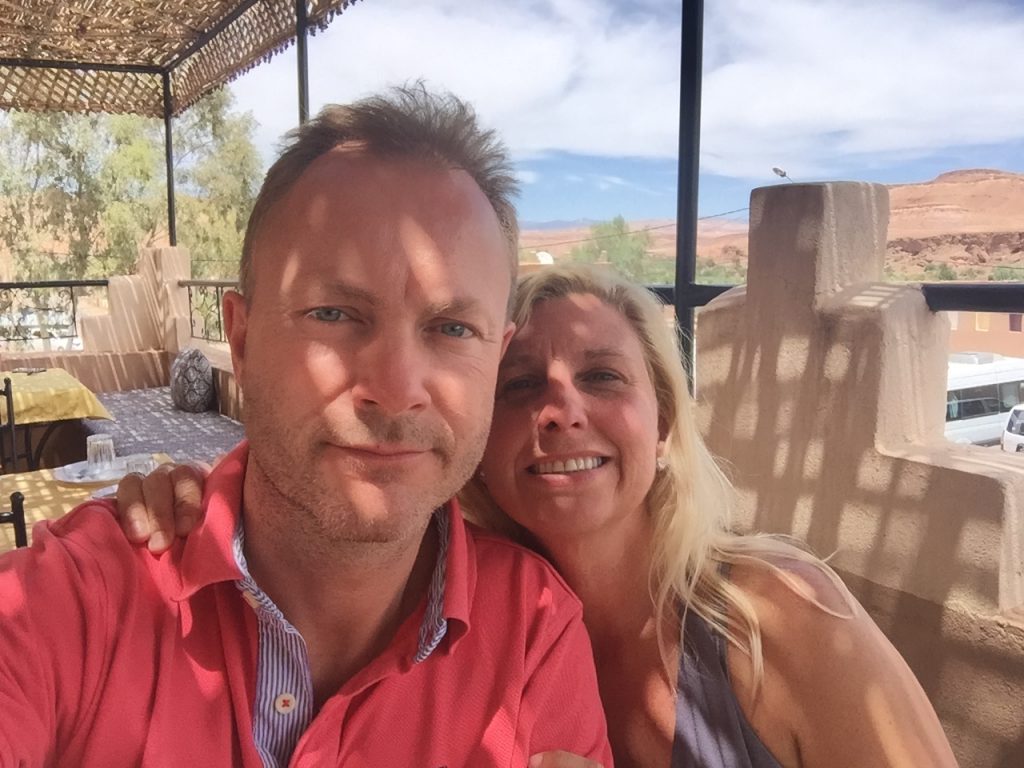
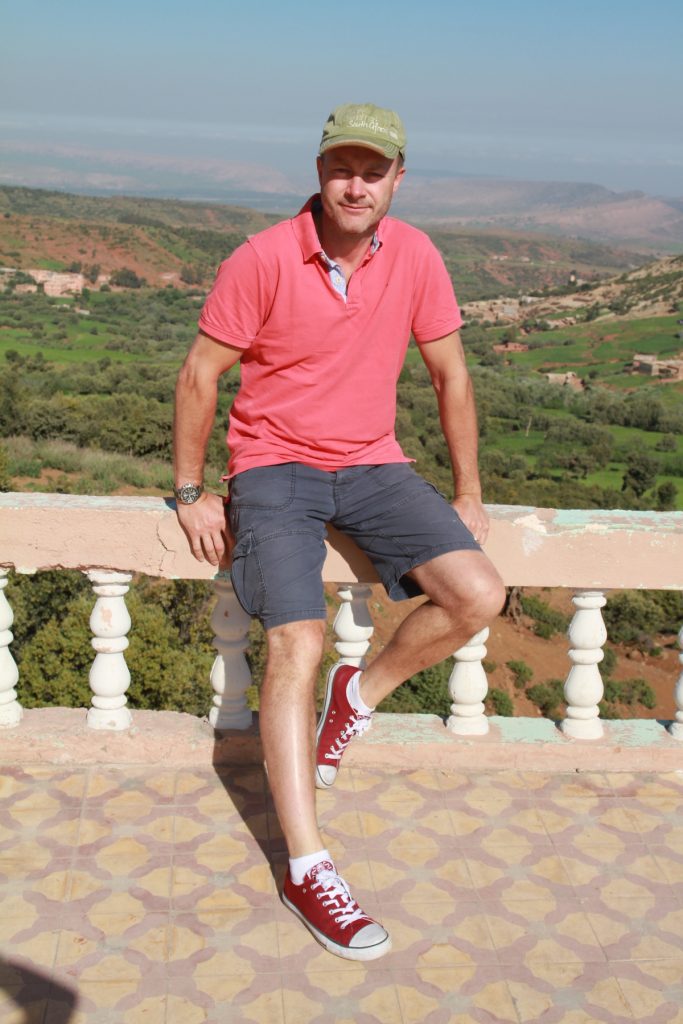
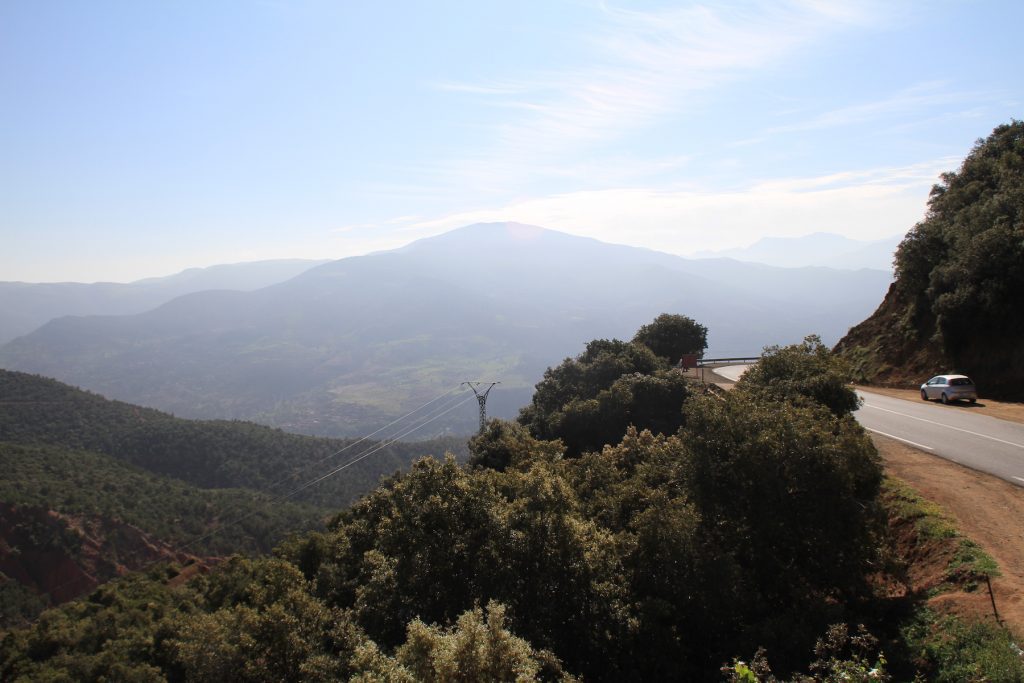
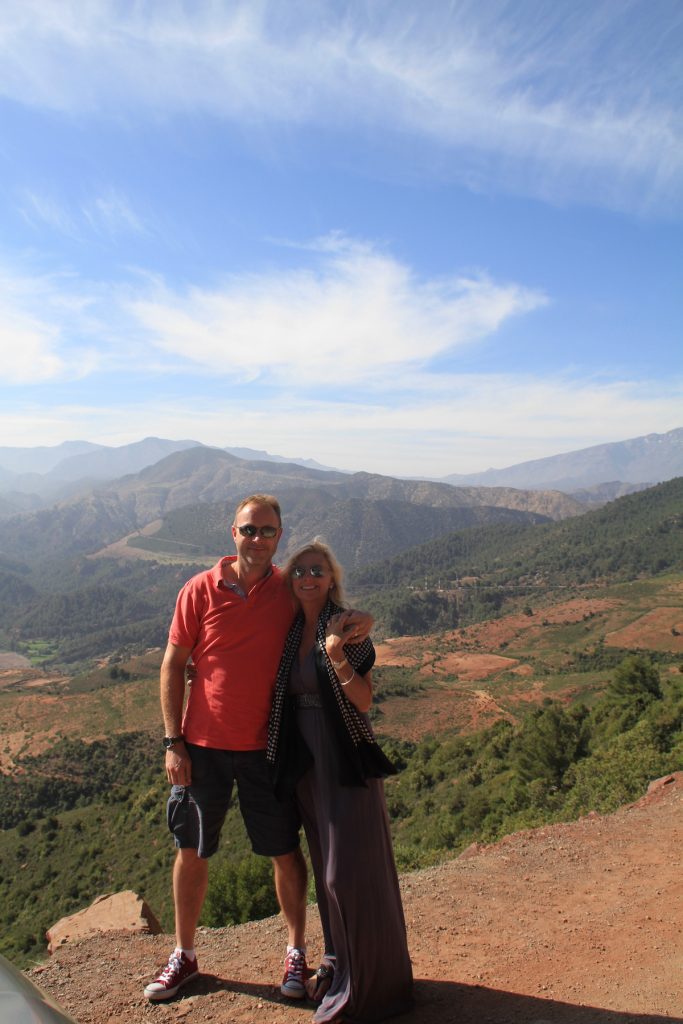
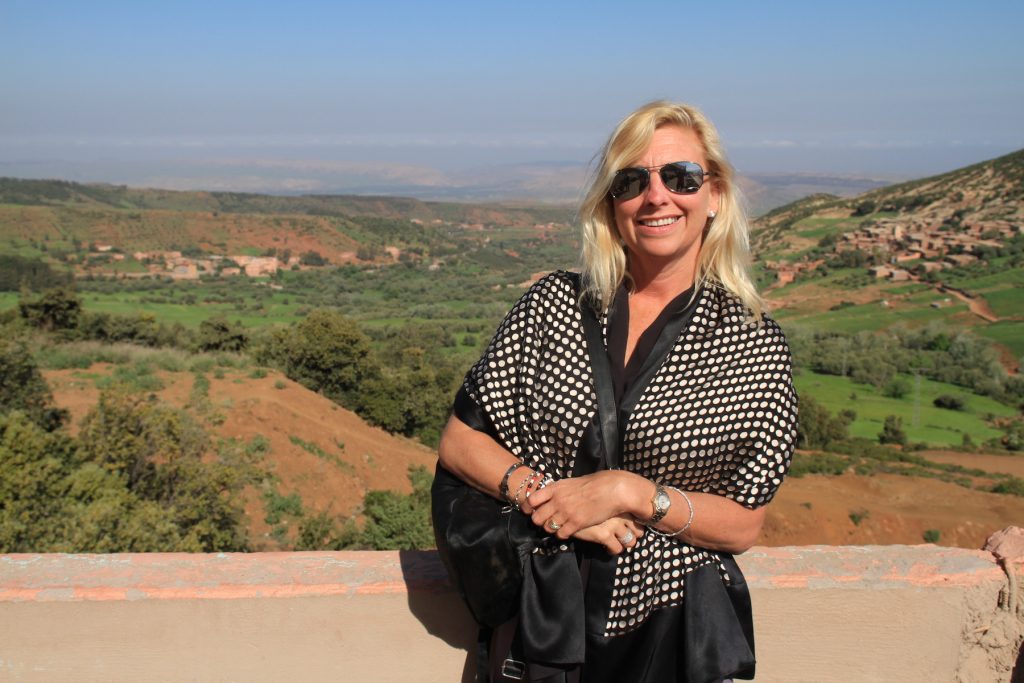
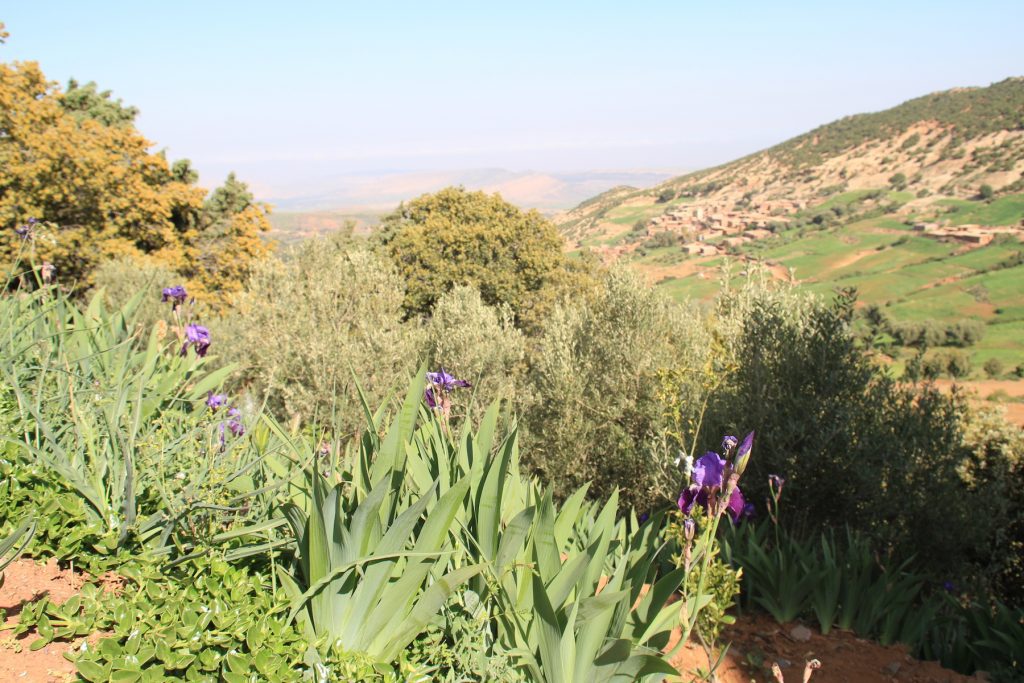
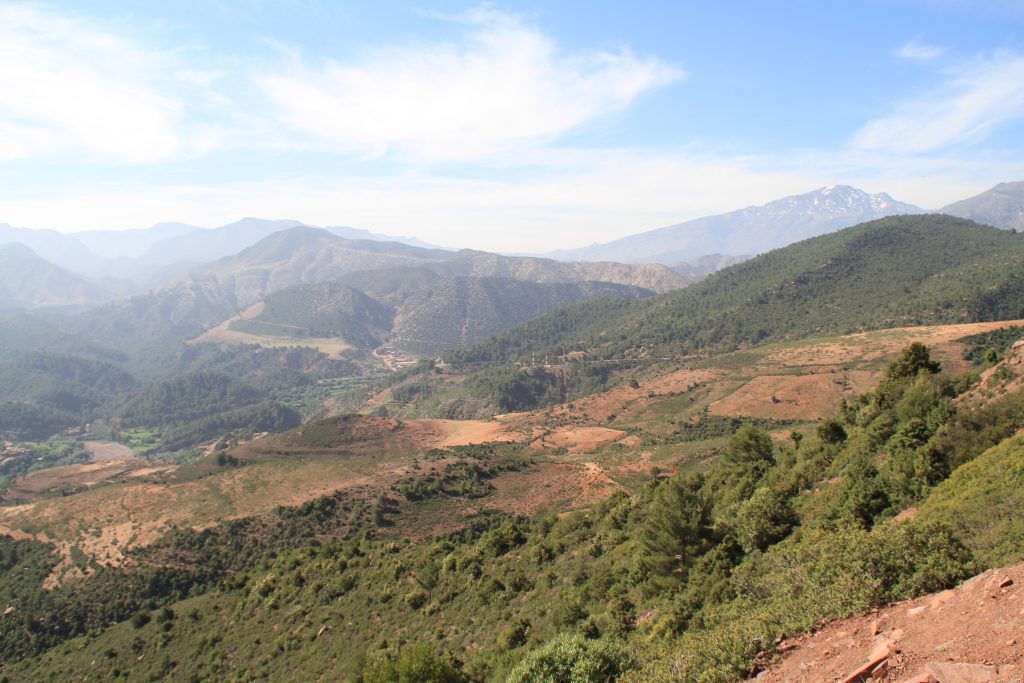
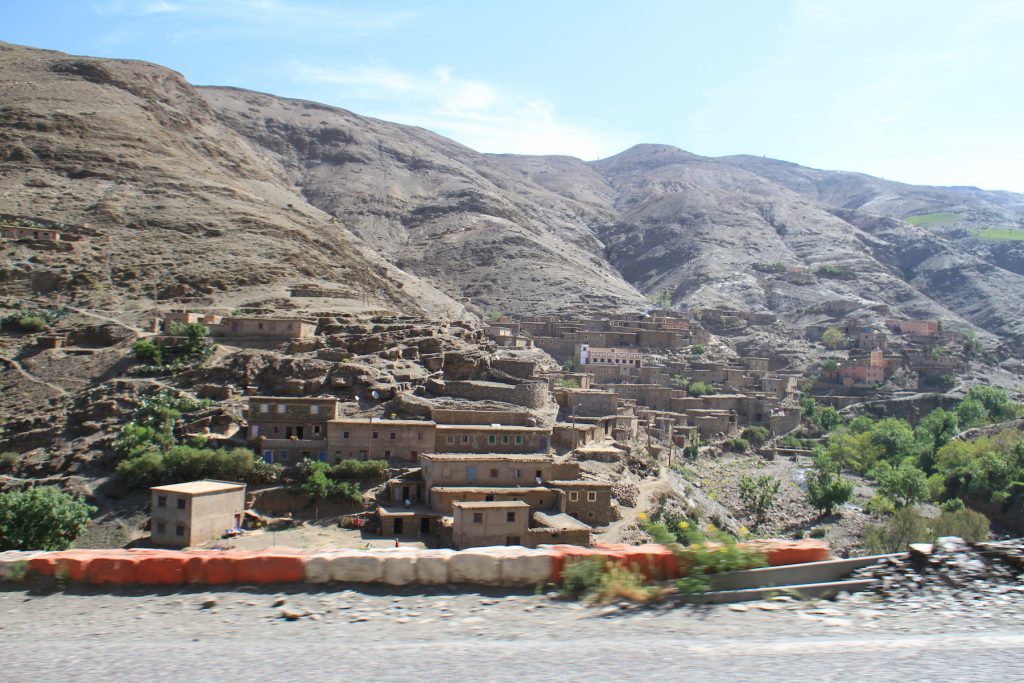
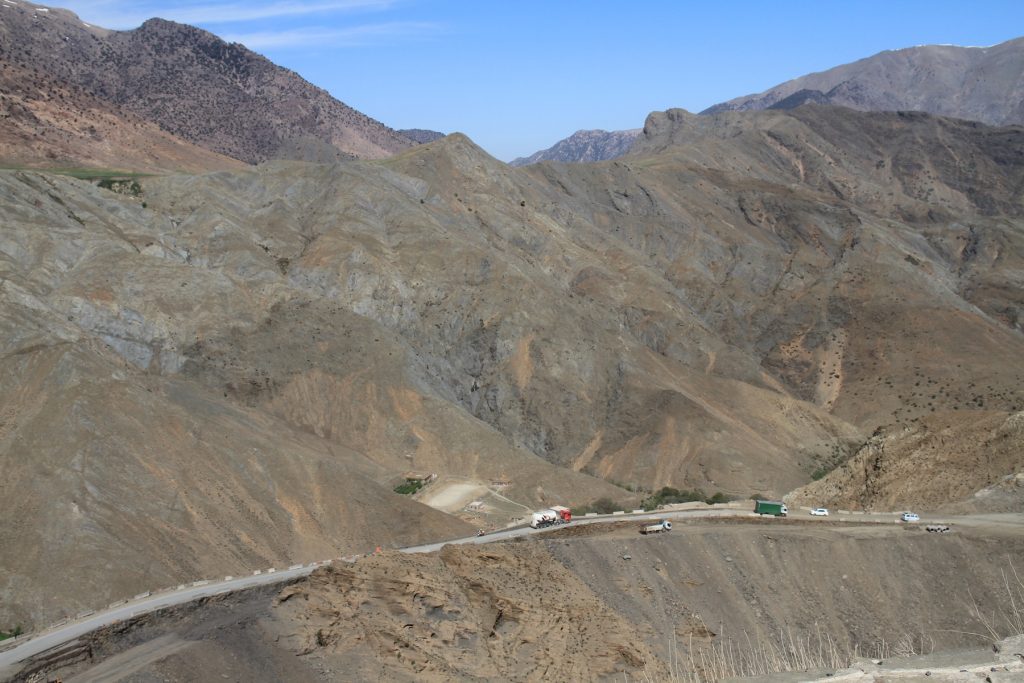
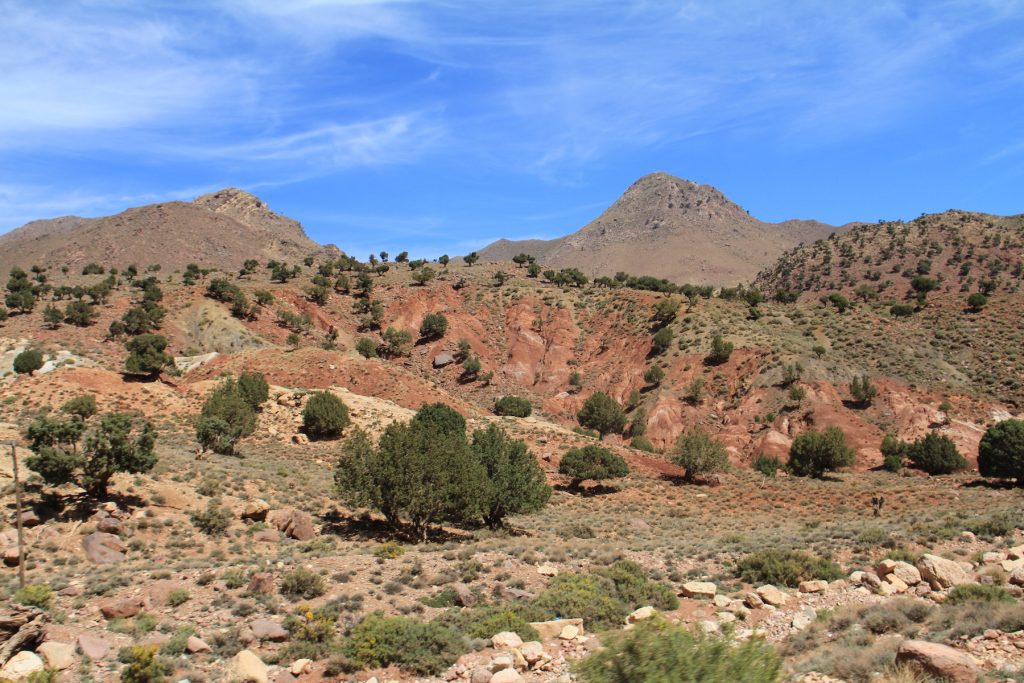
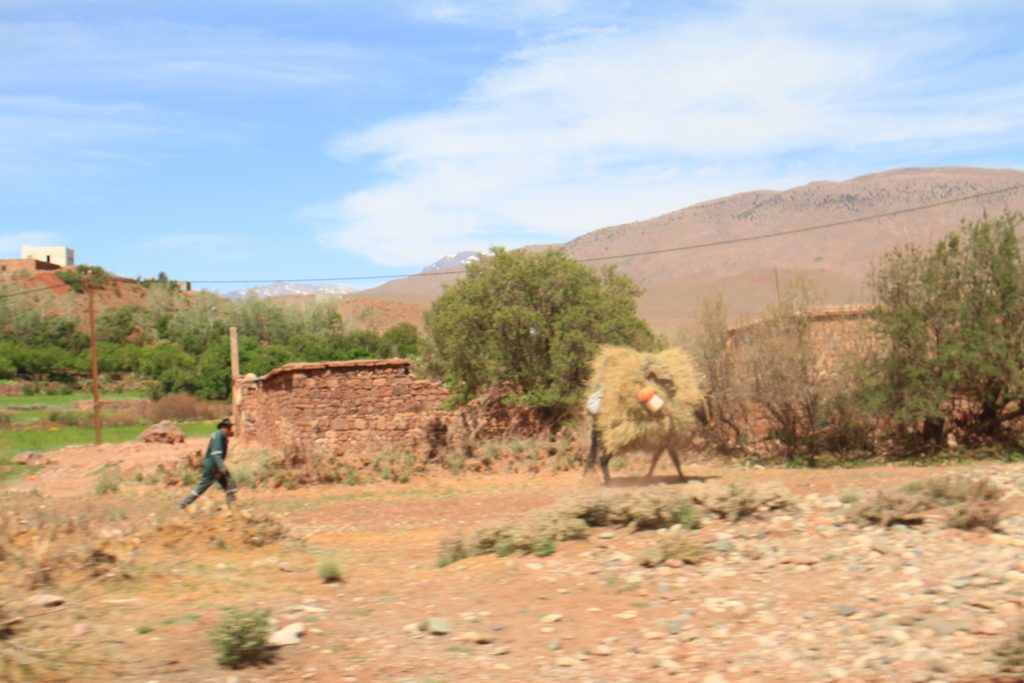
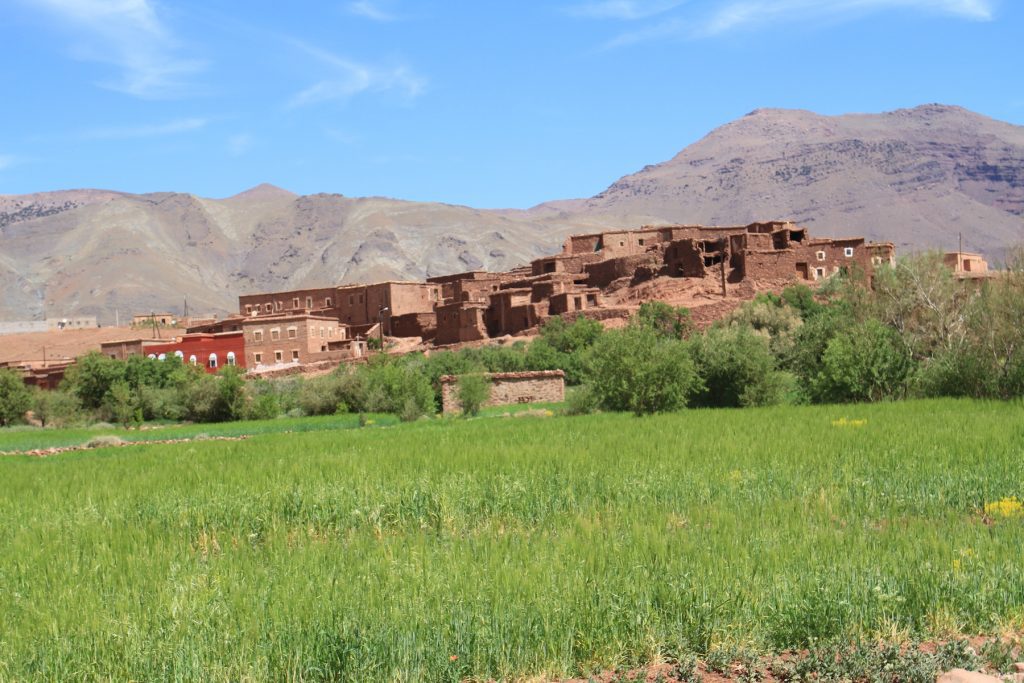
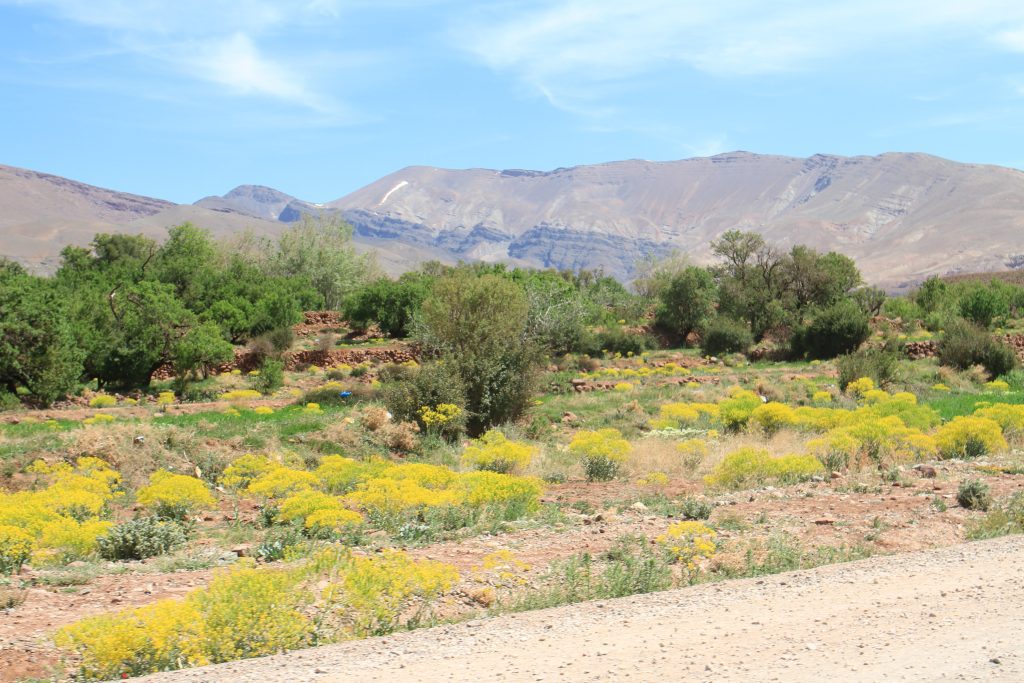
We then took a side road heading to Telouet to visit the local Kasbah (Castle) which was once the main residence of El Pasha El Glaoui, the leader of all the south of Morocco, during the French occupation. Its construction started in 1860 and it was further expanded in later years but now stands derelict.
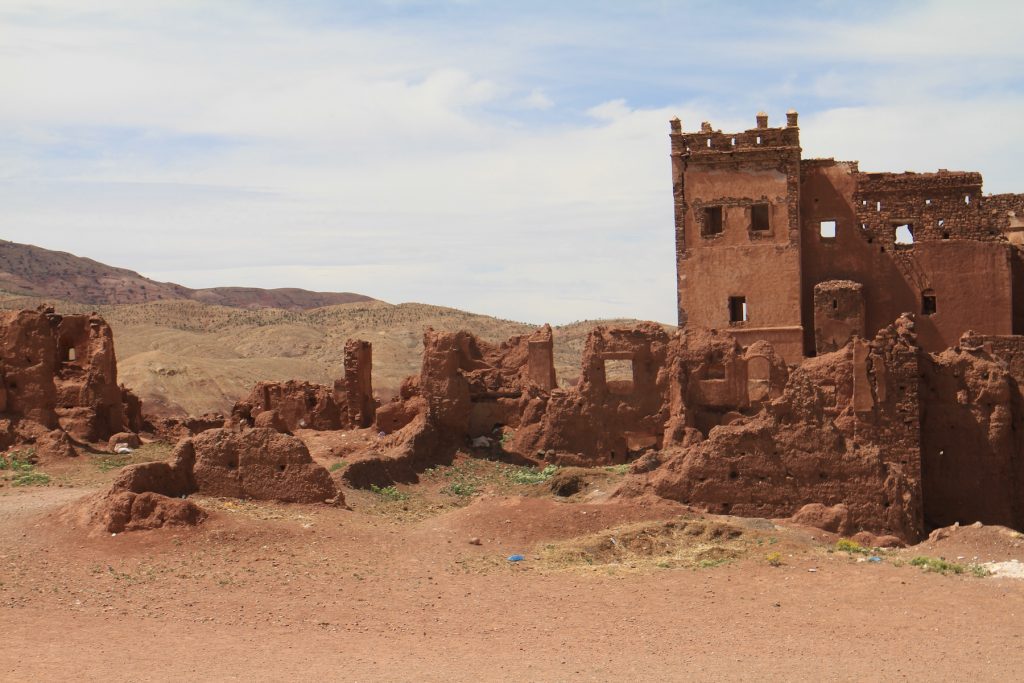
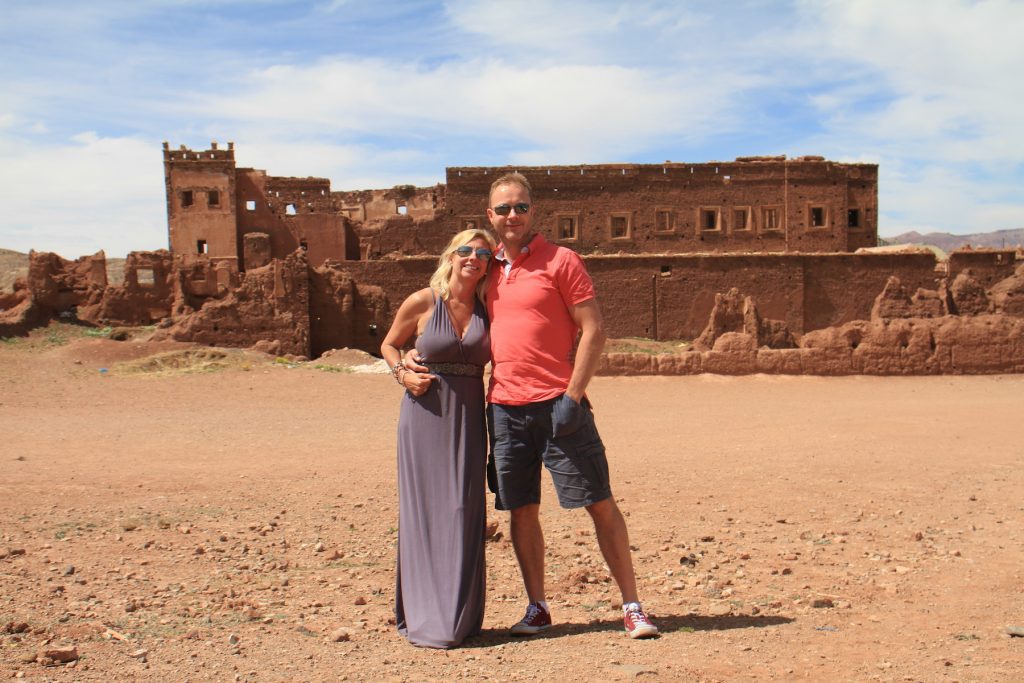
We continued across the valley of Ounila heading towards the Ksar of Ait ben hadou (fortified village) … the oasis of greenery clearly depicting where the river flowed.
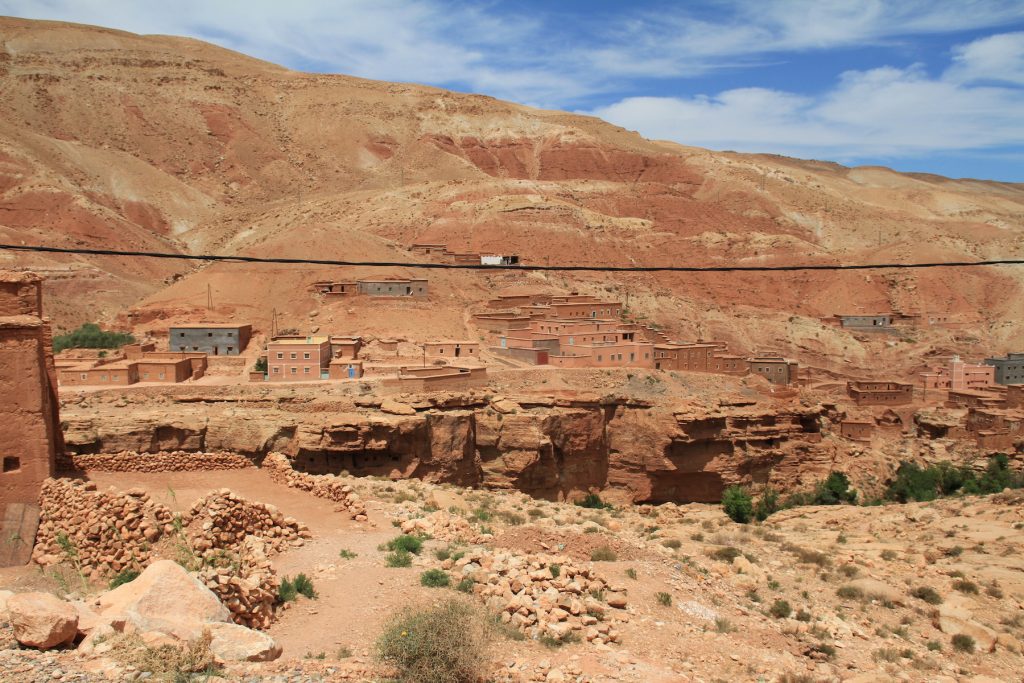
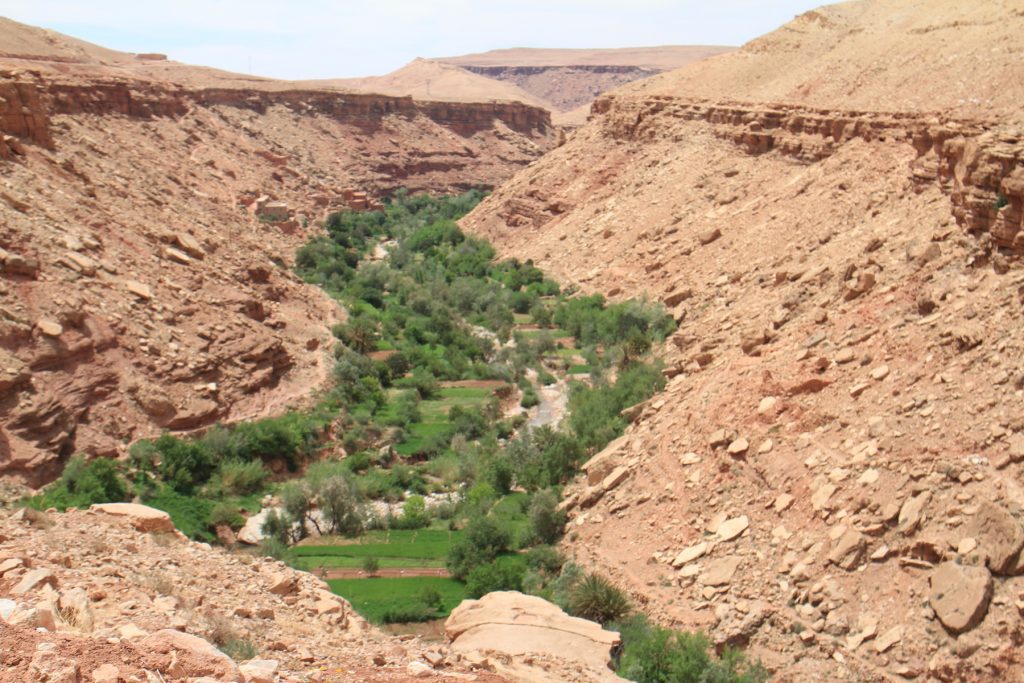
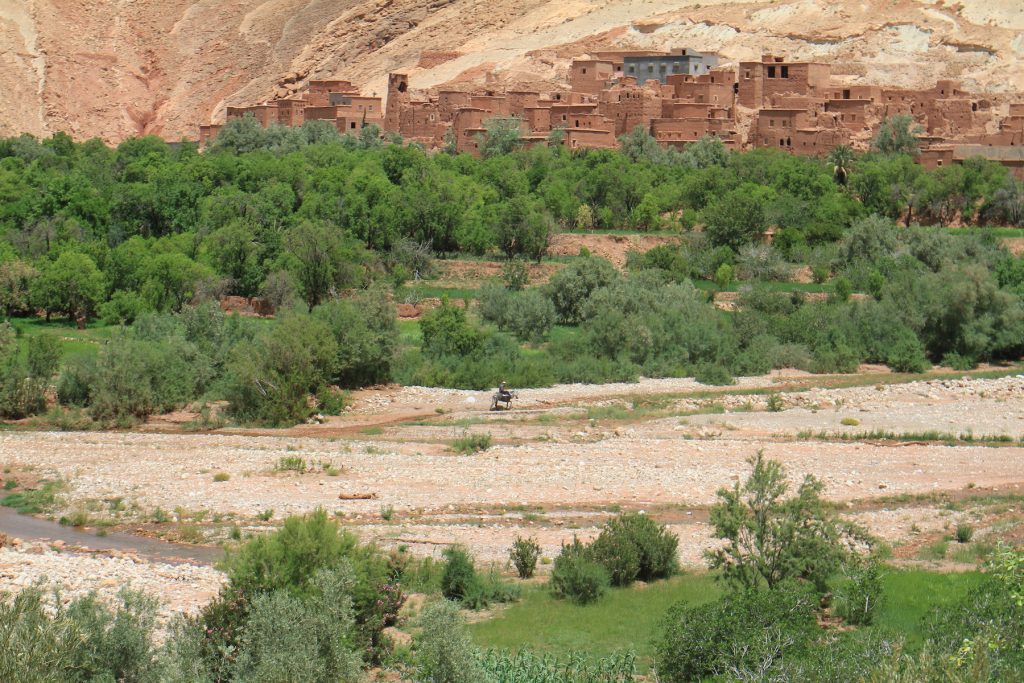
Ksar of Ait ben hadou is classified as a UNESCO world heritage site. The ksar’s structures are made entirely out of rammed earth, adobe, clay bricks, and wood and is located on the slopes of a hill next to the Ounila River (Asif Ounila). The village’s buildings are grouped together within a defensive wall that includes corner towers and a gate. Many films have been shot here, including Gladiator. It was once a strategic stop for the caravans of camels, often numbering hundreds, on the trans-Saharan trade route from the Sudan to Marrakech carrying gold, silver and slaves and returning with salt. It was then a thriving town and home home to thousands.
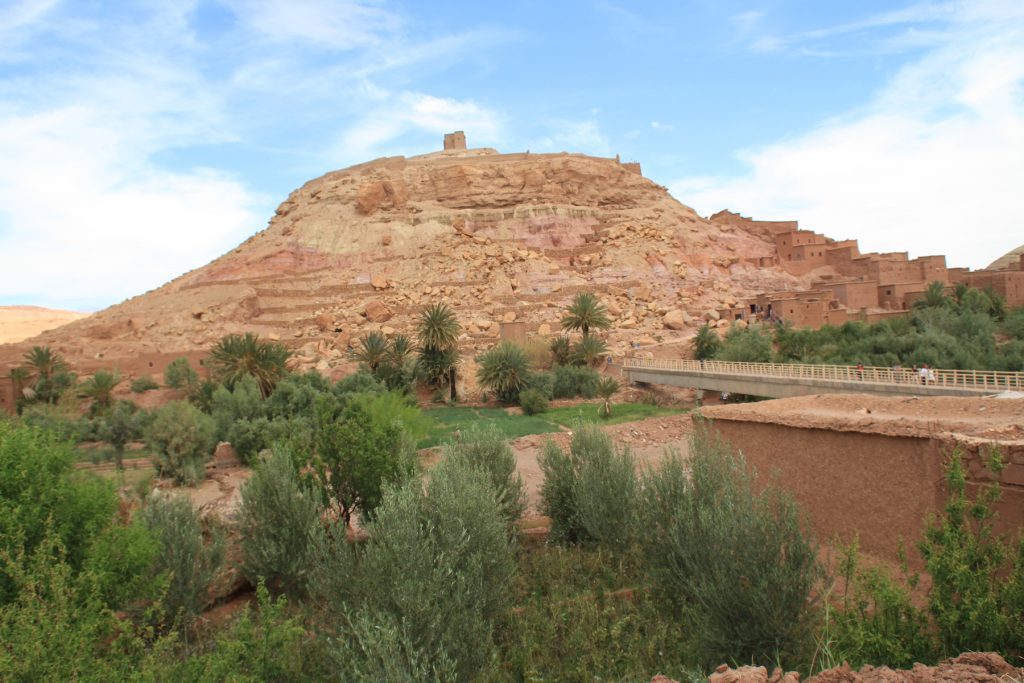
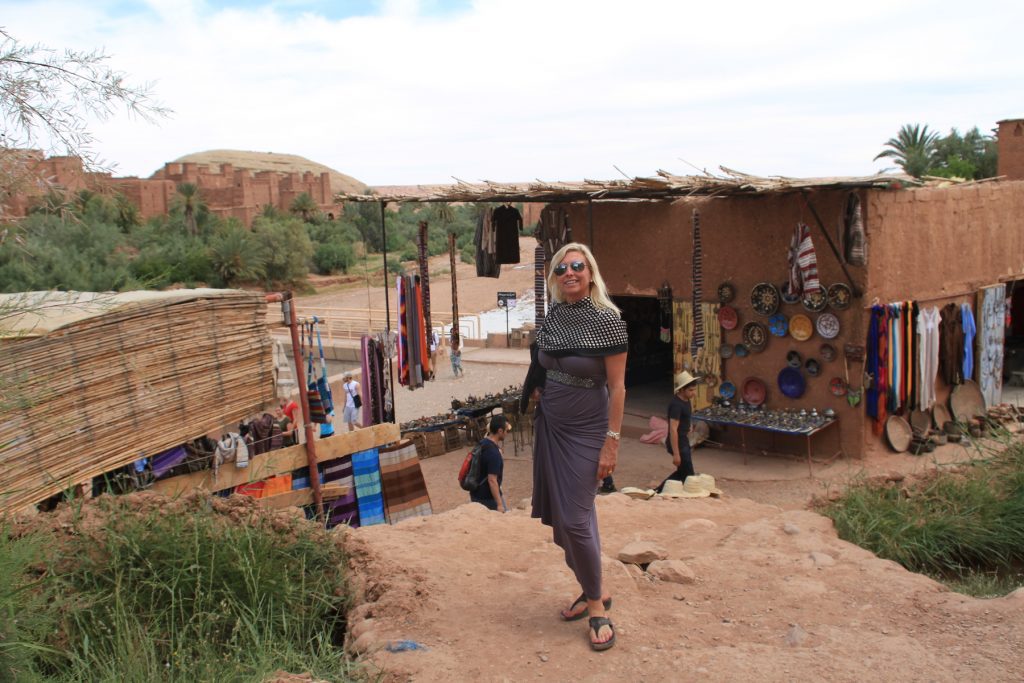
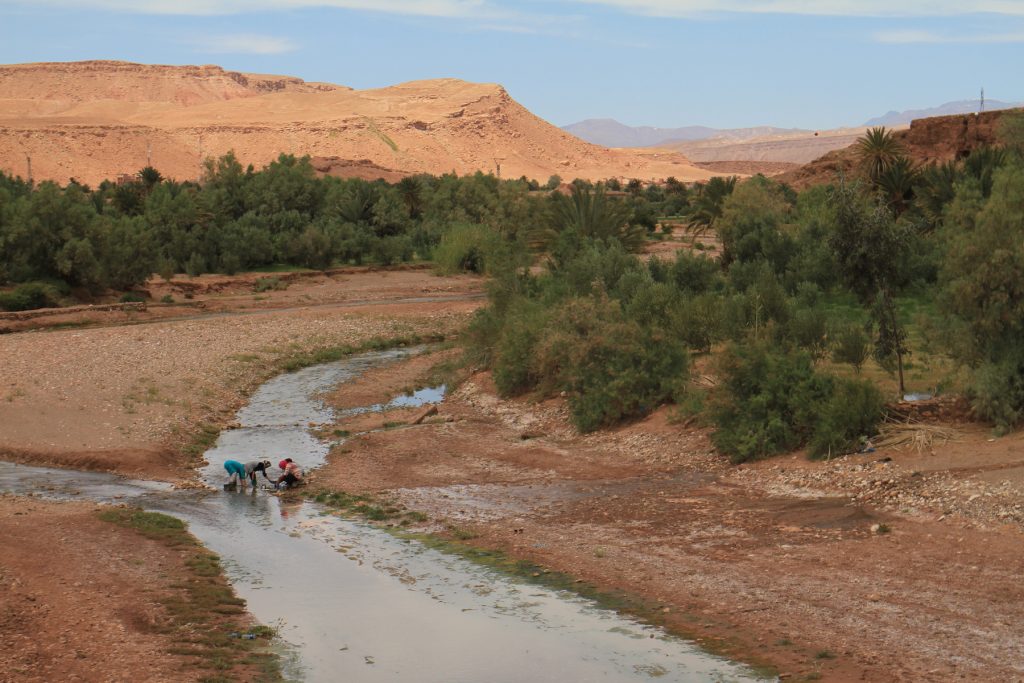
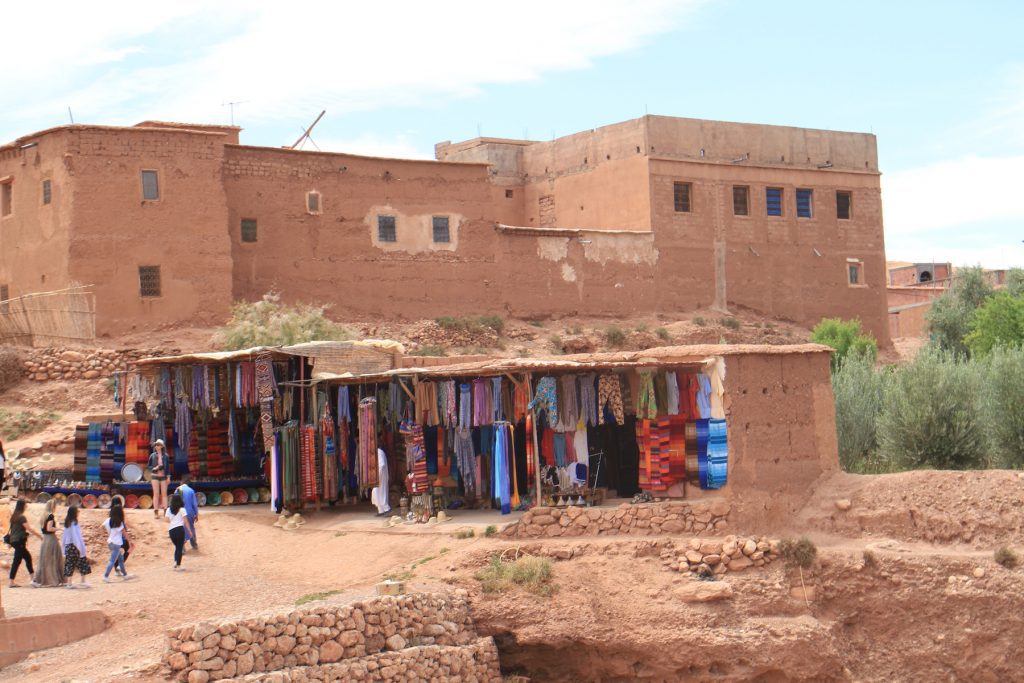
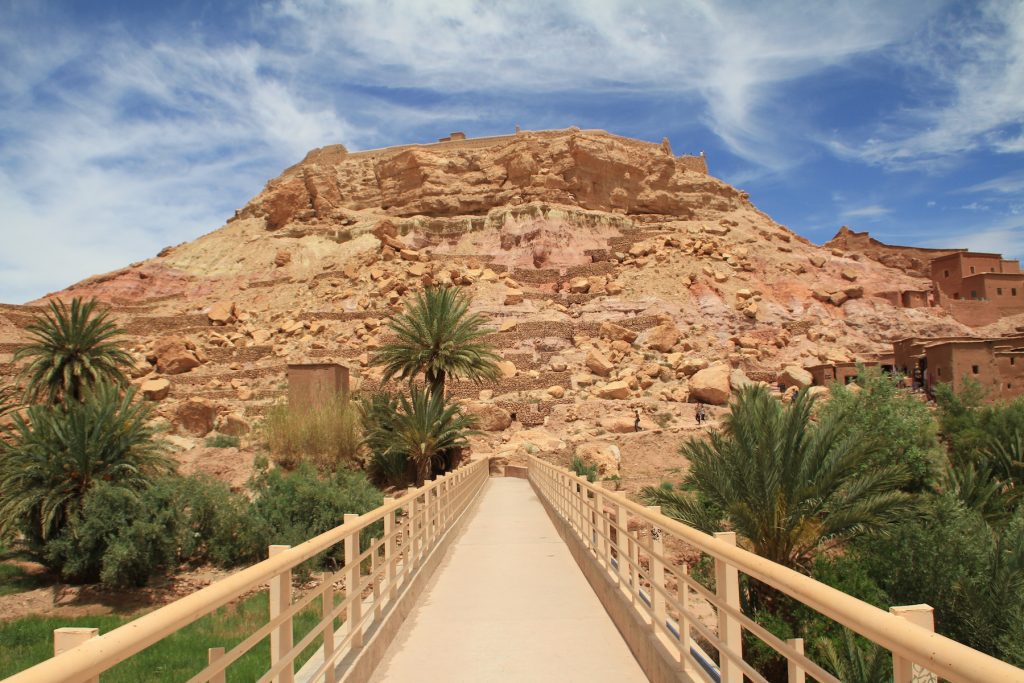
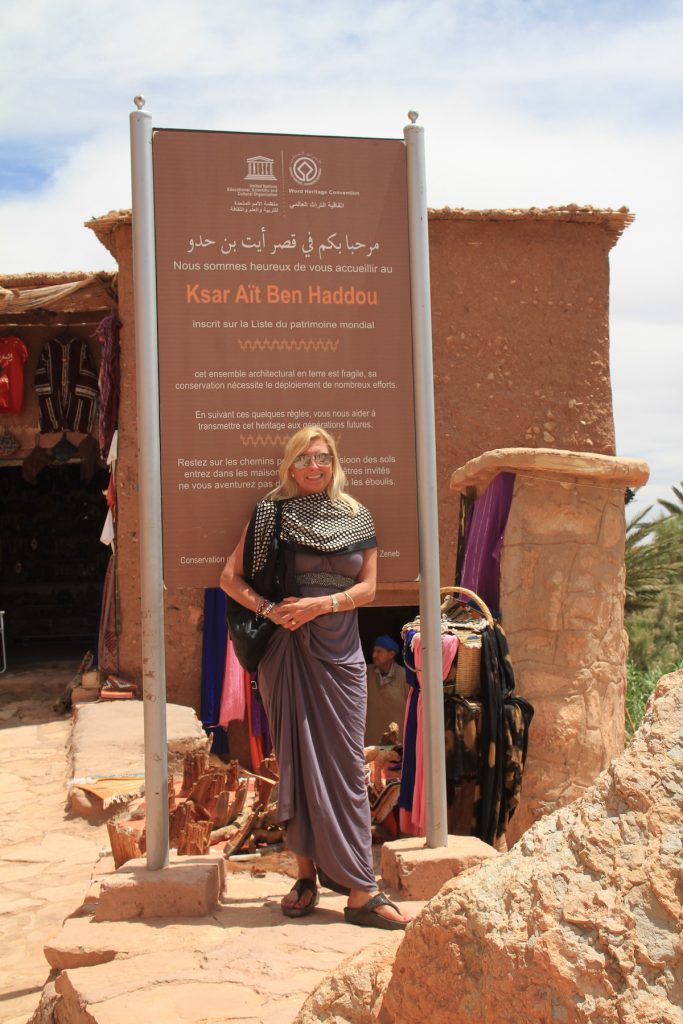
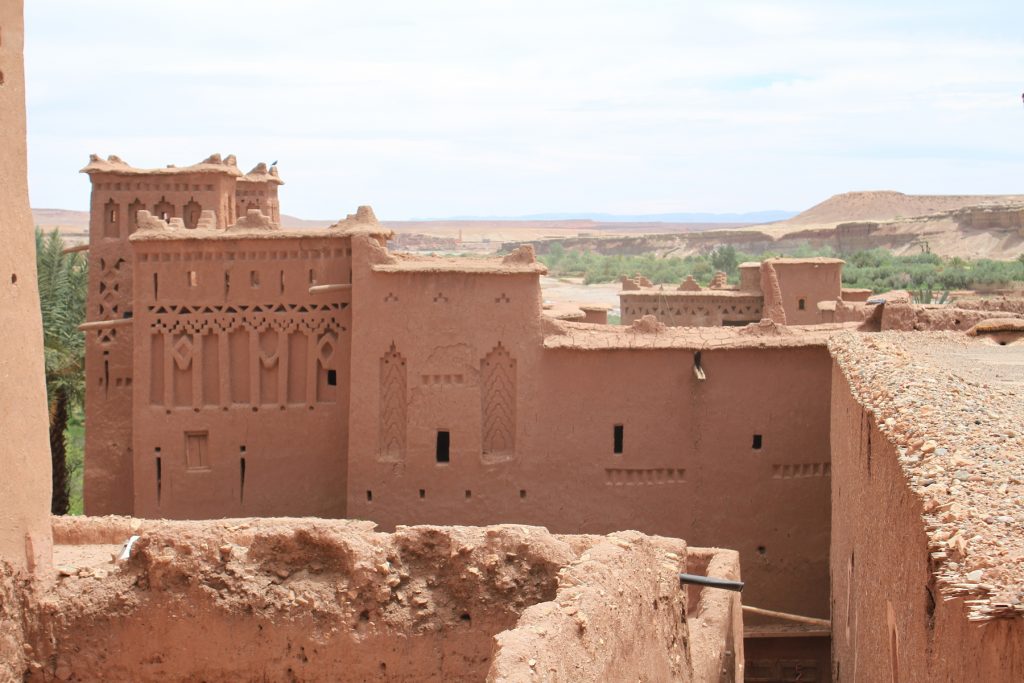
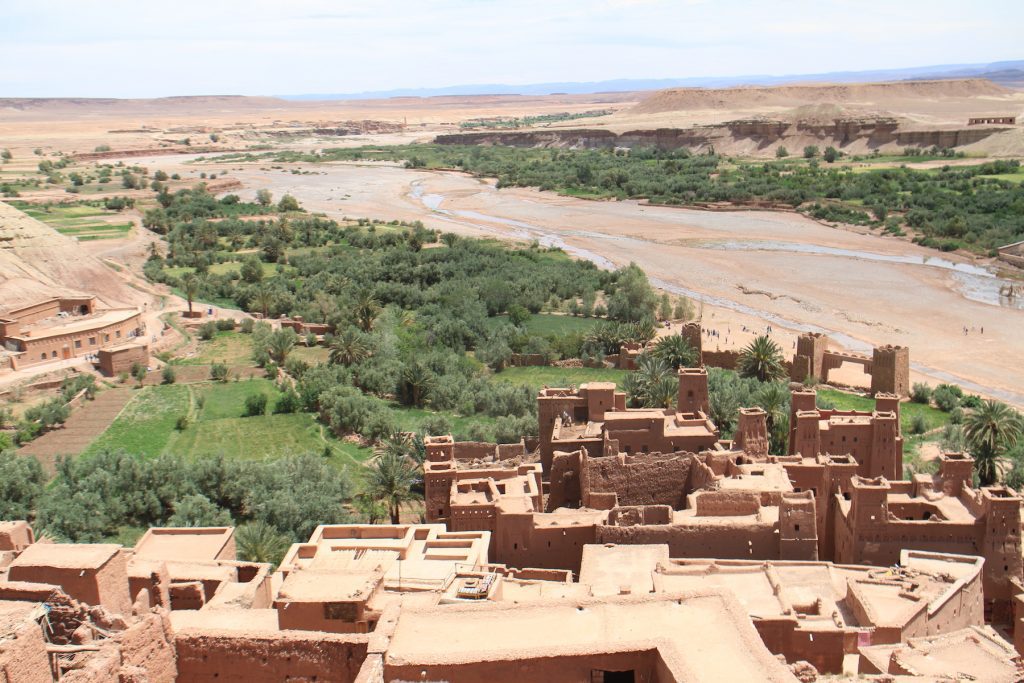
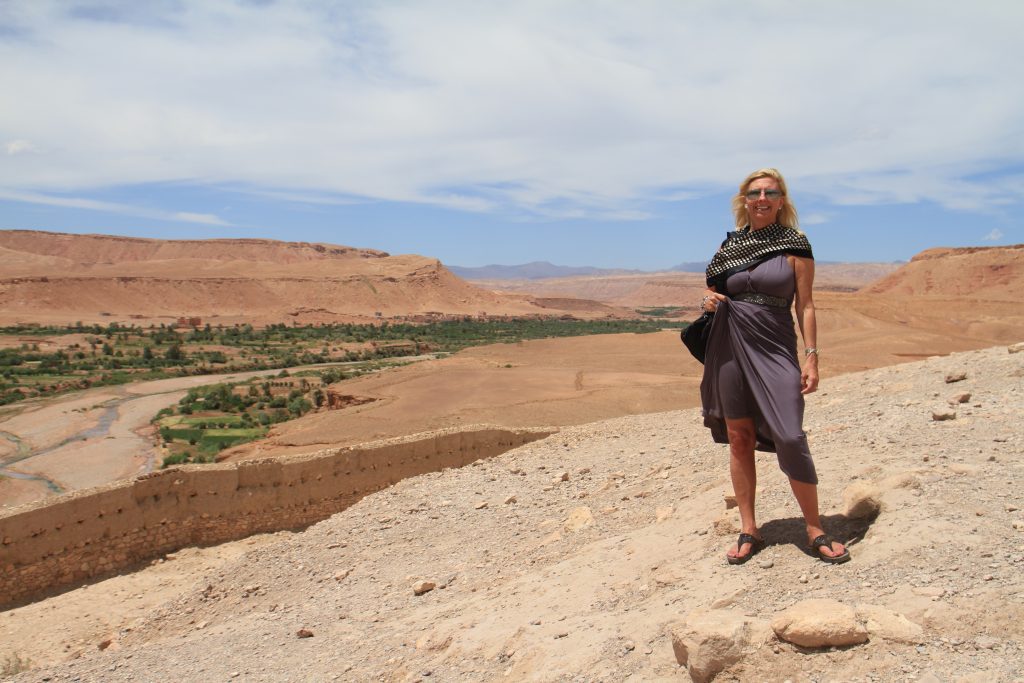
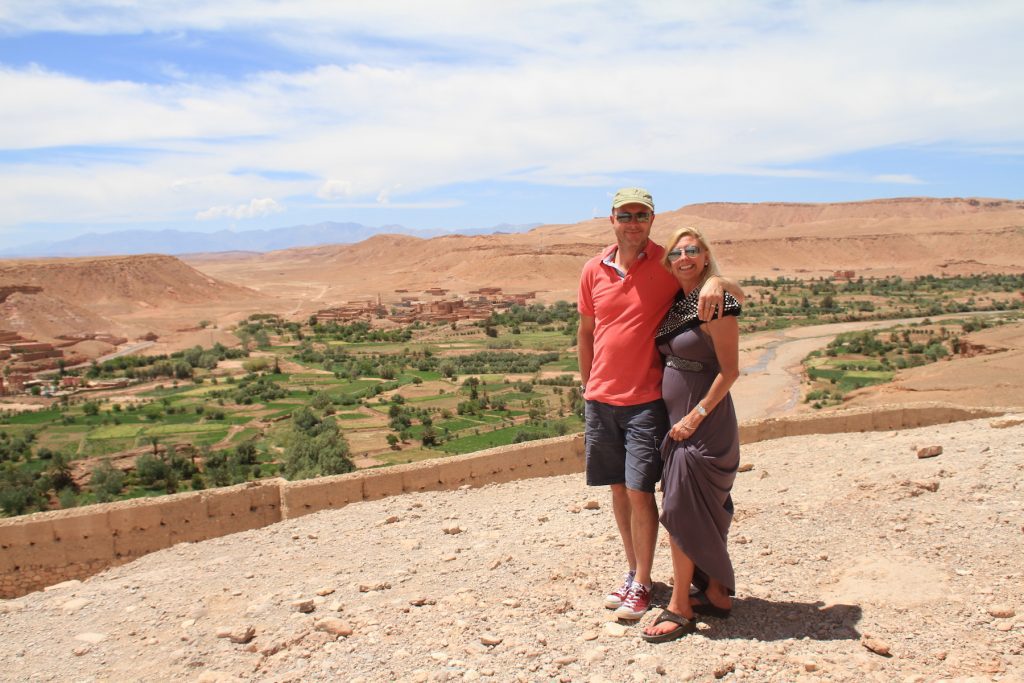
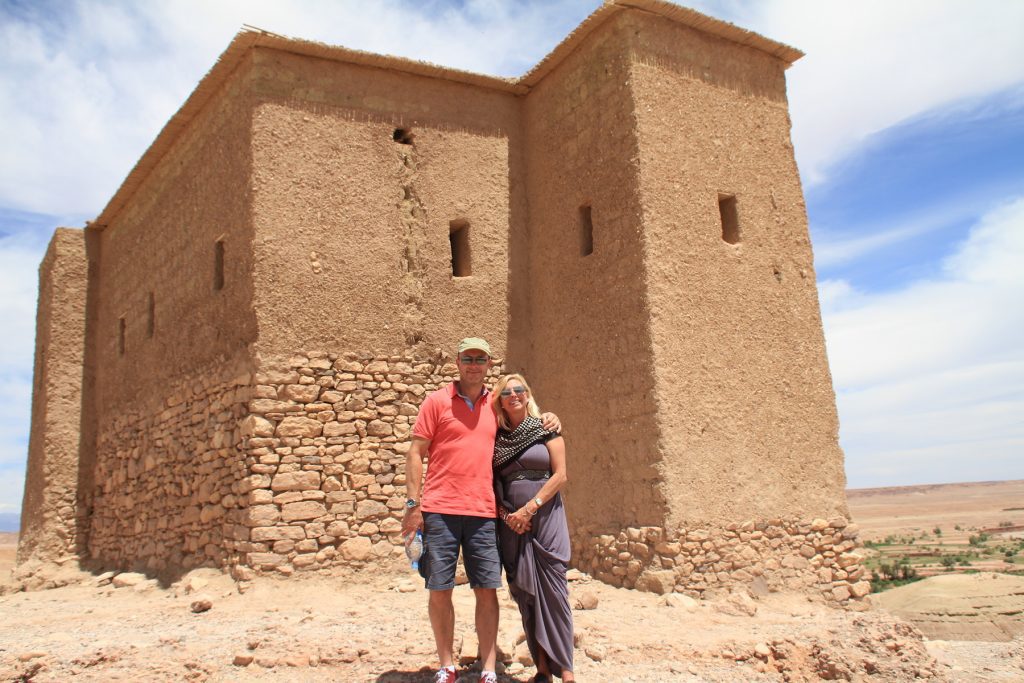
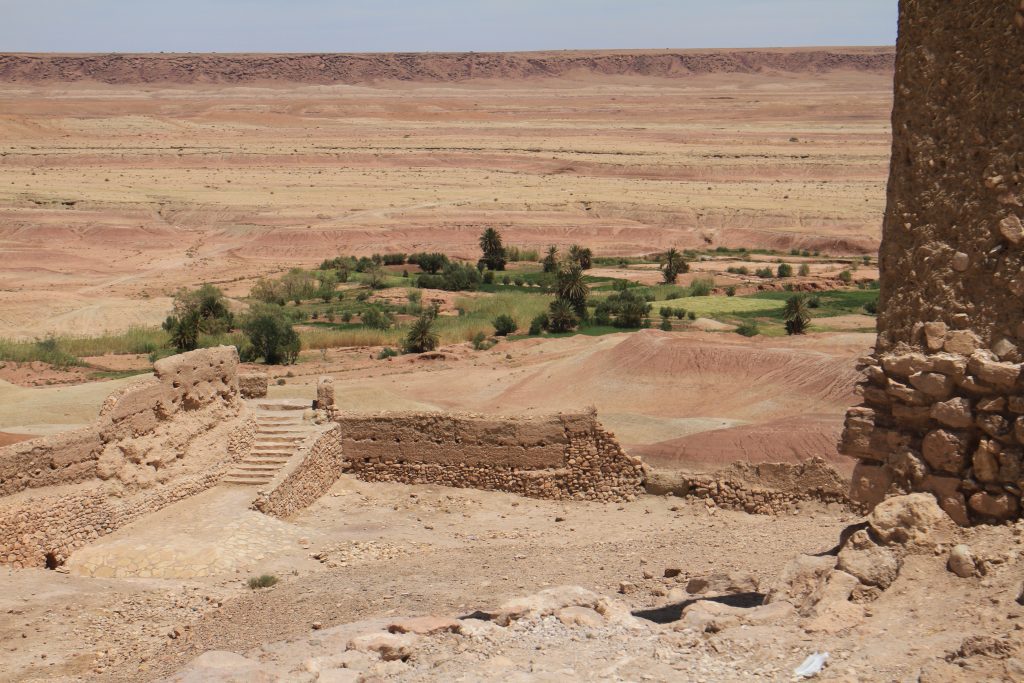
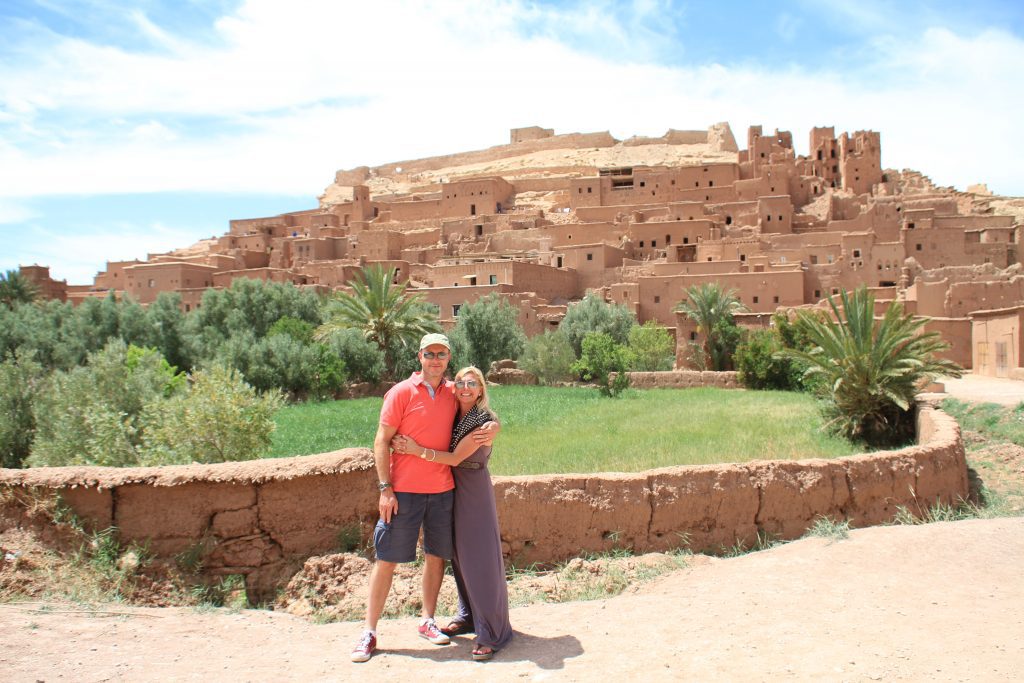
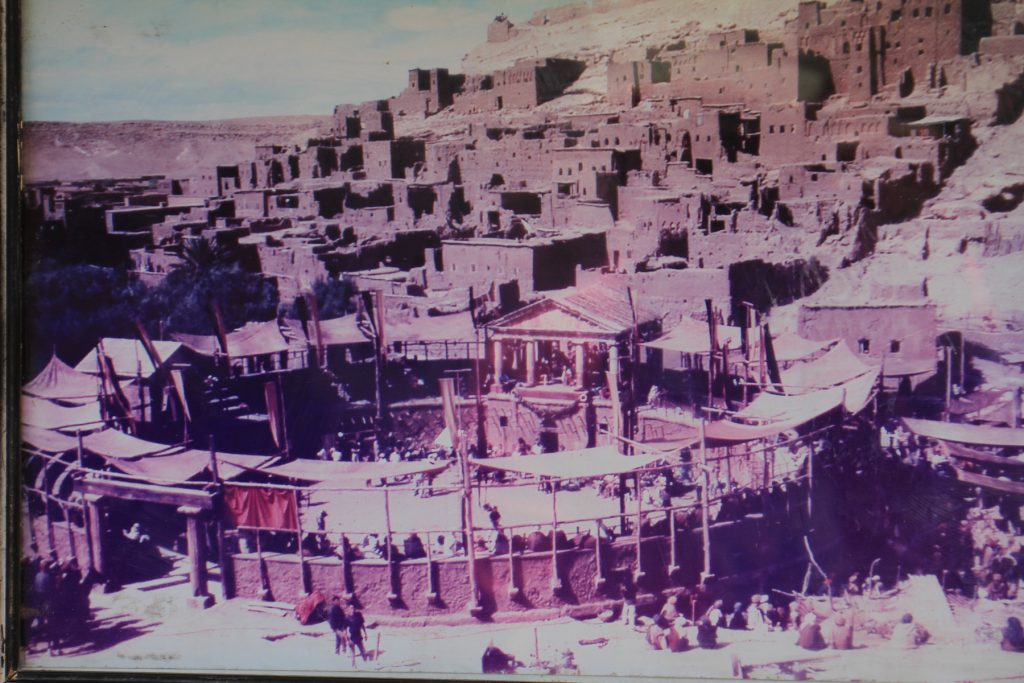
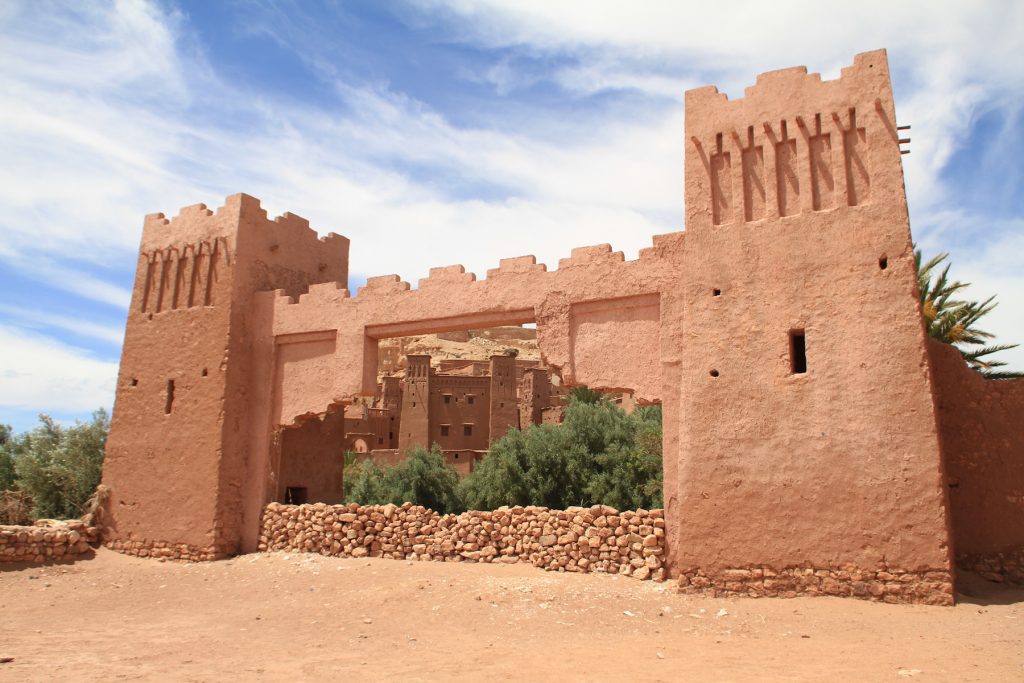
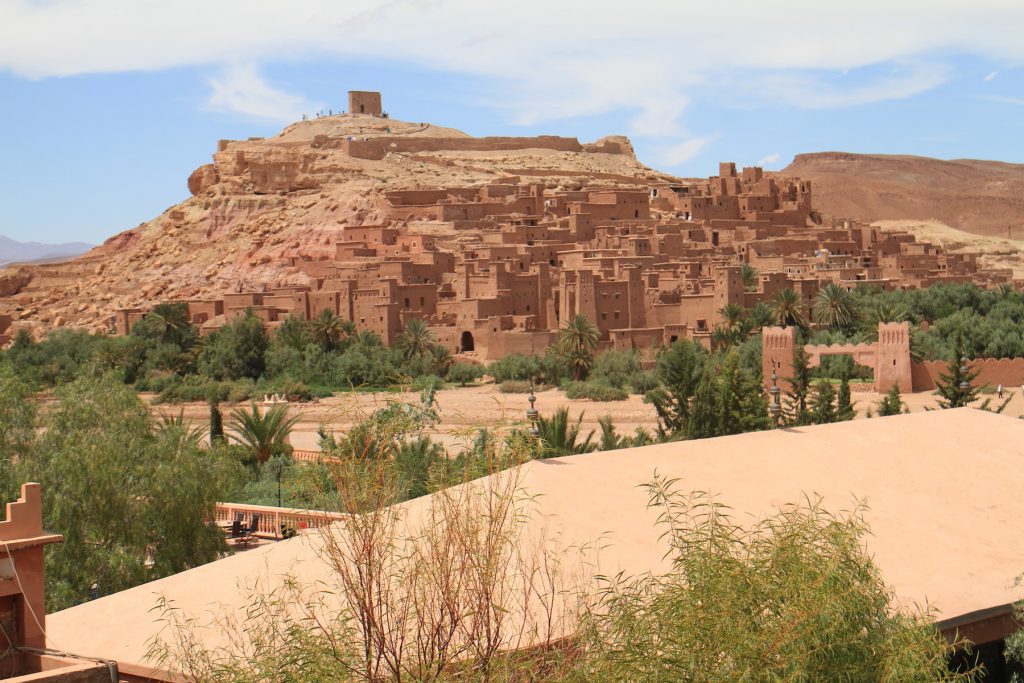
The climb to the agadir was strenuous in the heat but immensely worth it, with glorious views of the palmeraie at the foot of the village and the stony desert that stretches almost into infinity. We were very pleased that we had taken this excursion. On the way back we stopped off at an Argan Oil production place supporting local women. Argan oil is a plant oil produced from the kernels of the argan tree (Argania spinosa L.) that is endemic to Morocco. In Morocco, argan oil is used to dip bread in at breakfast or to drizzle on couscous or pasta. It is also used for cosmetic purposes.
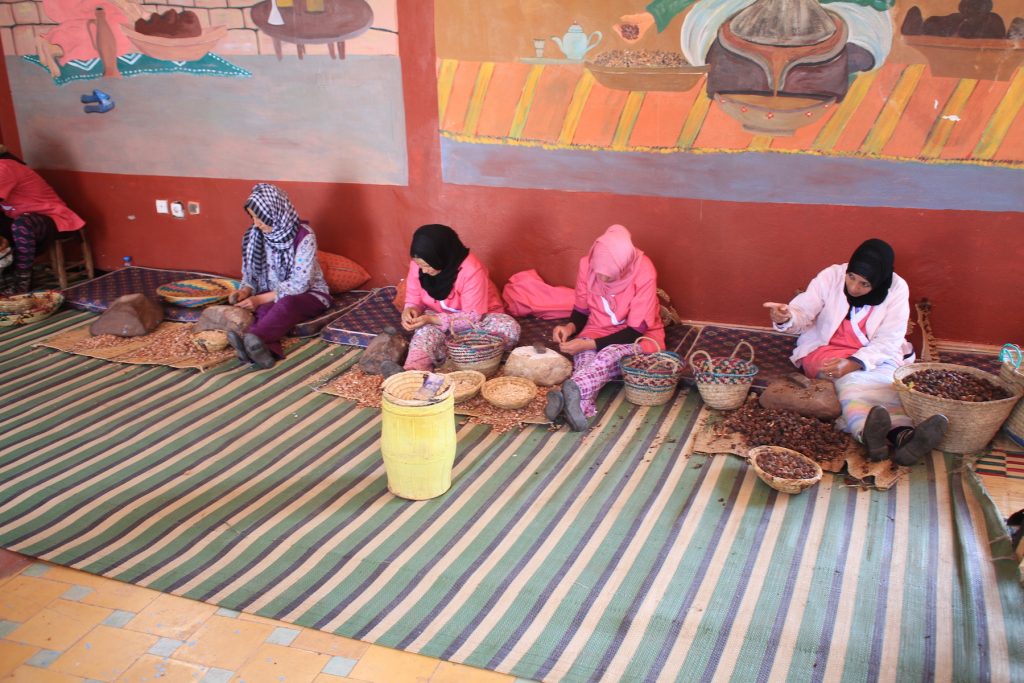
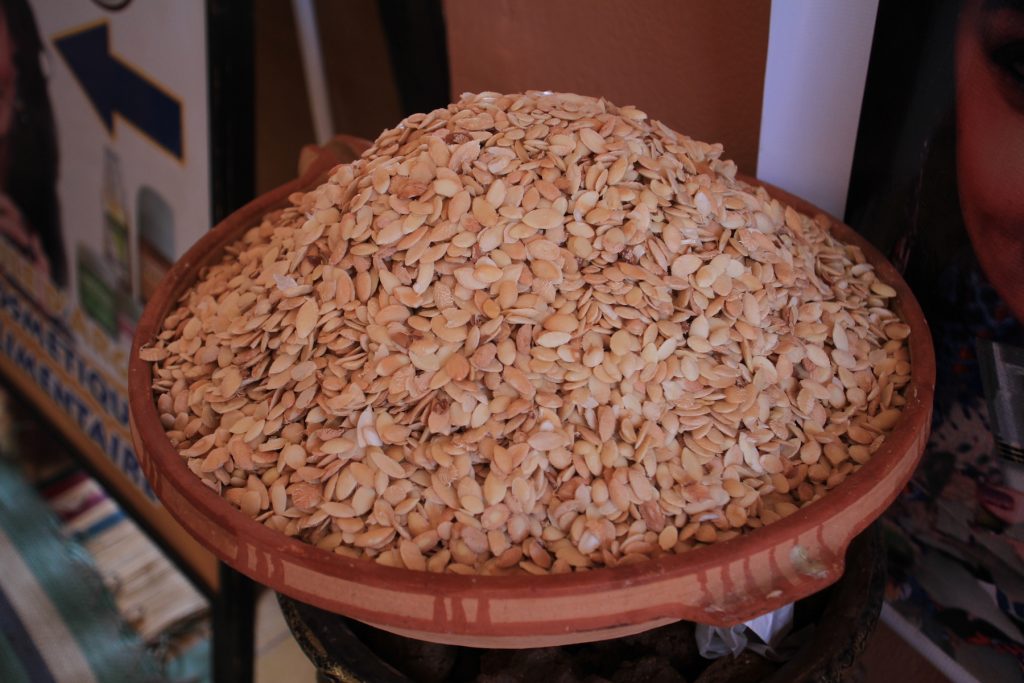
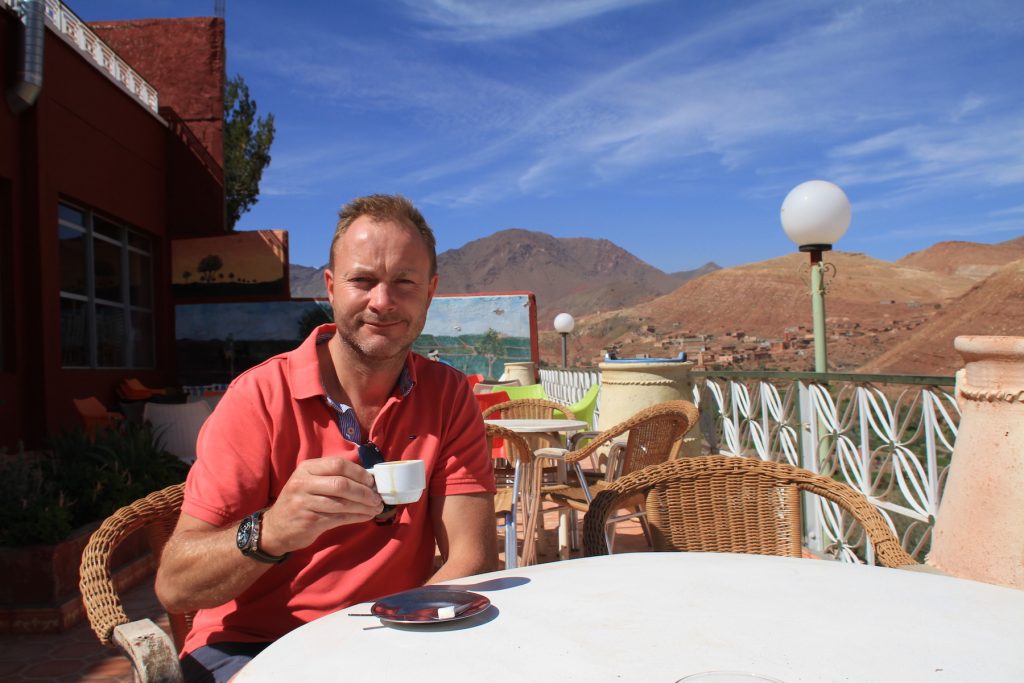
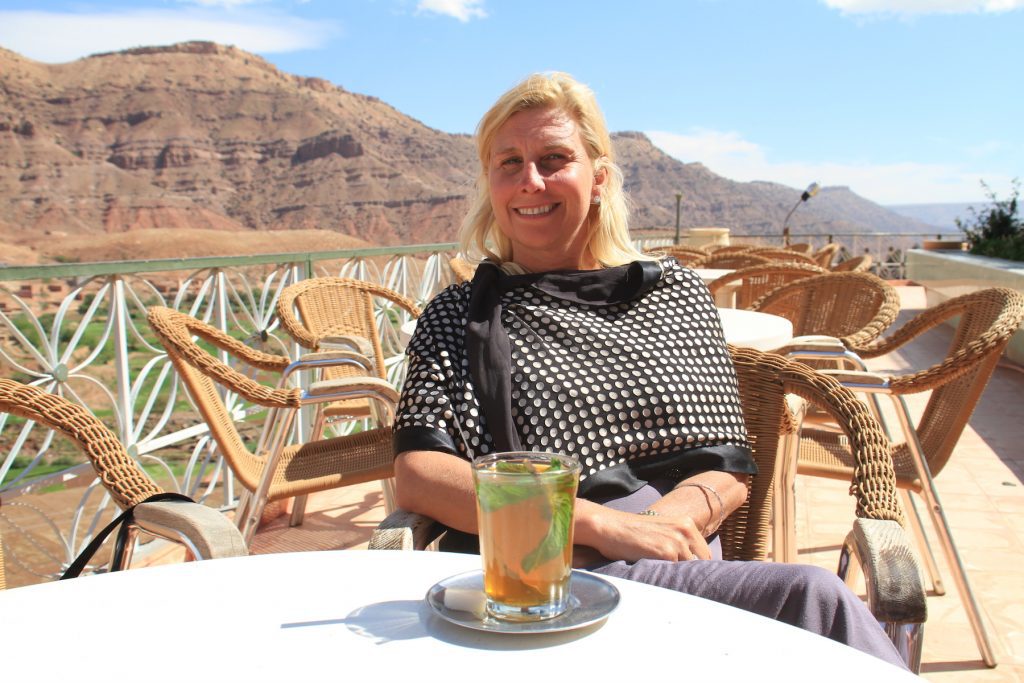
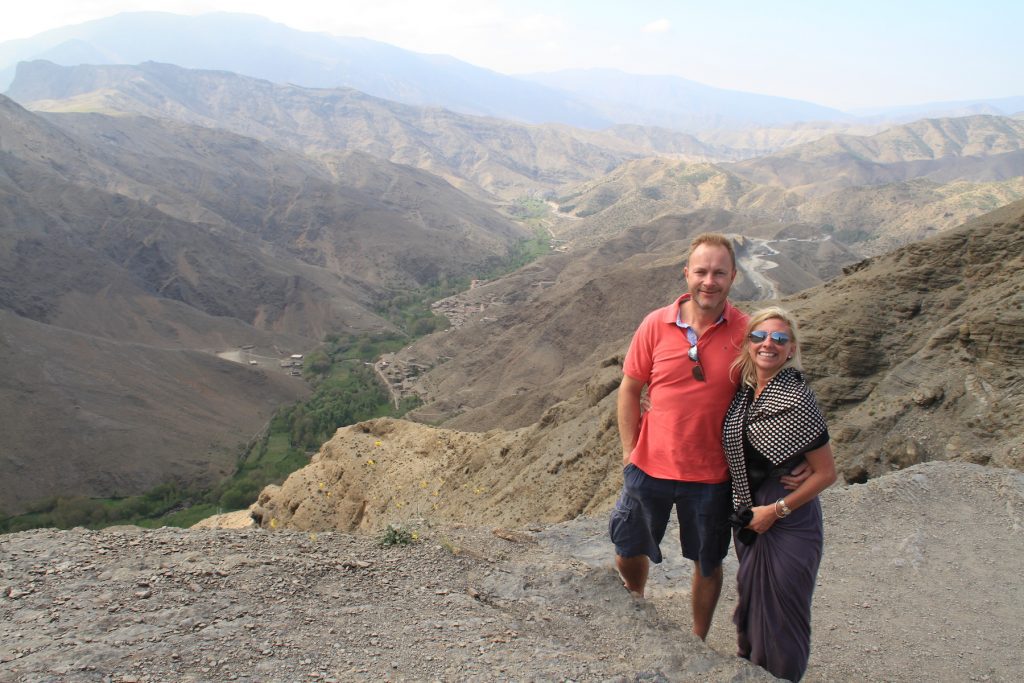
We arrived back in Marrakech at 6pm and made our way to the rooftop restaurant that we had booked called Nomad. Emerging from the spices and in the middle of traditionality, in the famous spices square, where you can find all variety of spices and other typically Moroccan merchandise, NOMAD opened its doors…. a great spot to watch the sun set whilst enjoying delicious Moroccon food and a great ambiance. Our Riad was a convenient ten minute walk outside of the medina walls.
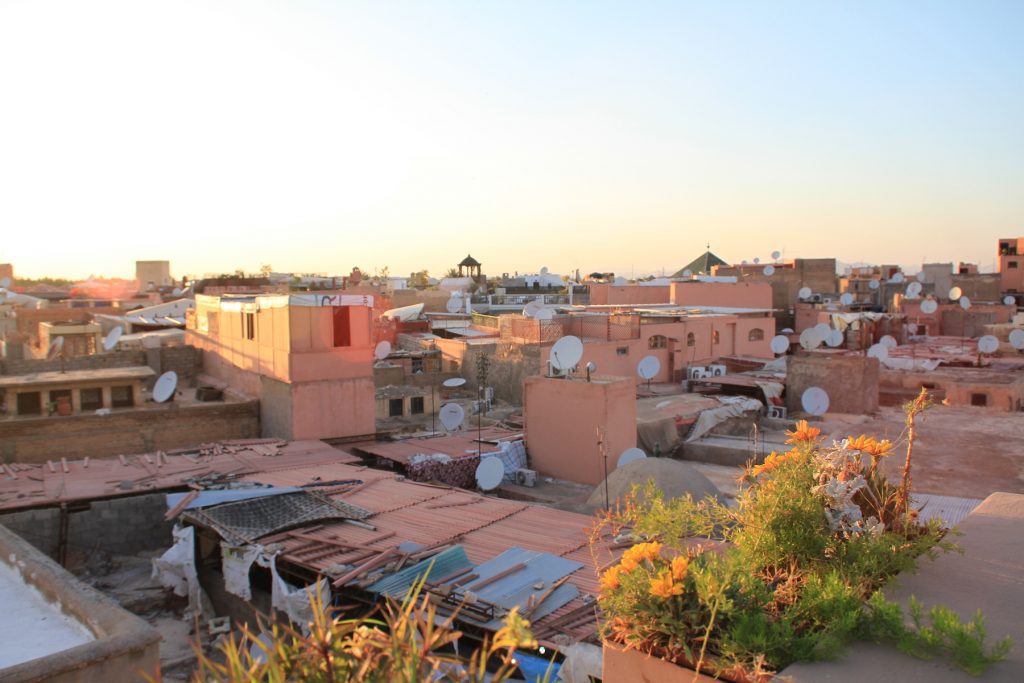
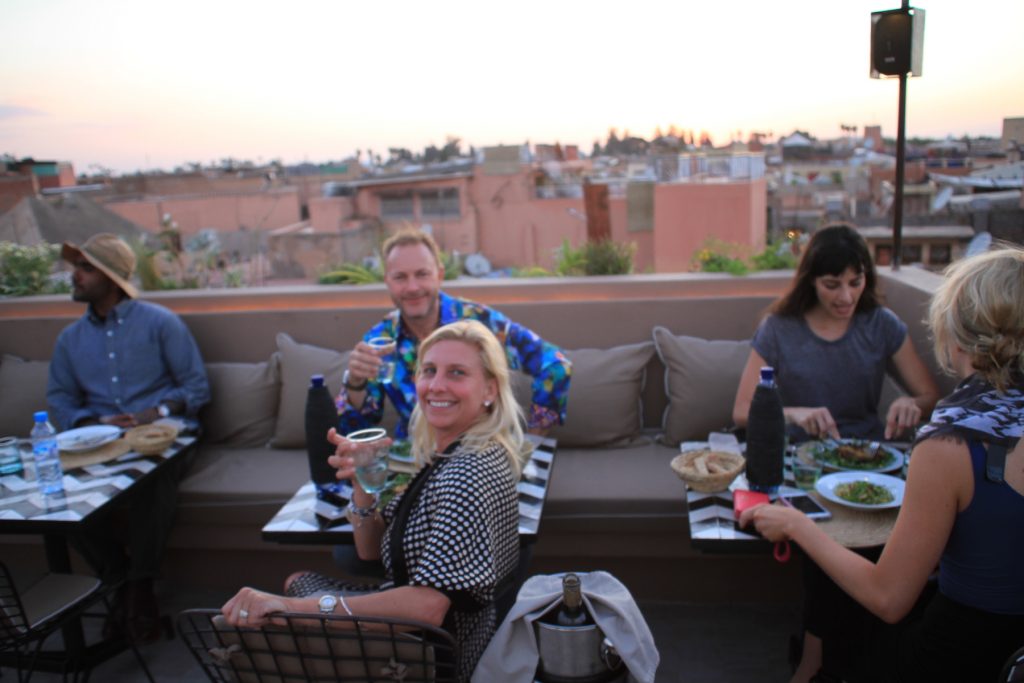
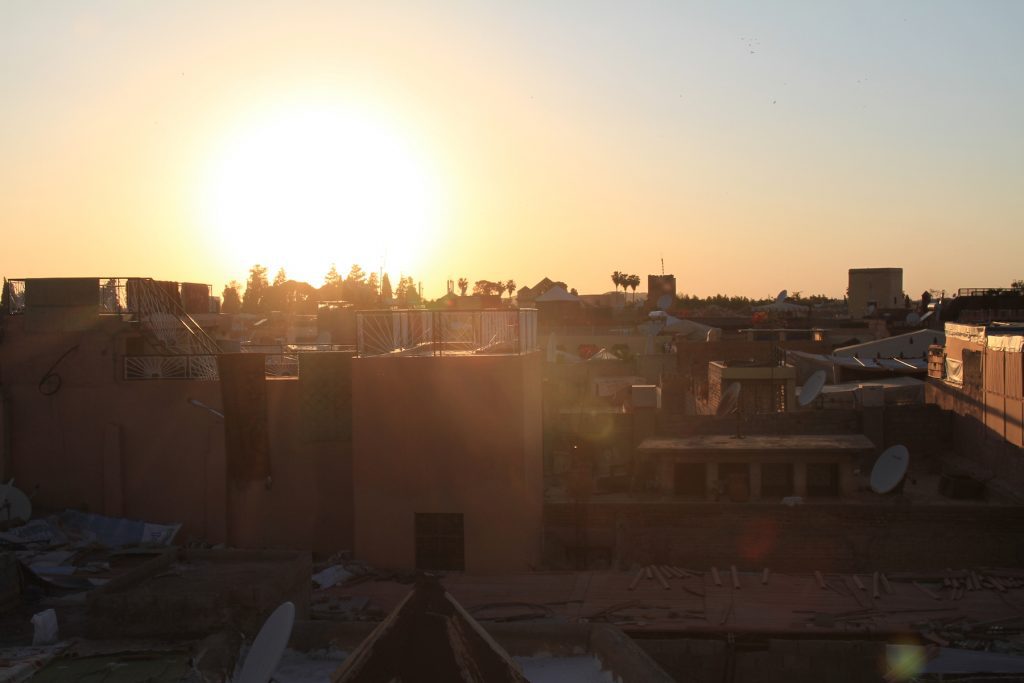
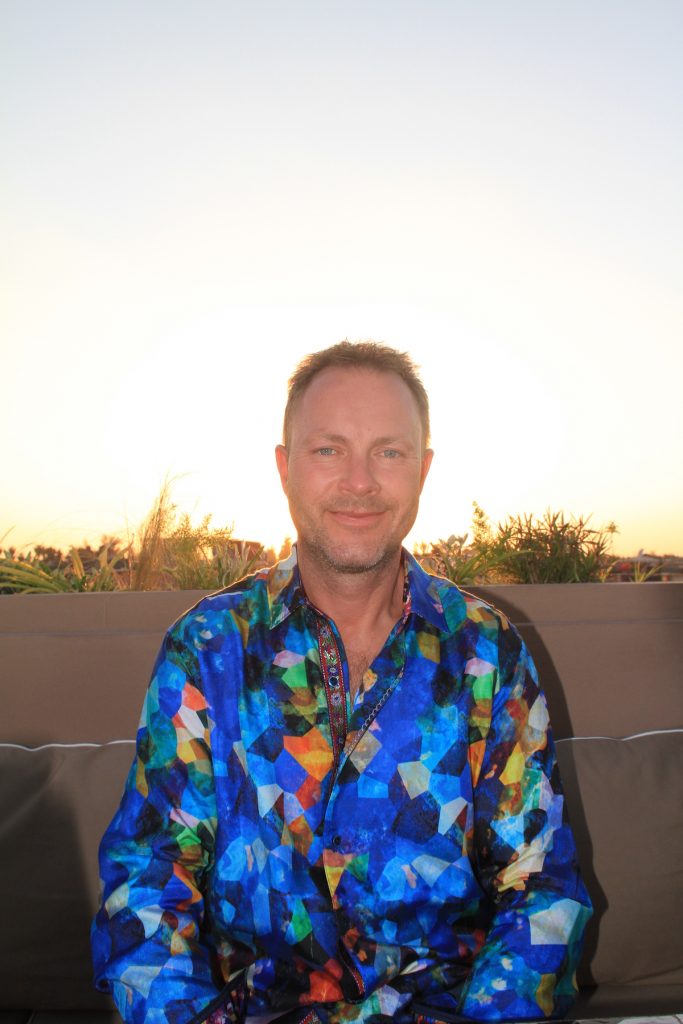
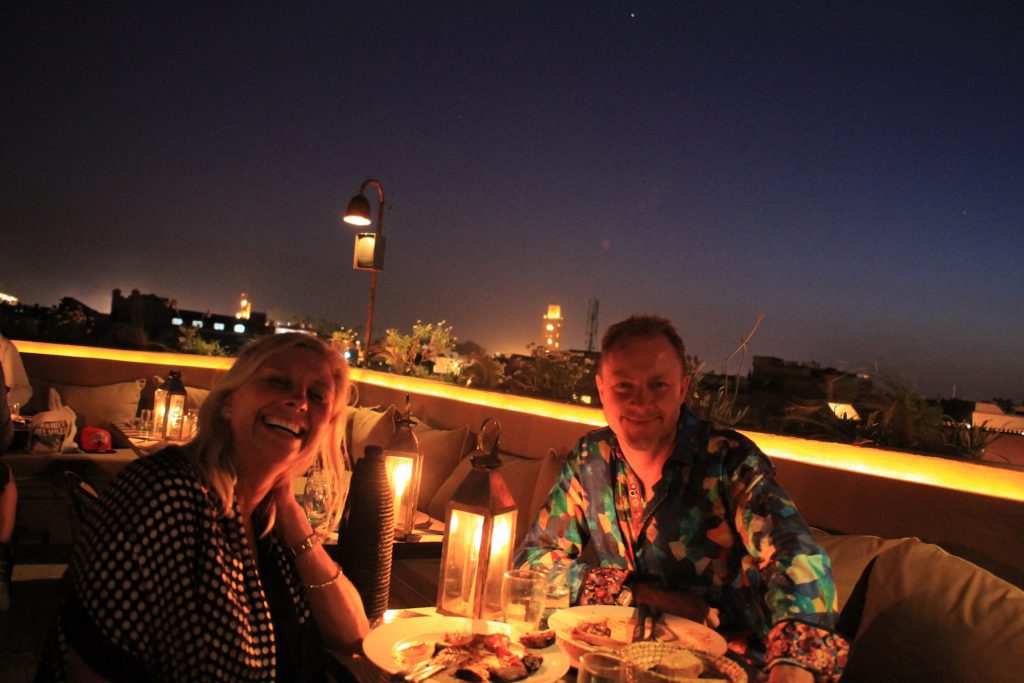
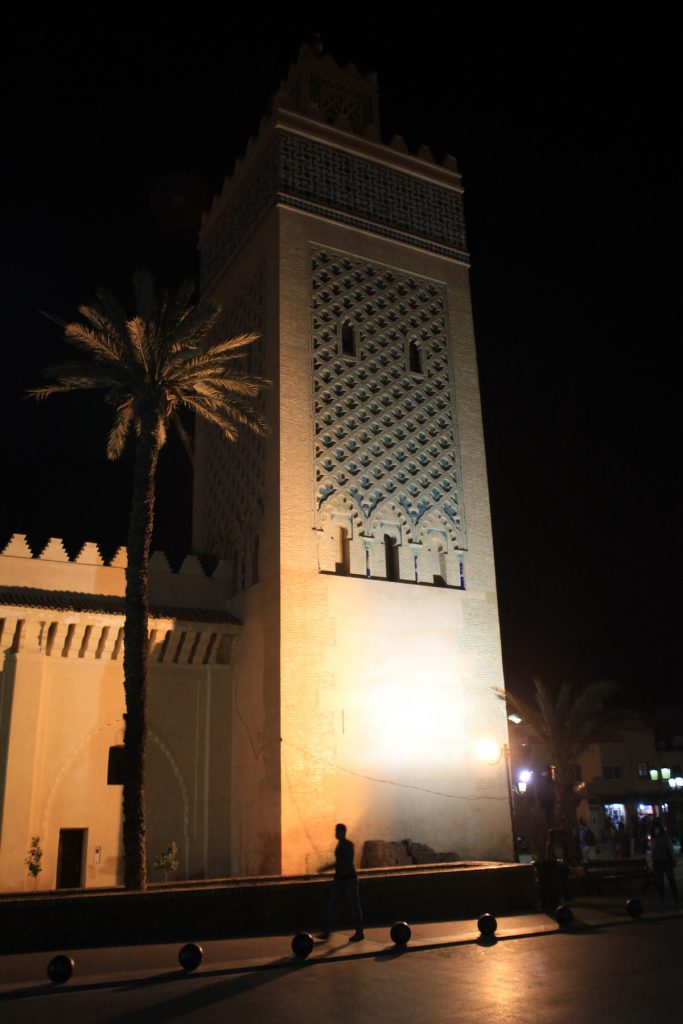
After dinner we headed to the medina’s maze of energetic souks which contain a unique blend of Berber and Islamic cultures where the senses are in constant overdrive. Its labyrinth of winding streets and alleyways is best explored with a sense of adventure and a willingness to get lost. We had to give plenty of polite “no thanks” for offers to show us the way … alleyways are lined with endless rows of stallholders selling handmade lanterns, colourful embroidered fabric and tacky tourist souvenirs. Markets are stacked high with fruit and nuts. The scent of spices waft through the ancient medina. Secret laneways echo to the beating of leather, the forging of metal and the hum of dyers coercing tourists into their purchases…. and of course we had the obligatory henna tattoo! It was also fascinating to watch the traditional story telling – The tradition of storytelling is a Moroccan practice which has been taking place in the central square of Marrakech for many hundreds of years. Much like snake charming, acrobatics and copper working, good storytelling is a revered art which demands natural talent as well as many years of practice. Simply marvellous!
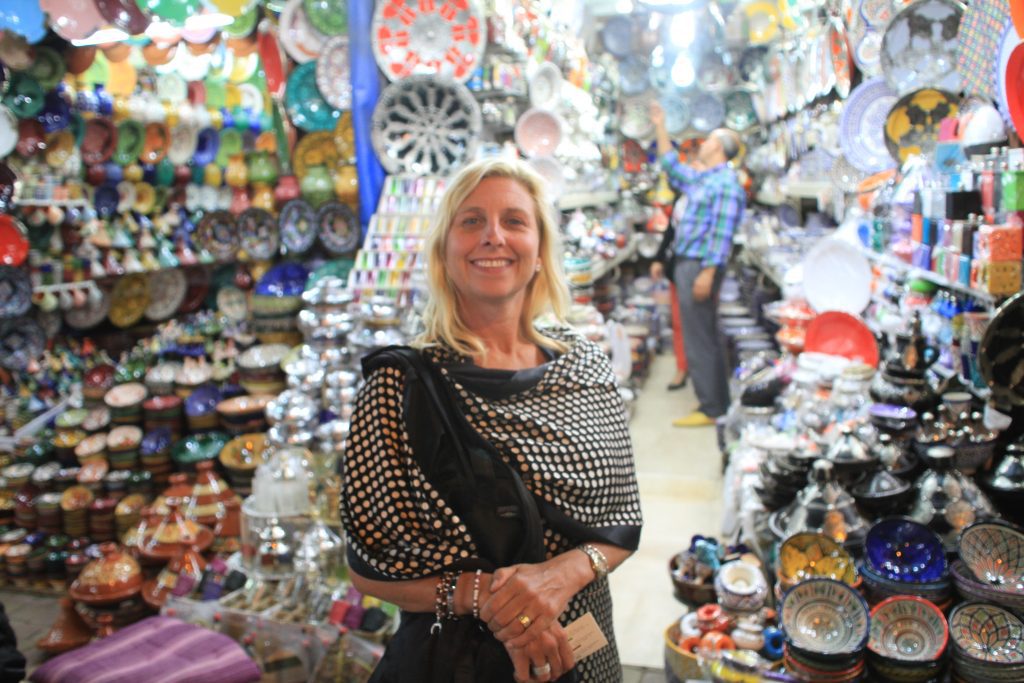
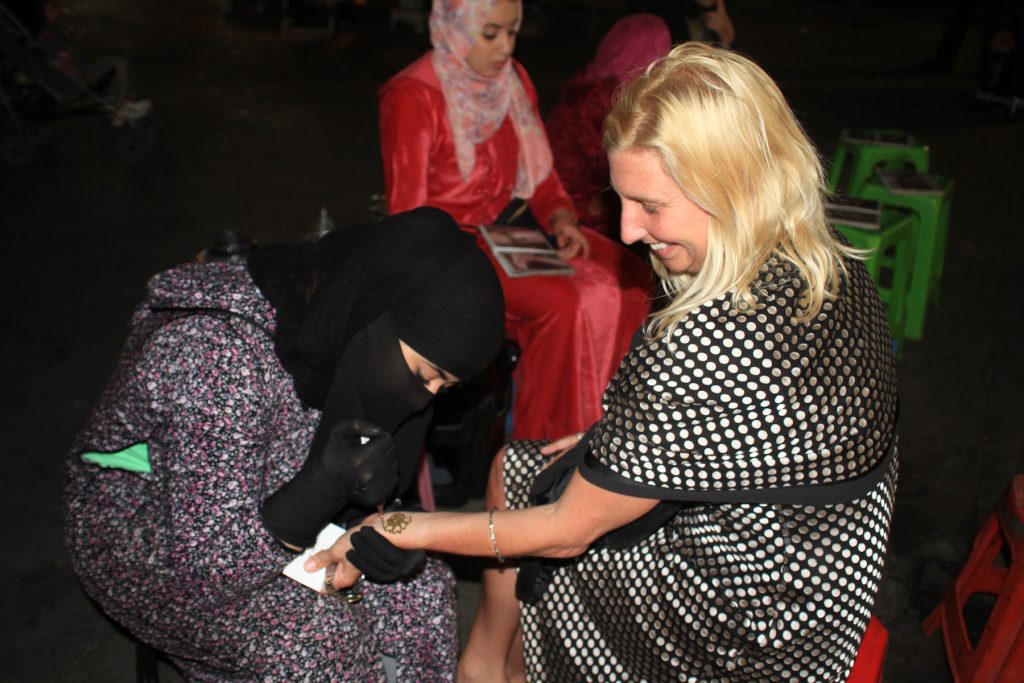
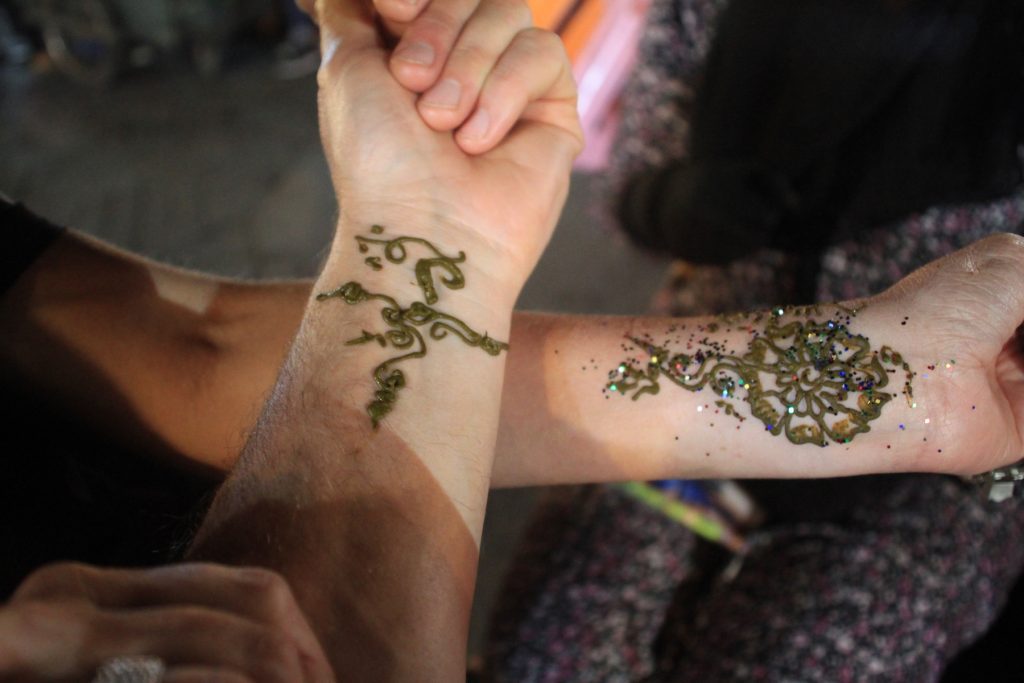
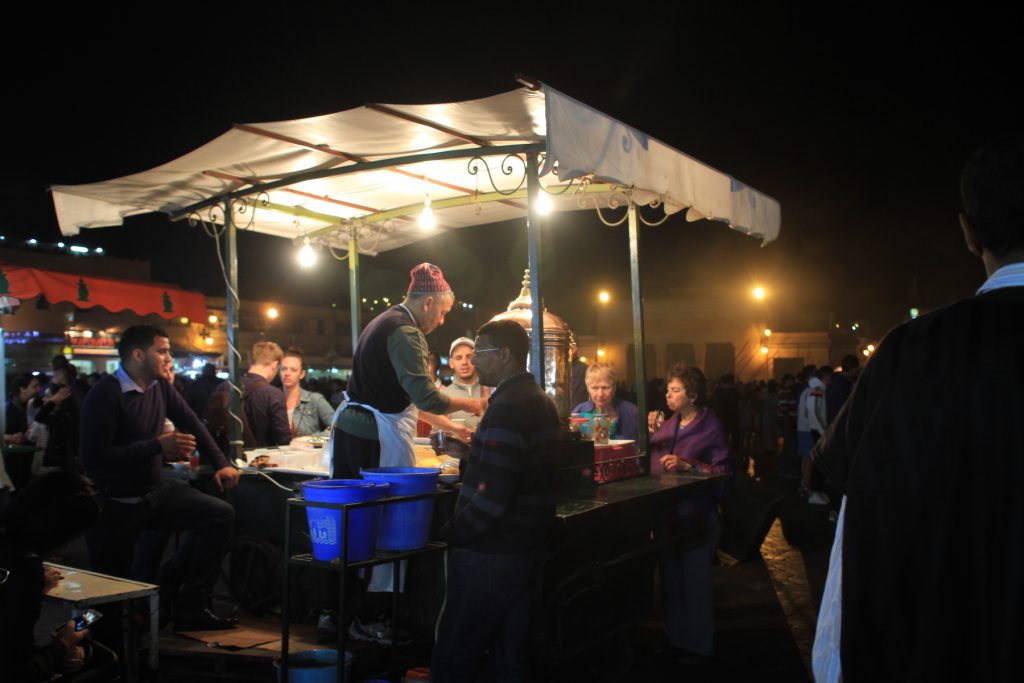
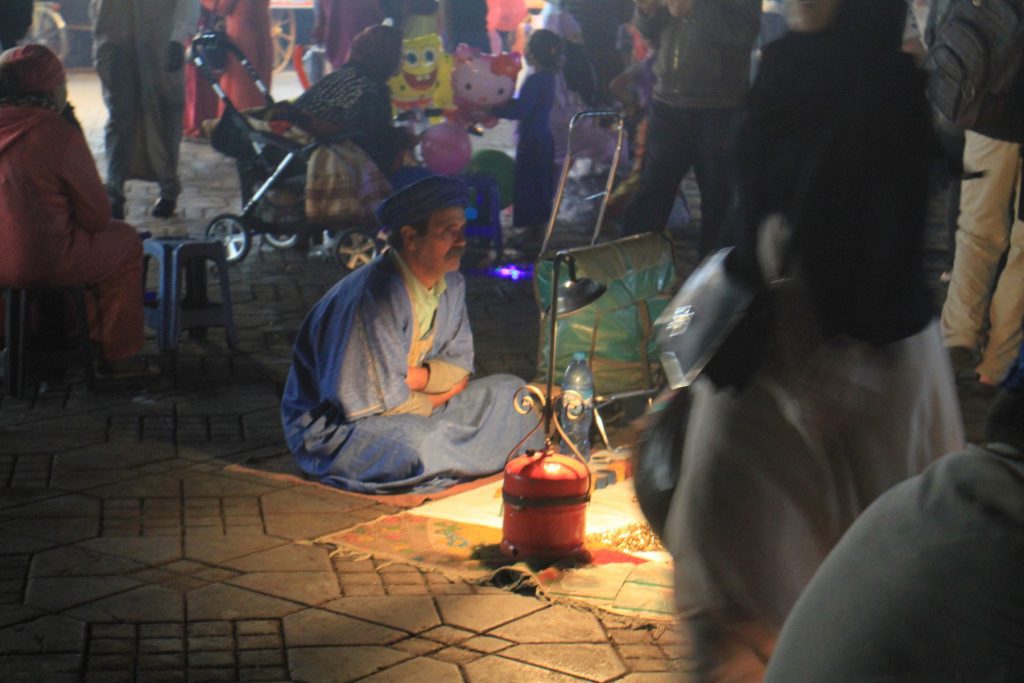
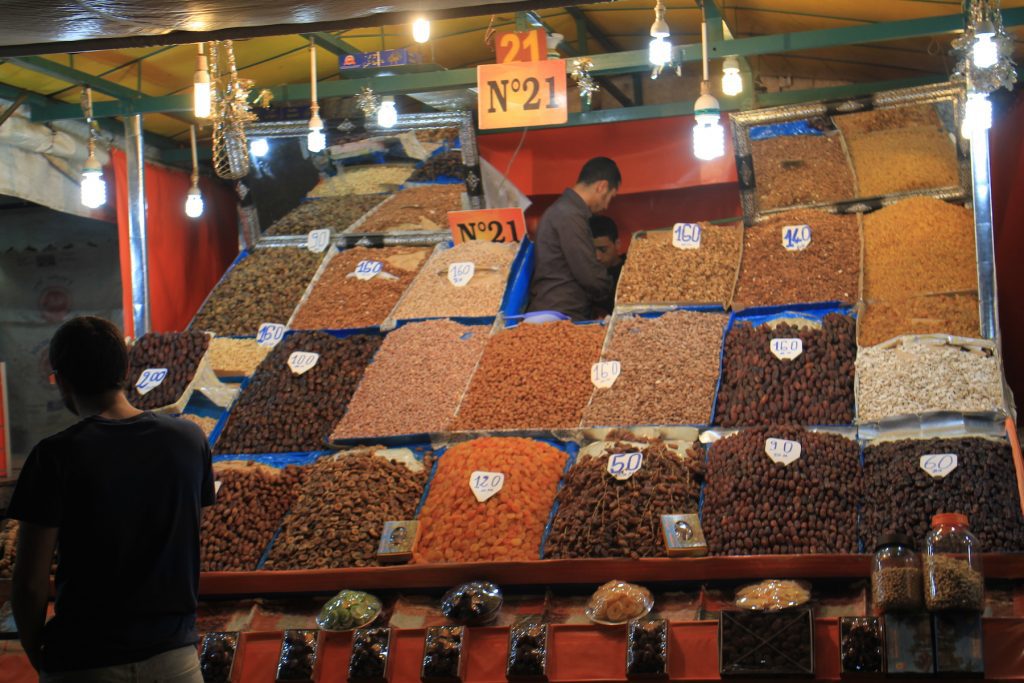
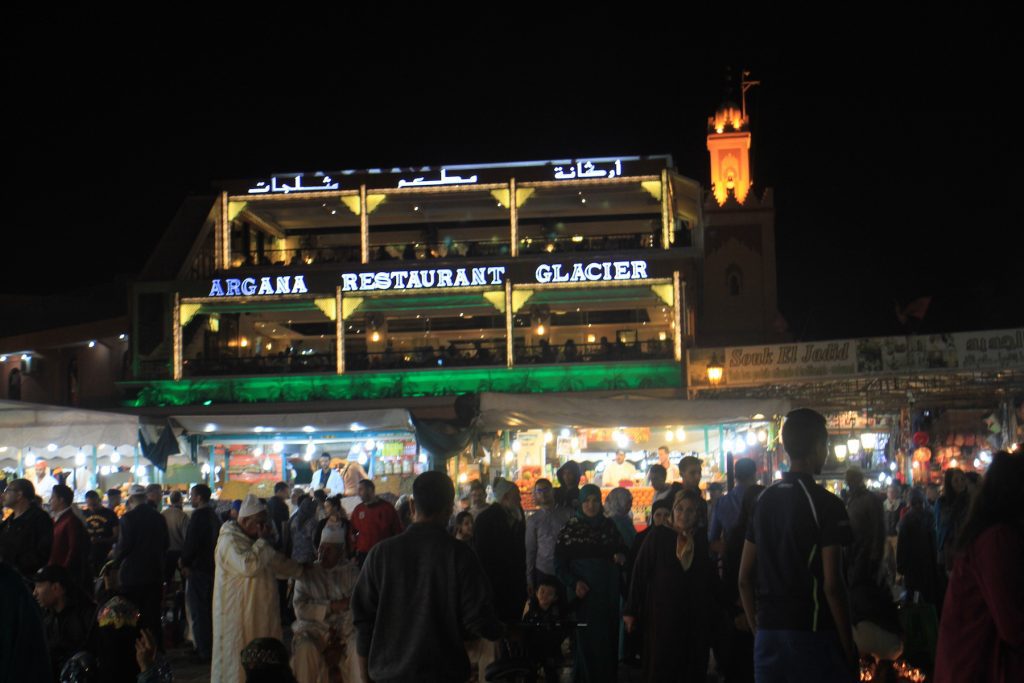
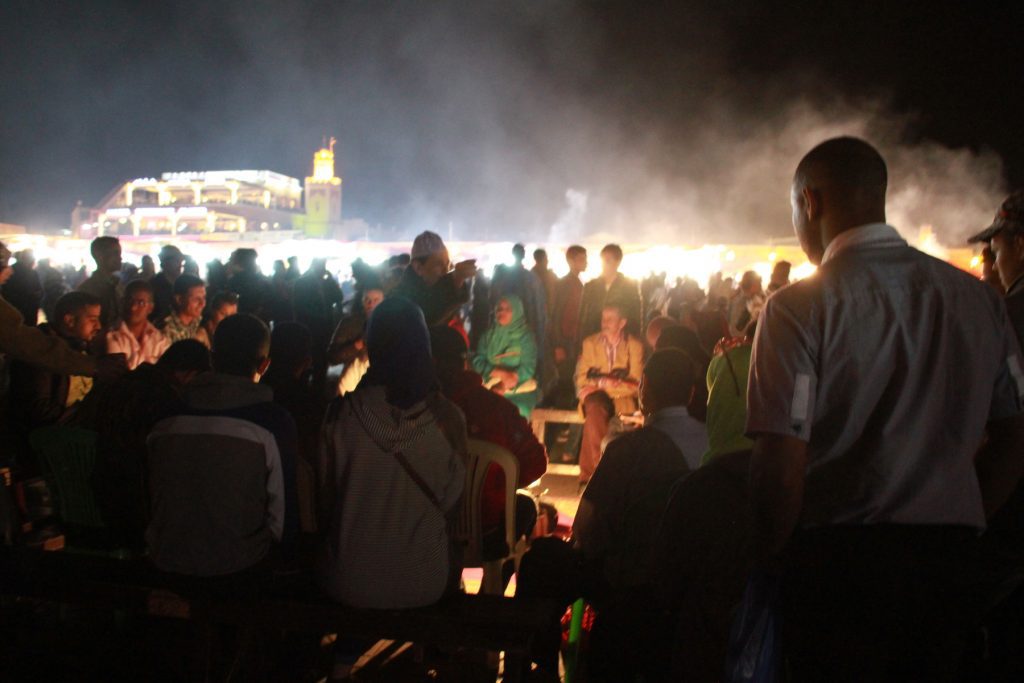
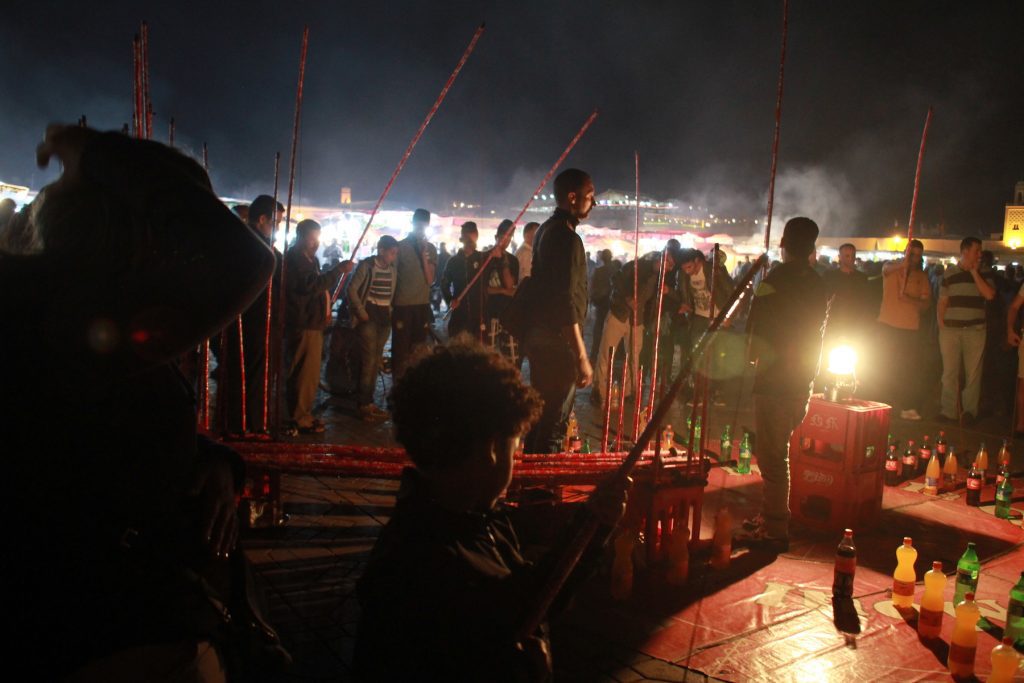
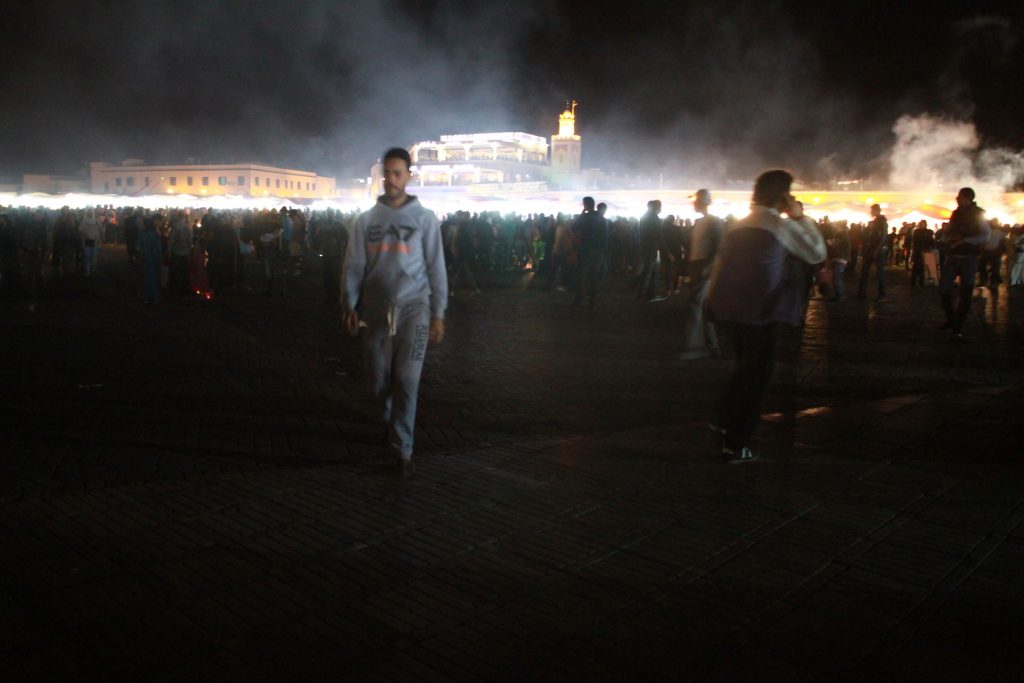
We were up very early to take another Tour By Locals City and Souk tour. Although it was early morning the hustle and bustle of Marrakech’s daily routine was already in full swing.
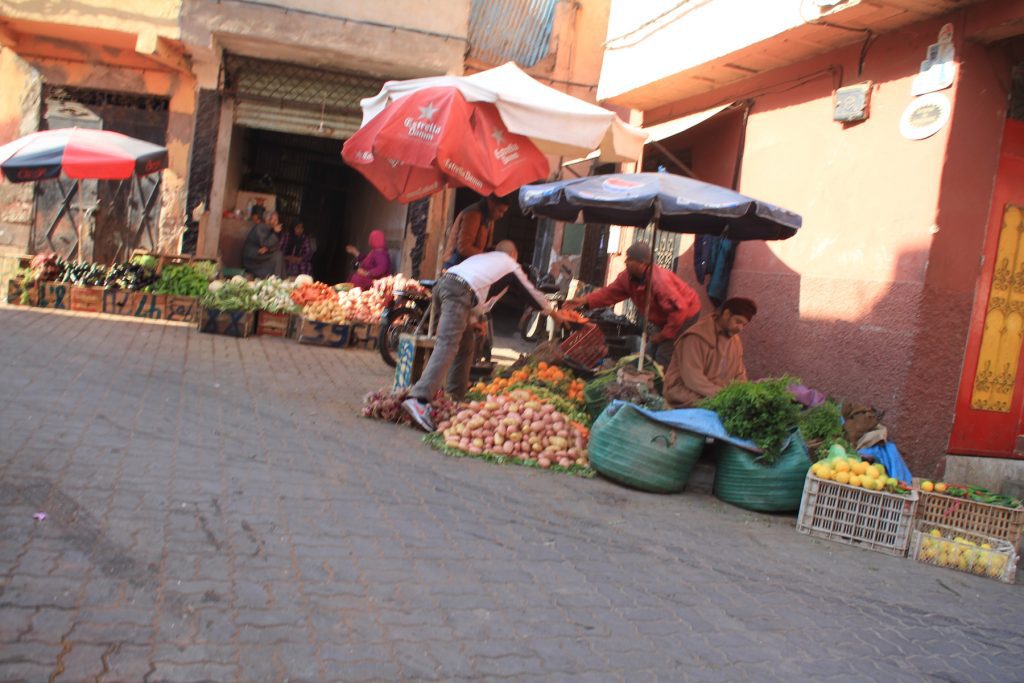
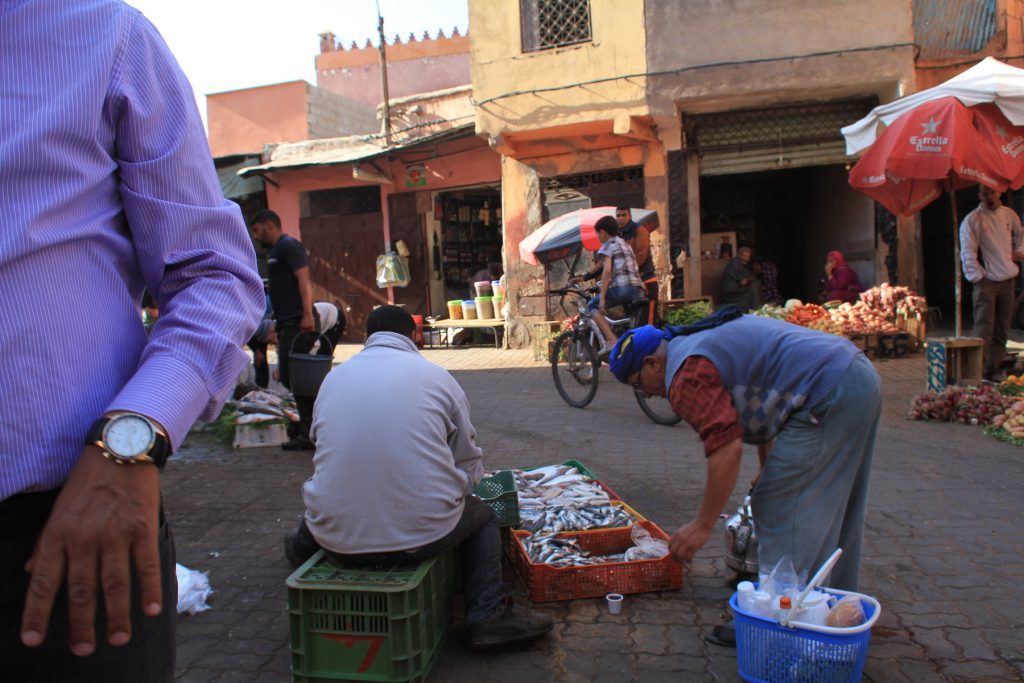
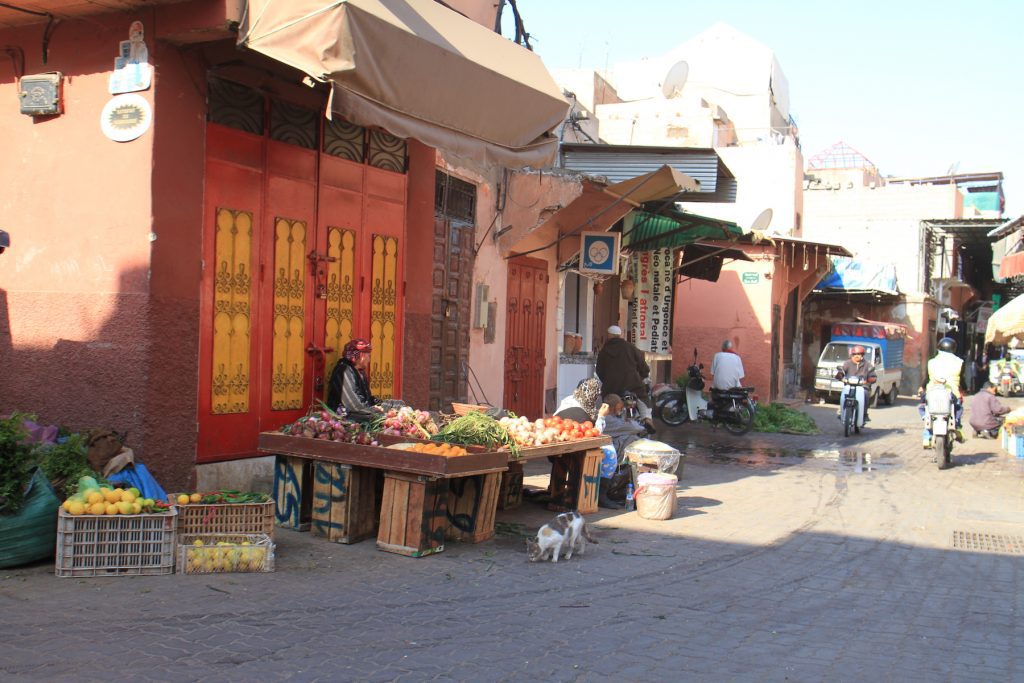
First stop was the Saadian Tombs which are a historic royal necropolis located on the south side of the Kasbah Mosque, inside the royal kasbah district of the city. The tombs date back to the end of the sixteenth century designed by Ahmad al-Mansur and are located in a closed garden, which visitors can access through a small passageway. In the same garden you’ll see over one-hundred tombs that are beautifully decorated with coloured mosaics. The Saadian Tombs are the resting place of approximately 60 members of the Saadi dynasty.
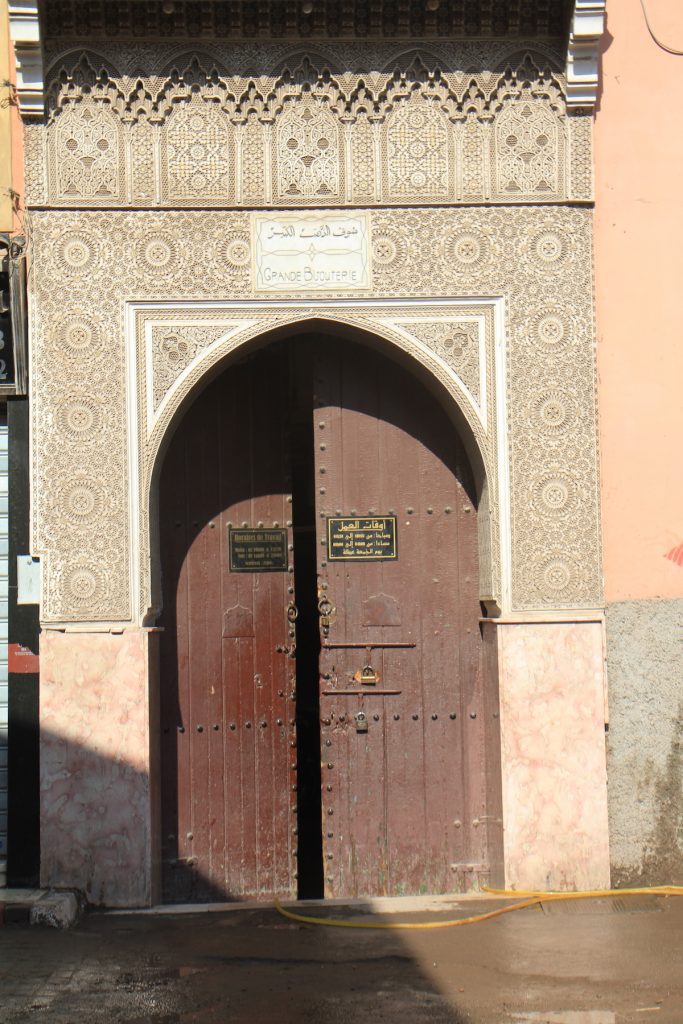
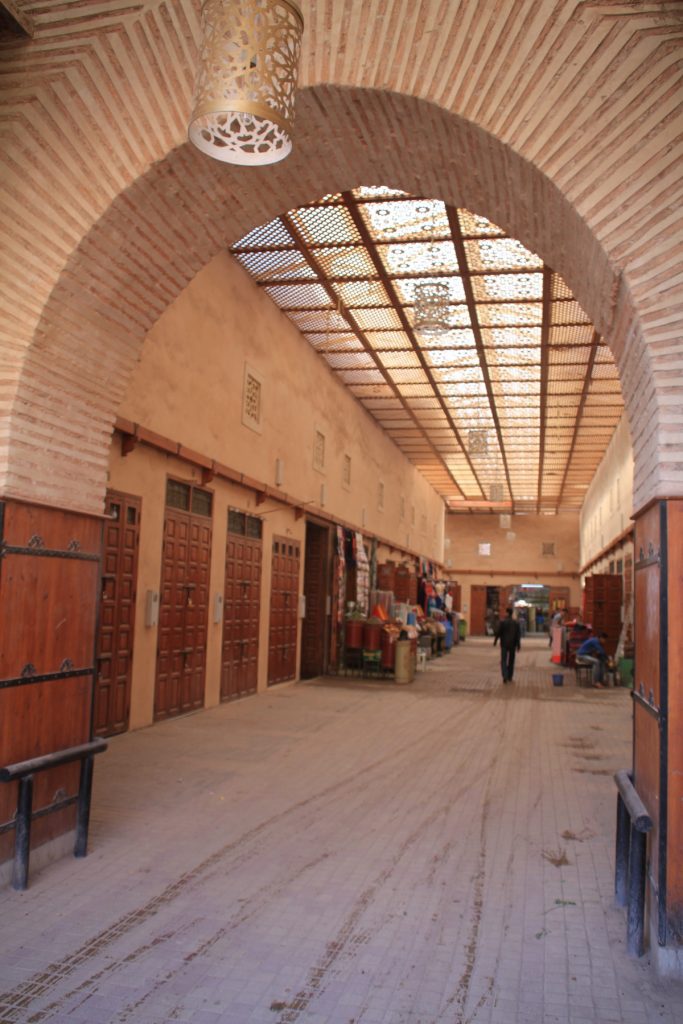
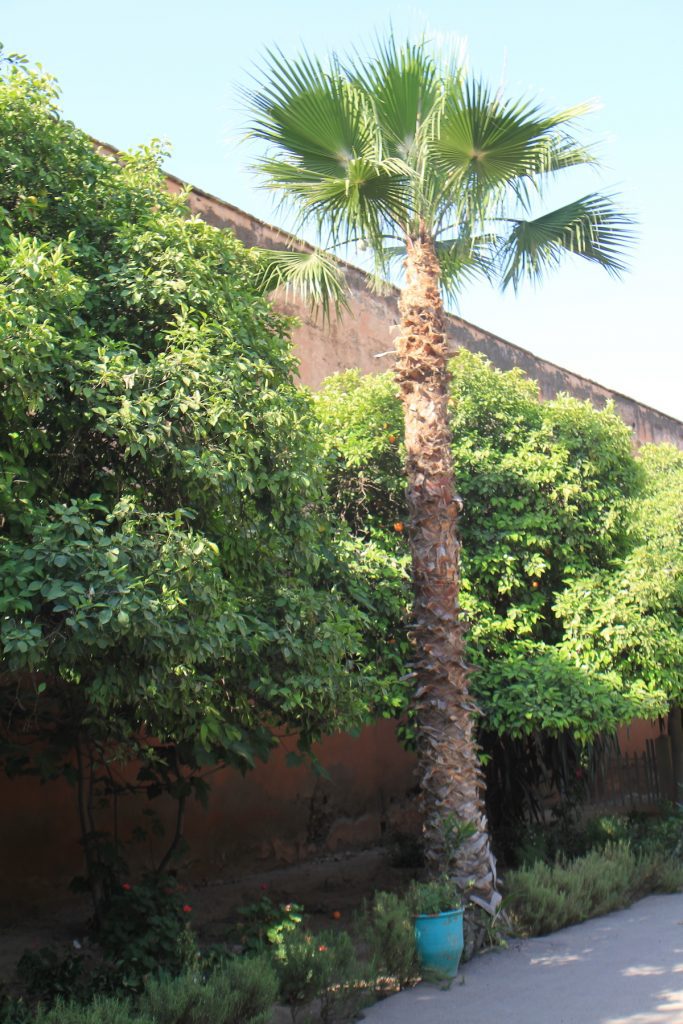
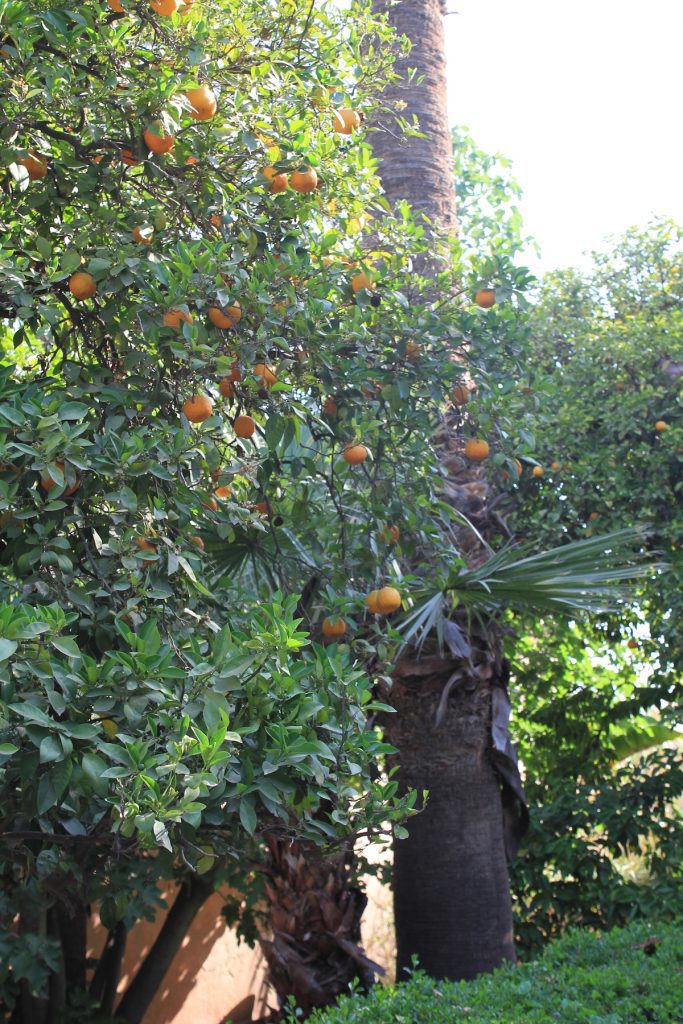
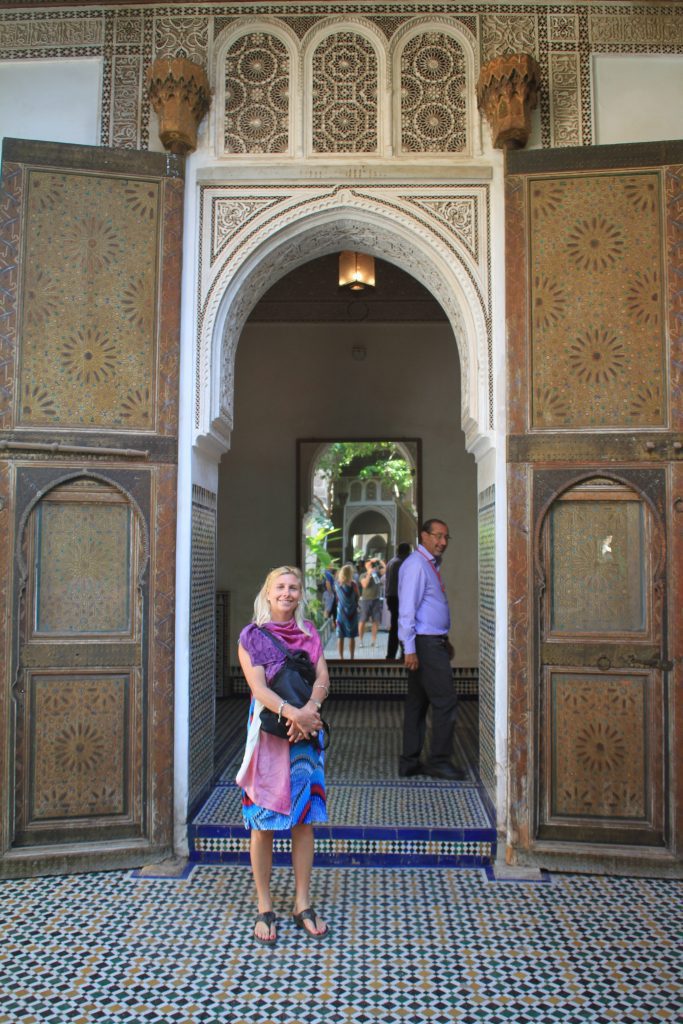
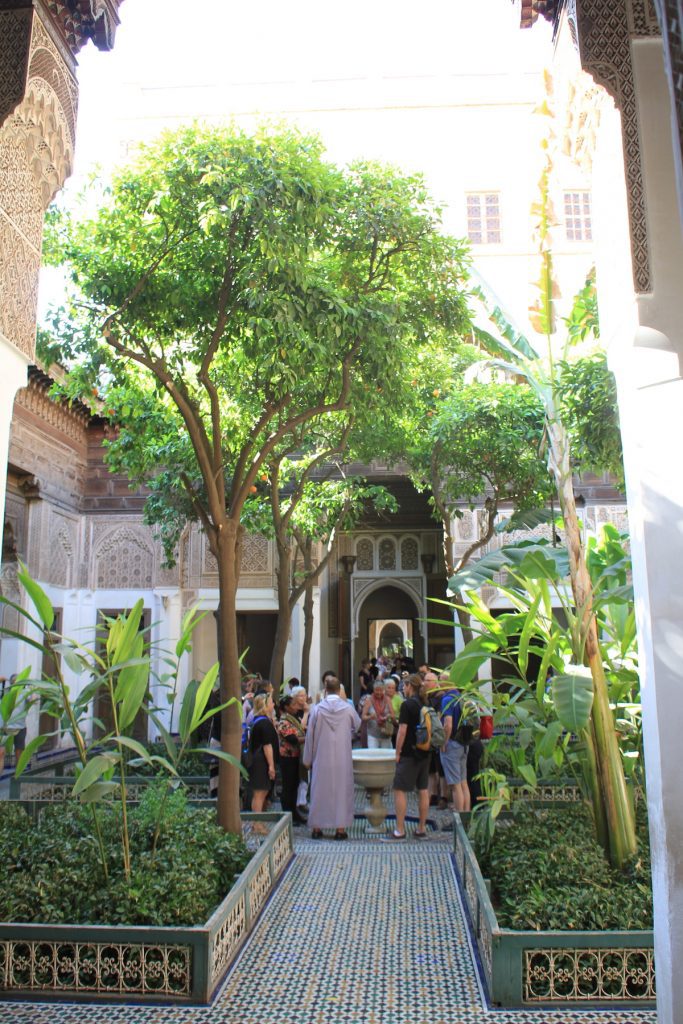
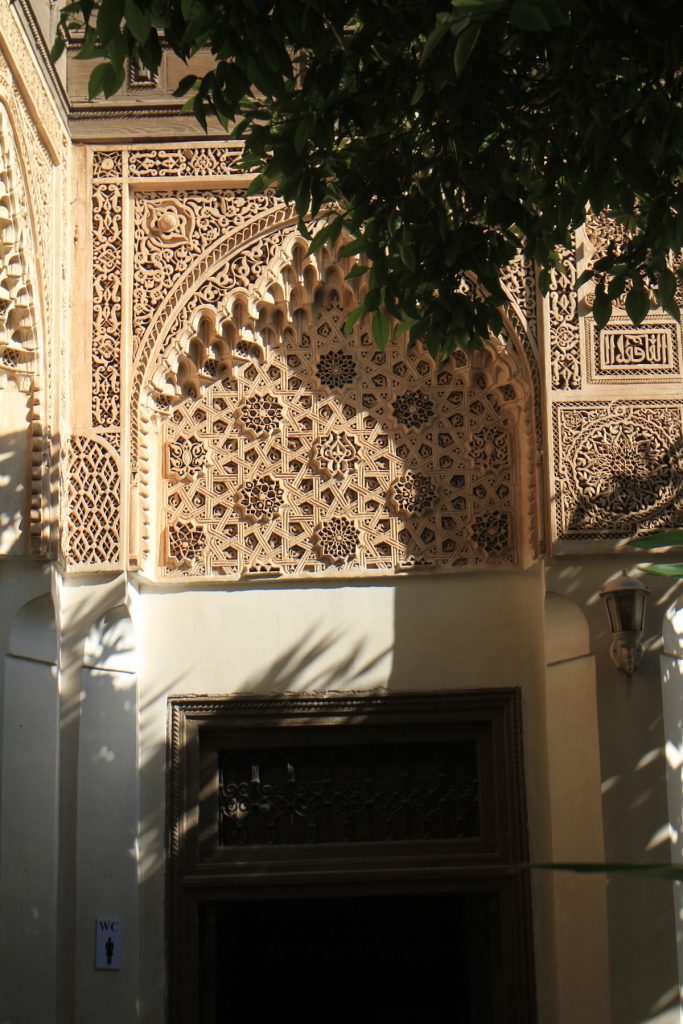
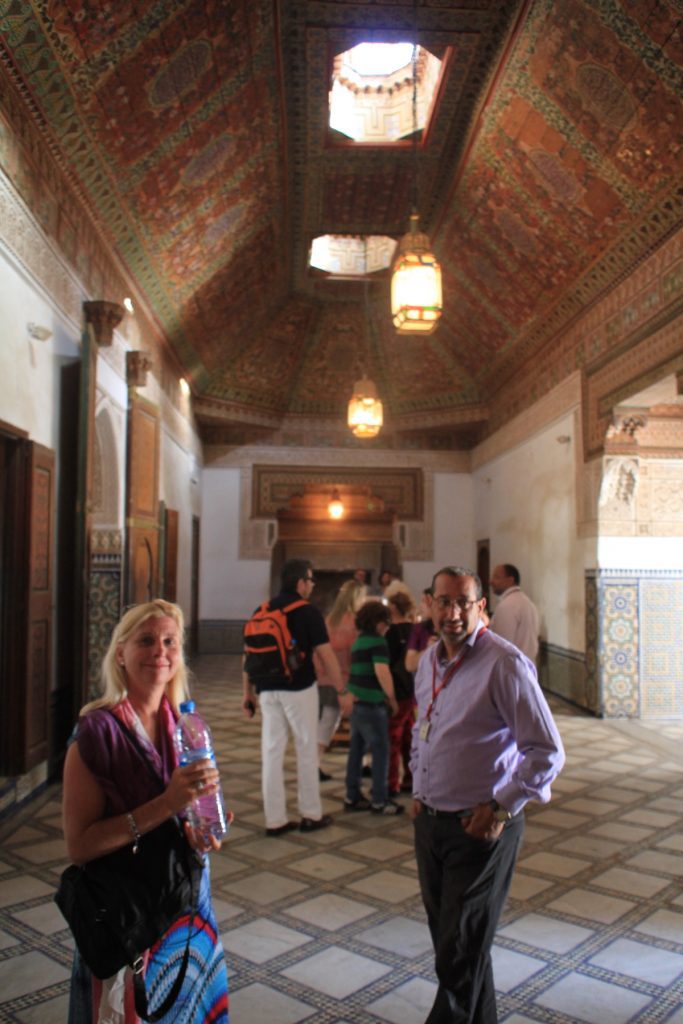
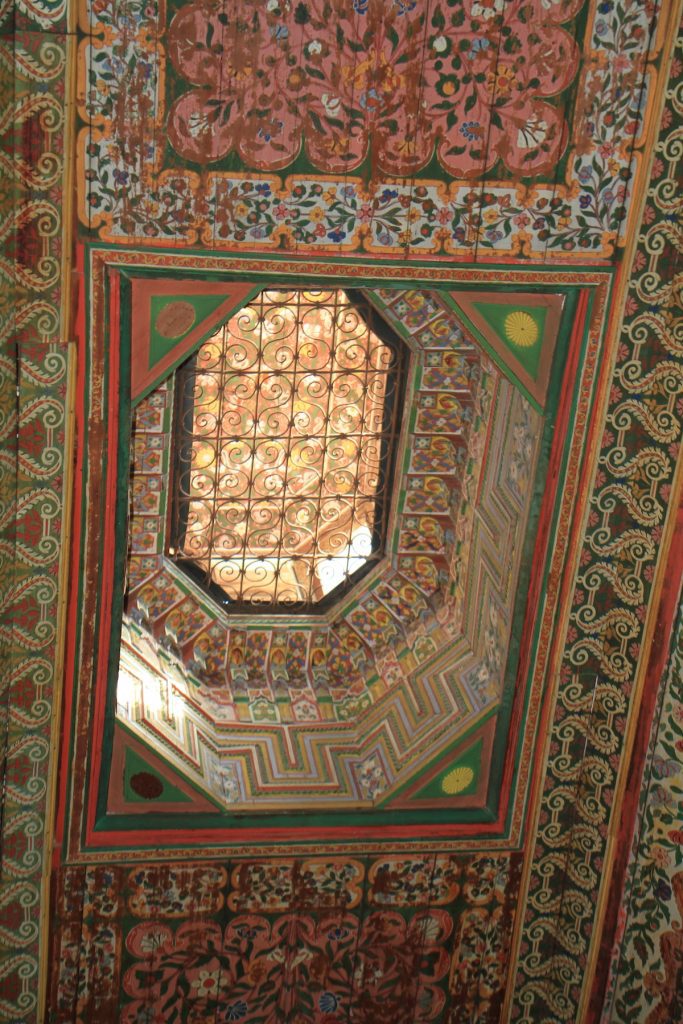
Next up was the grand riad courtyard, in the 19th century Bahia Palace, is an expansive space of geometric blue, white and yellow tiles.
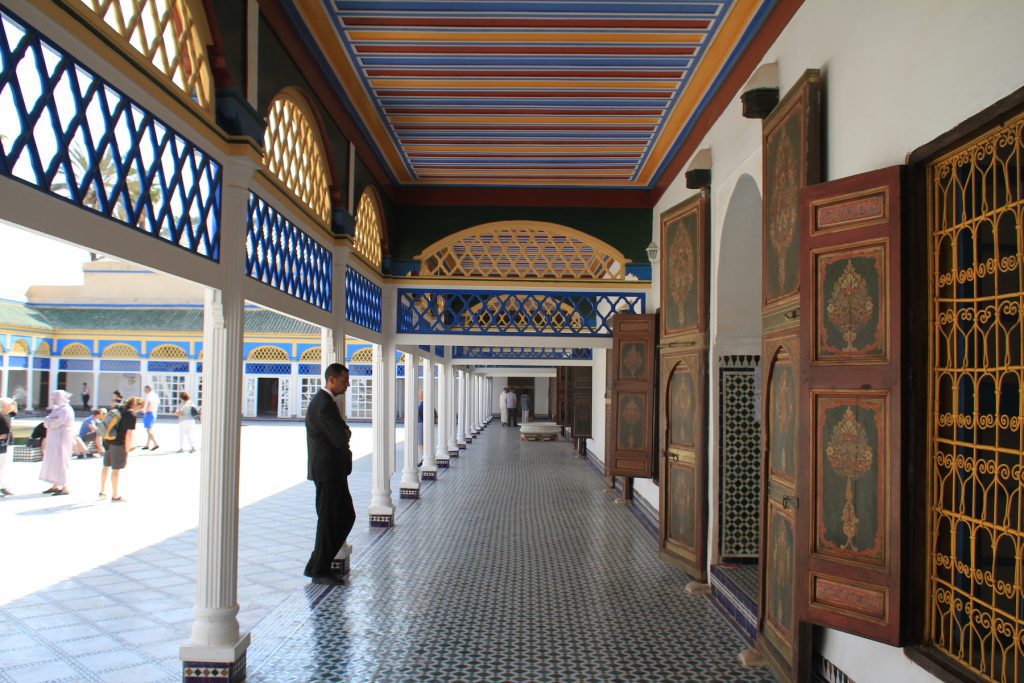
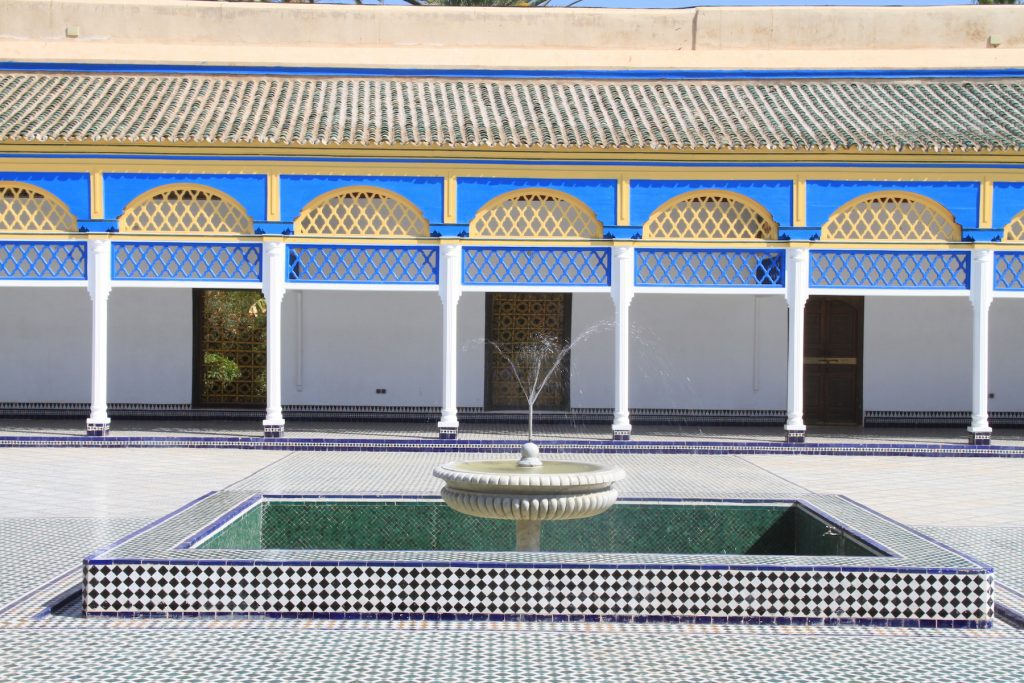
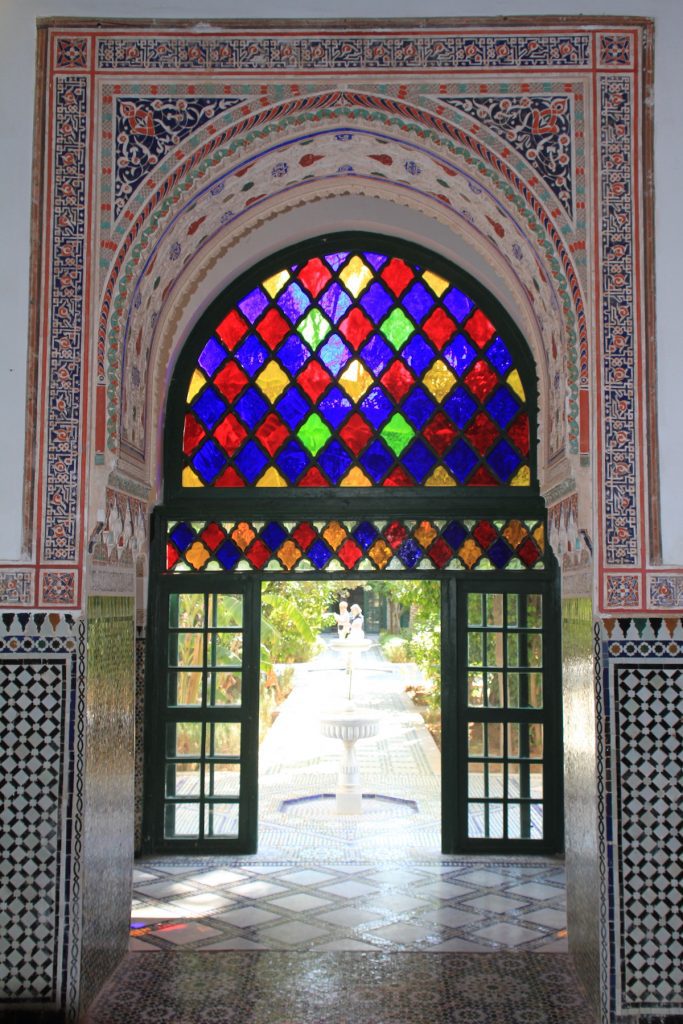
The Ben Youssef Medersa is a Koranic school founded in the 14th Century and is the most exquisitely decorated building in Marrakech. Walls are covered with majestic mosaic tiles, arches decorated with intricate stucco plaster and ceilings are inlaid with painted cedarwood. You are able to visit both the central courtyard and the dormitory rooms where the 900 students lived. The entrance door contains an inscription that reads: “You who enter my door, may your highest hopes be exceeded.” A prayer hall sits off the main courtyard, and contains some of the most impressive decorations. Back out in the courtyard, you can see the tiny windows of the student dormitories looking down from the first floor. You can explore the 130 or so cells of the madrasa, some so small you have to crouch down to enter, and some offering slight but atmospheric views of the courtyard below.
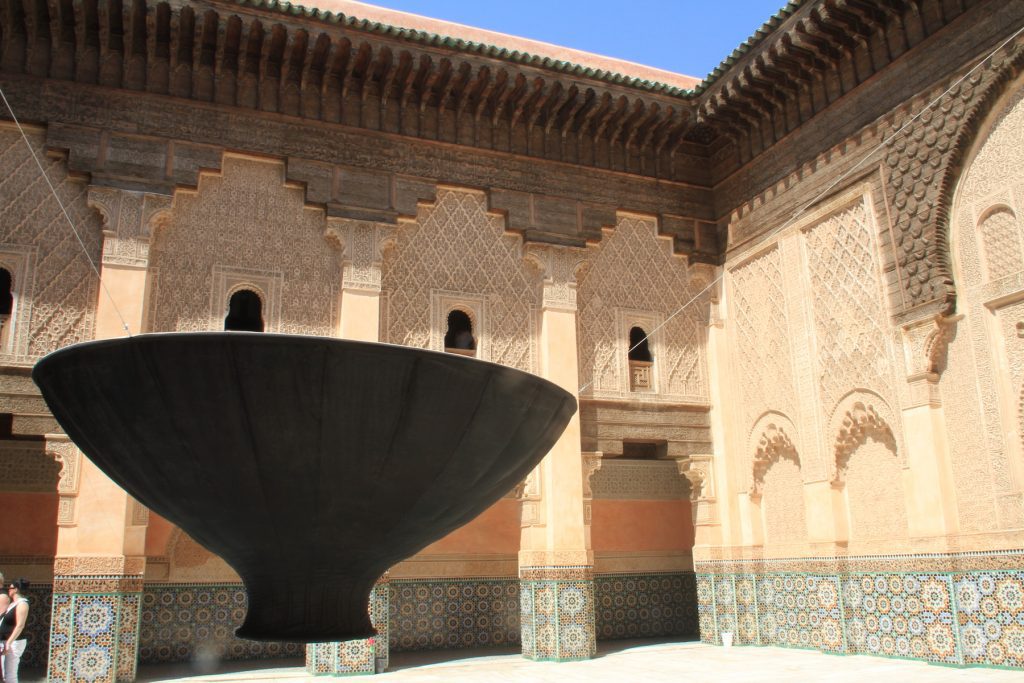
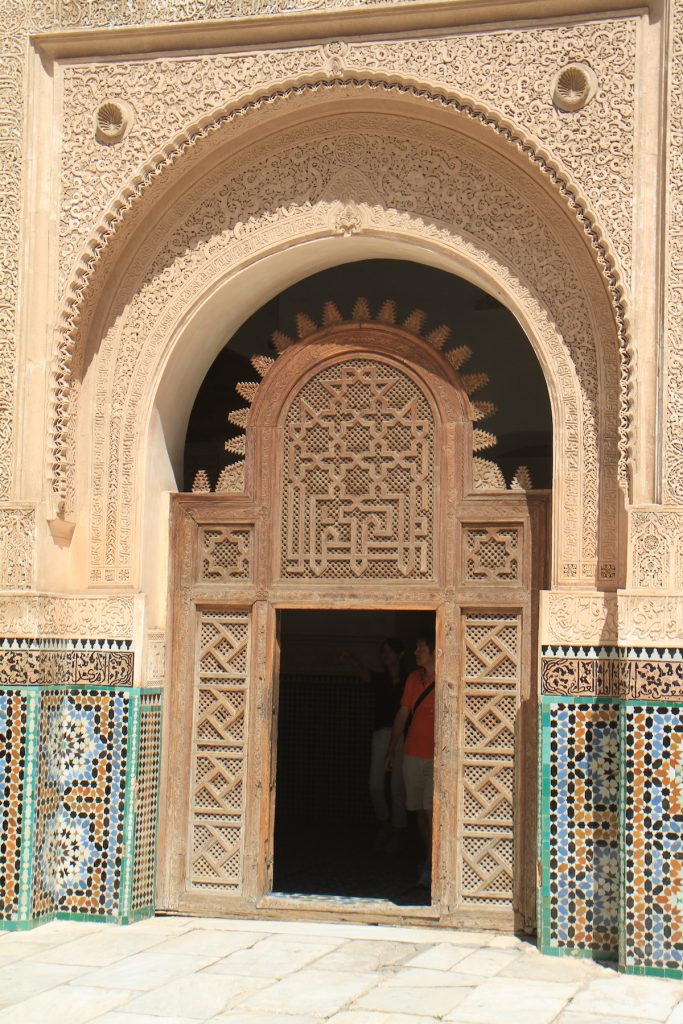
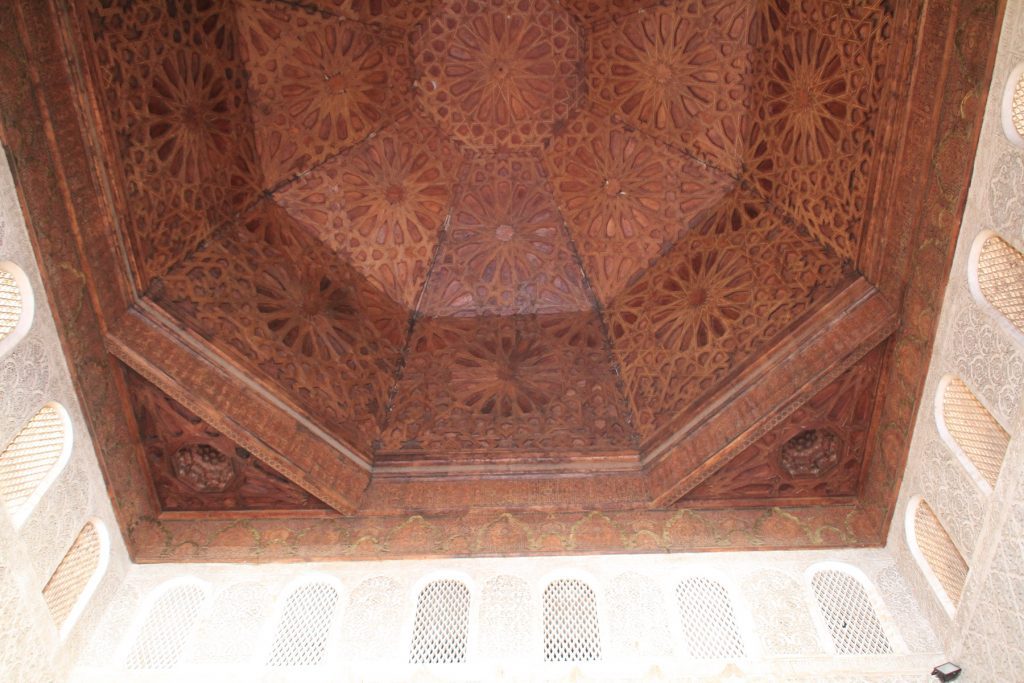
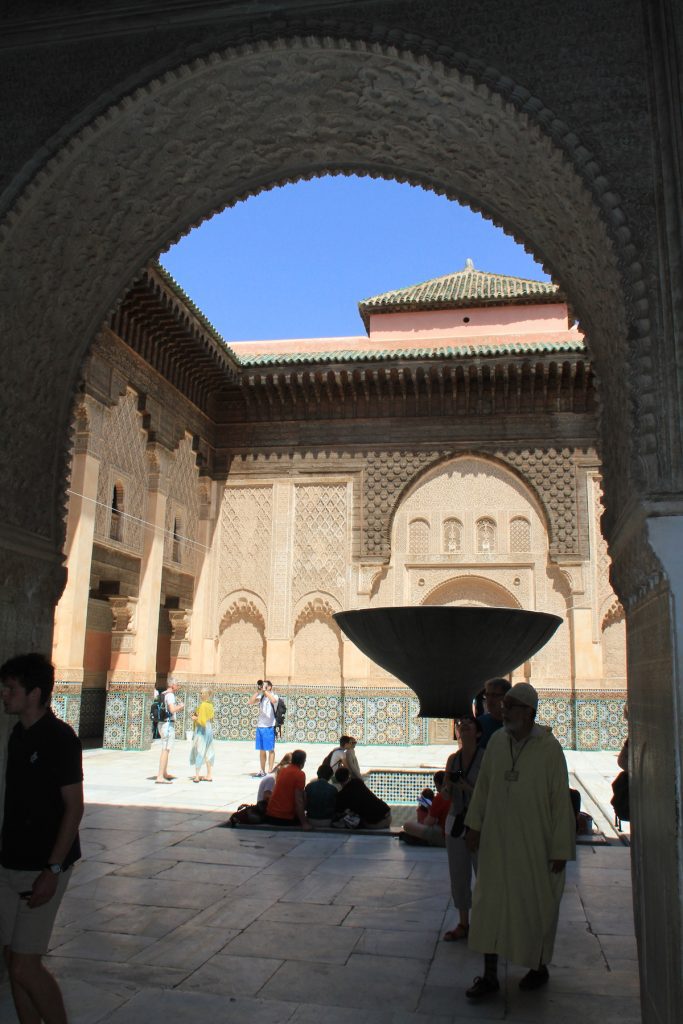
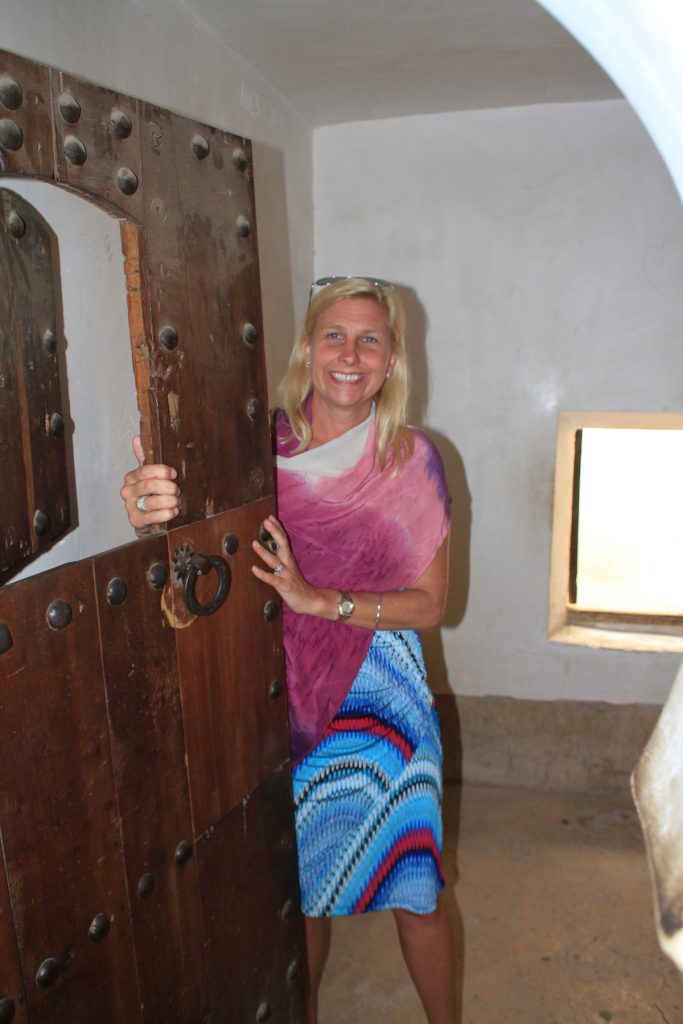
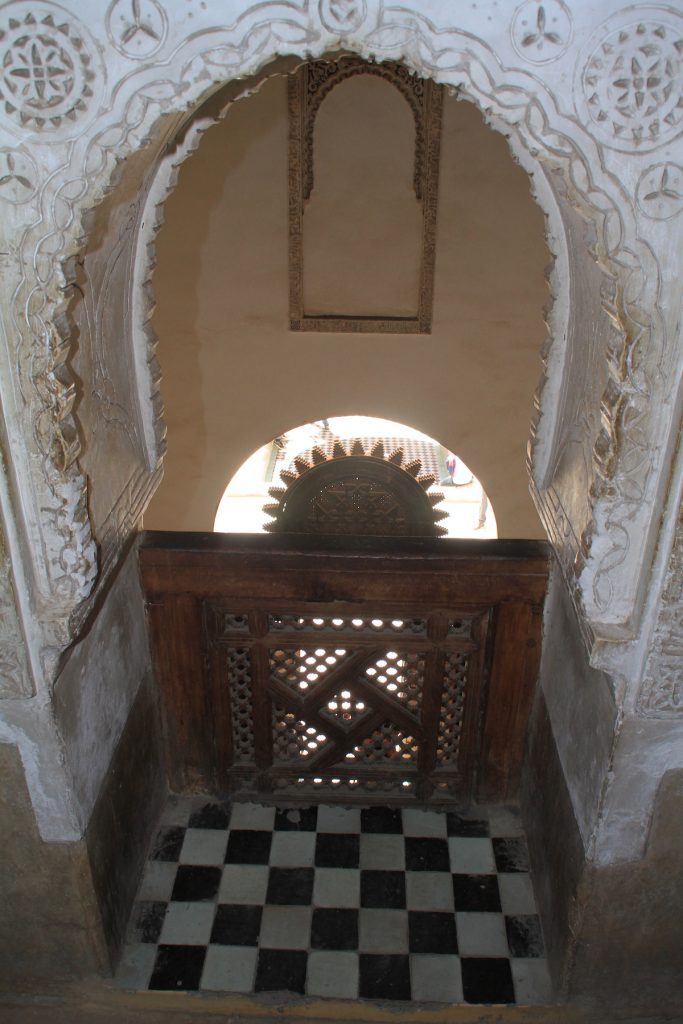
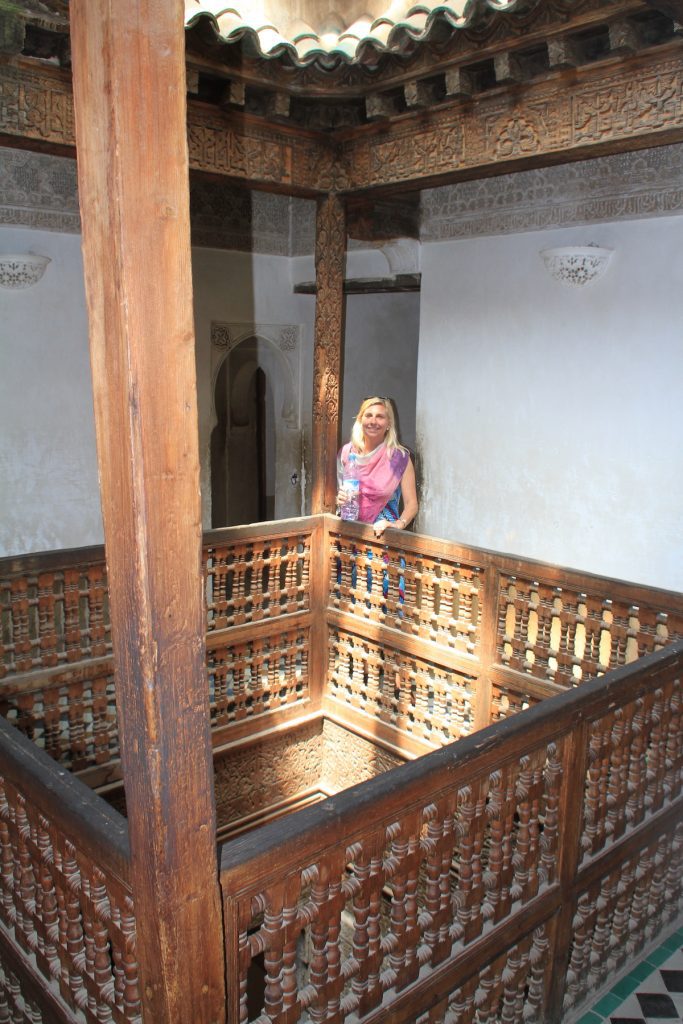
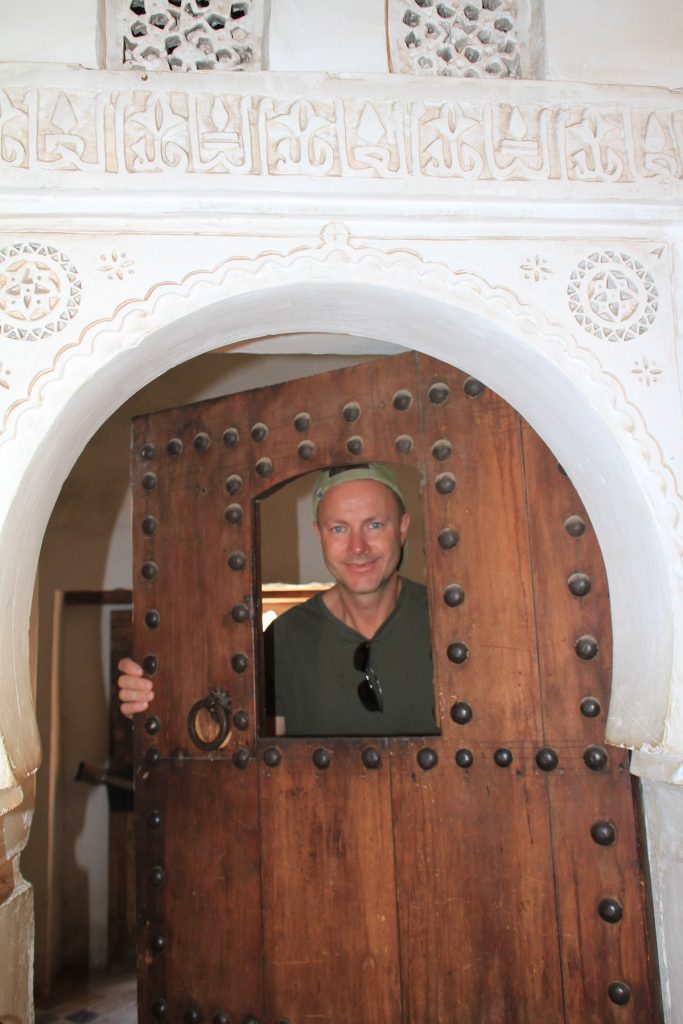
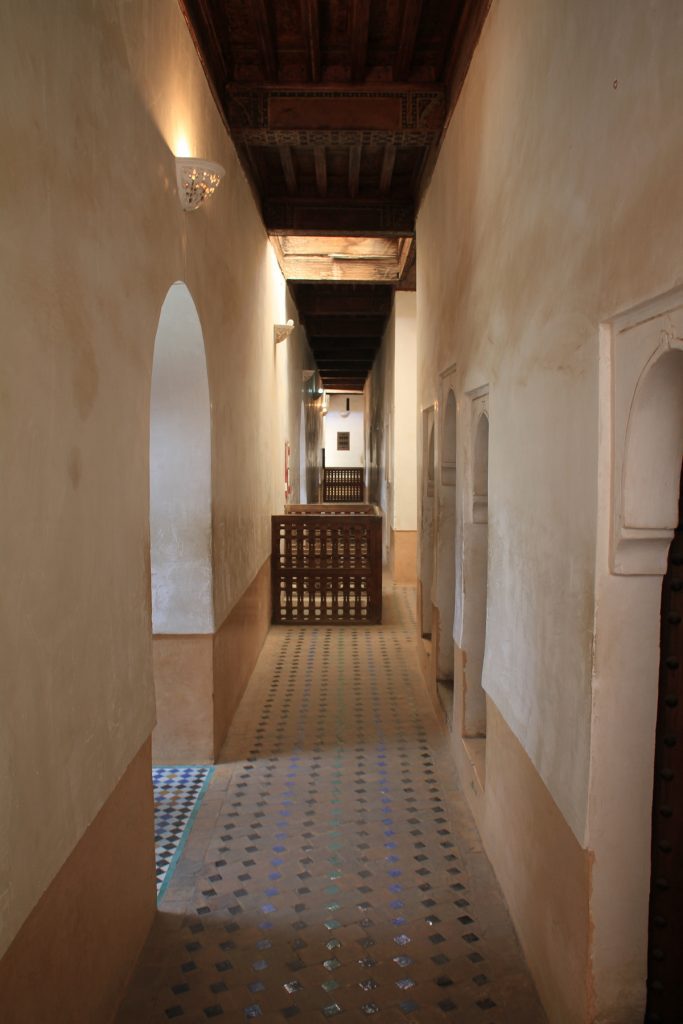
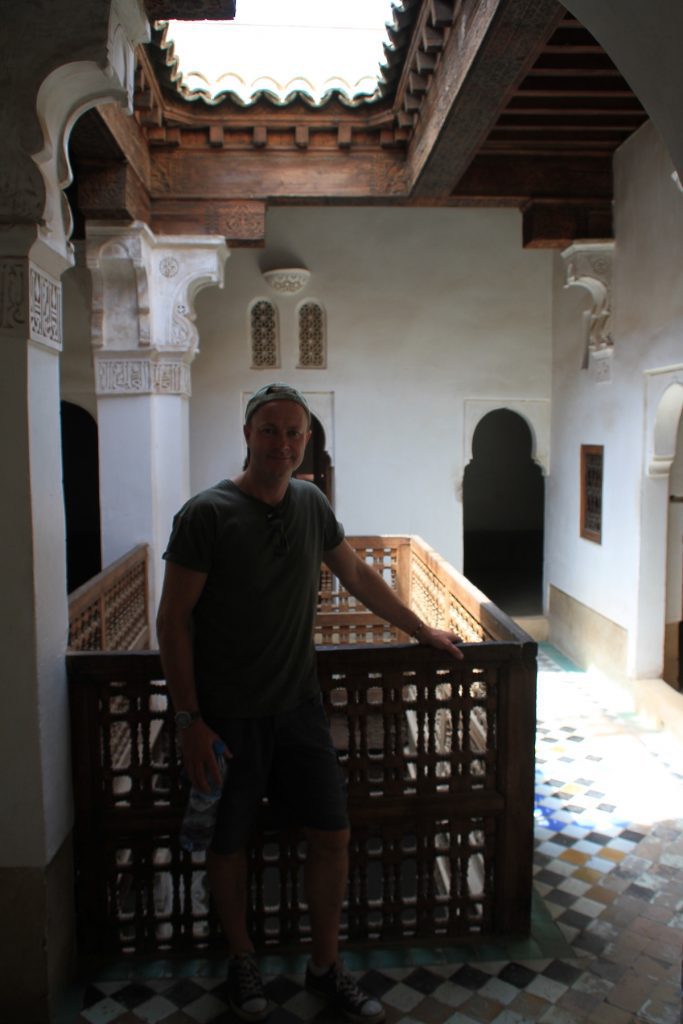
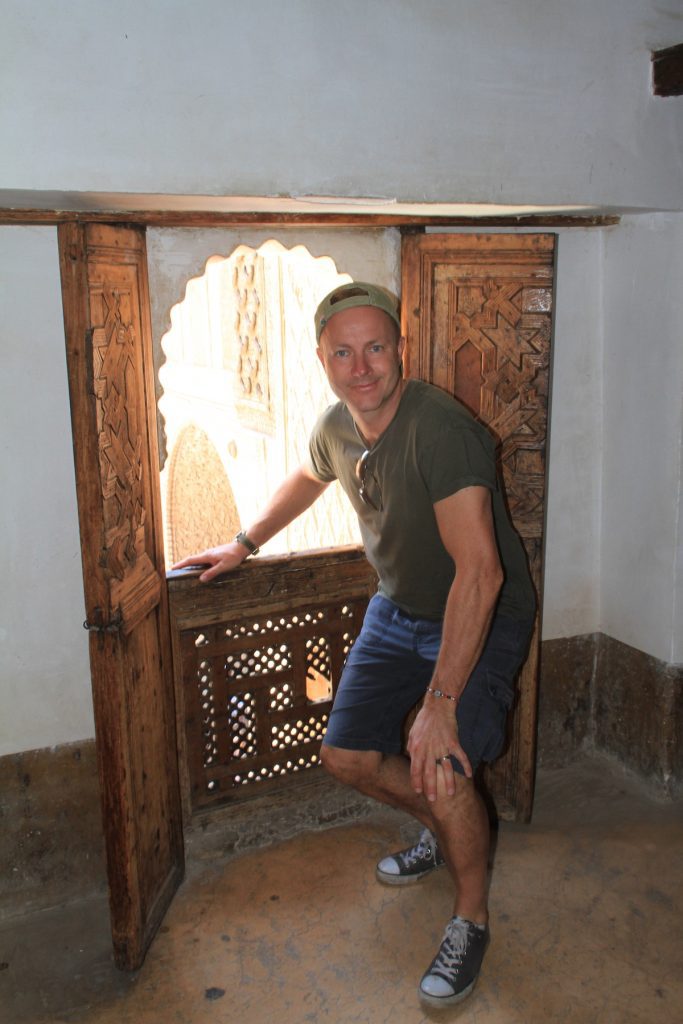
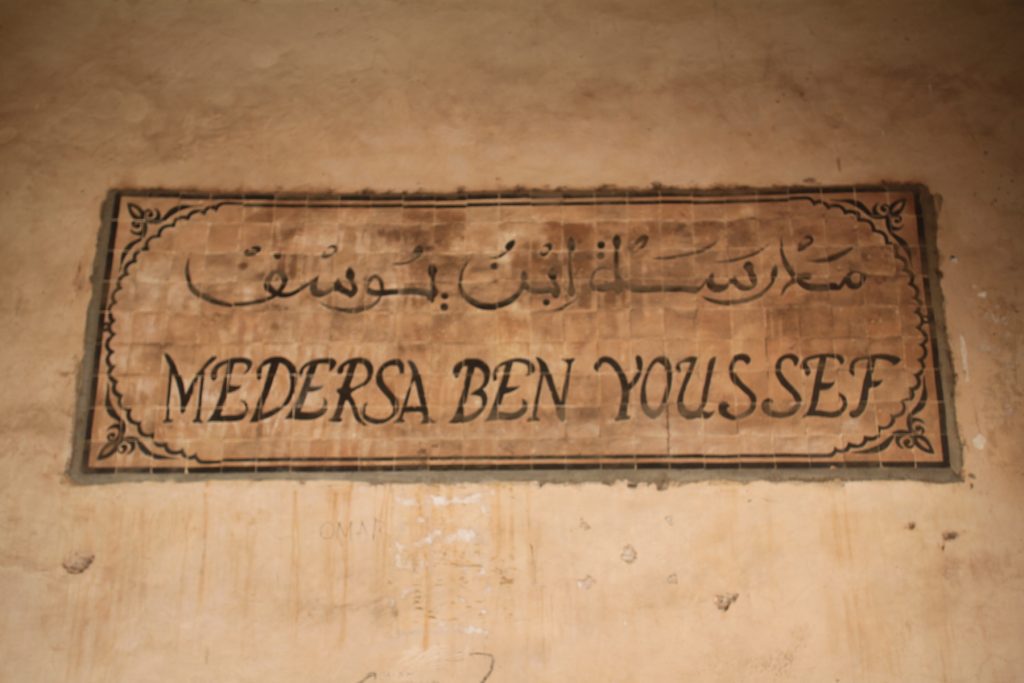
We headed back to the medina and stopped off for a quick drink.
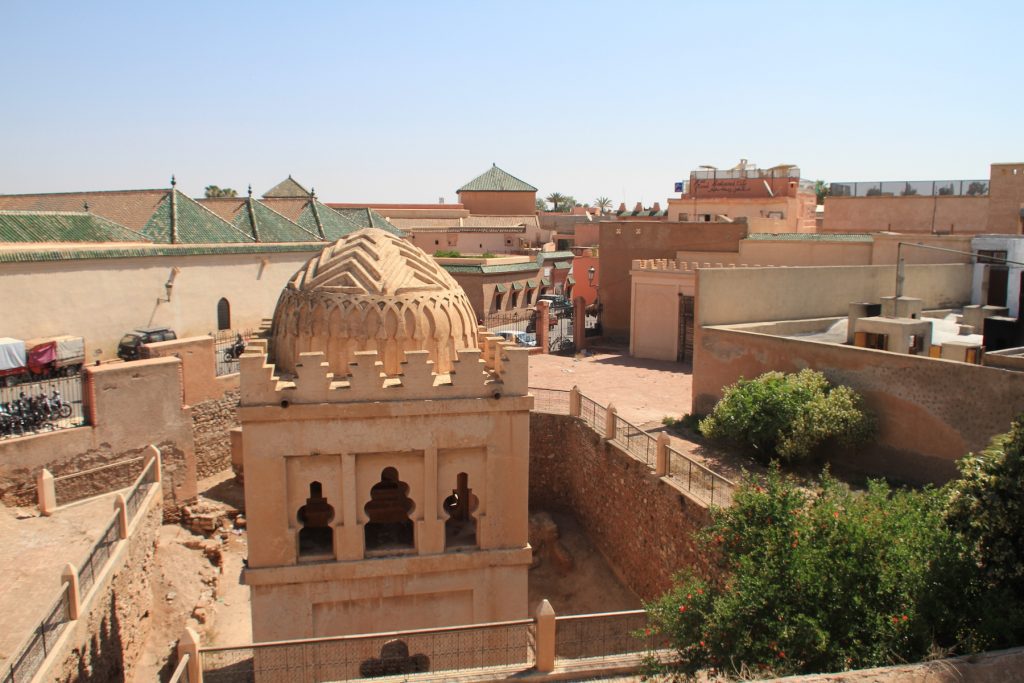
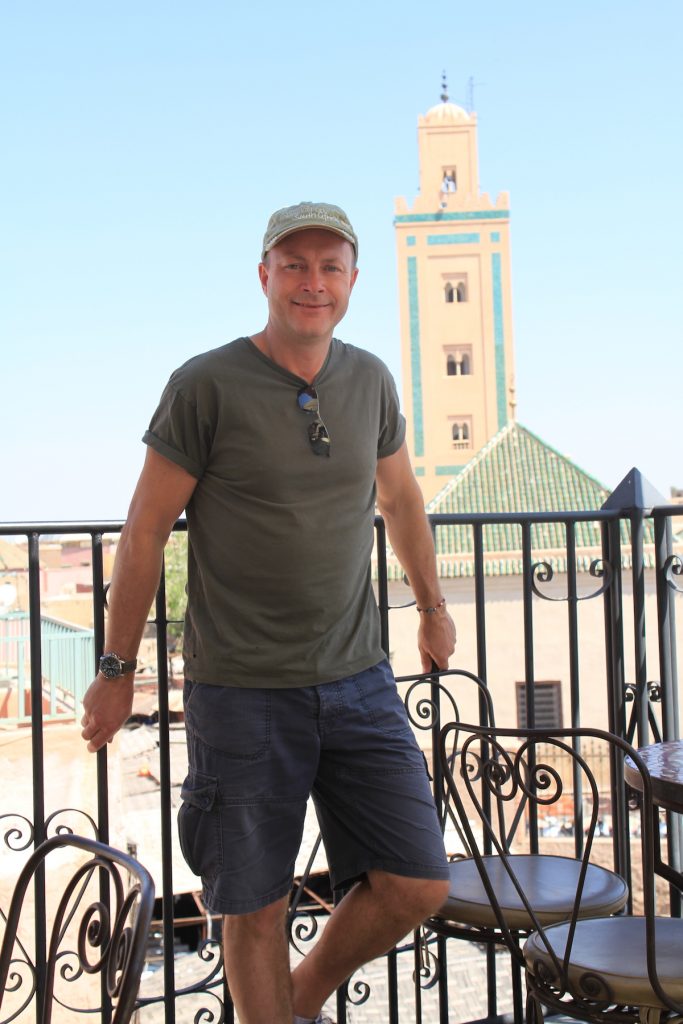
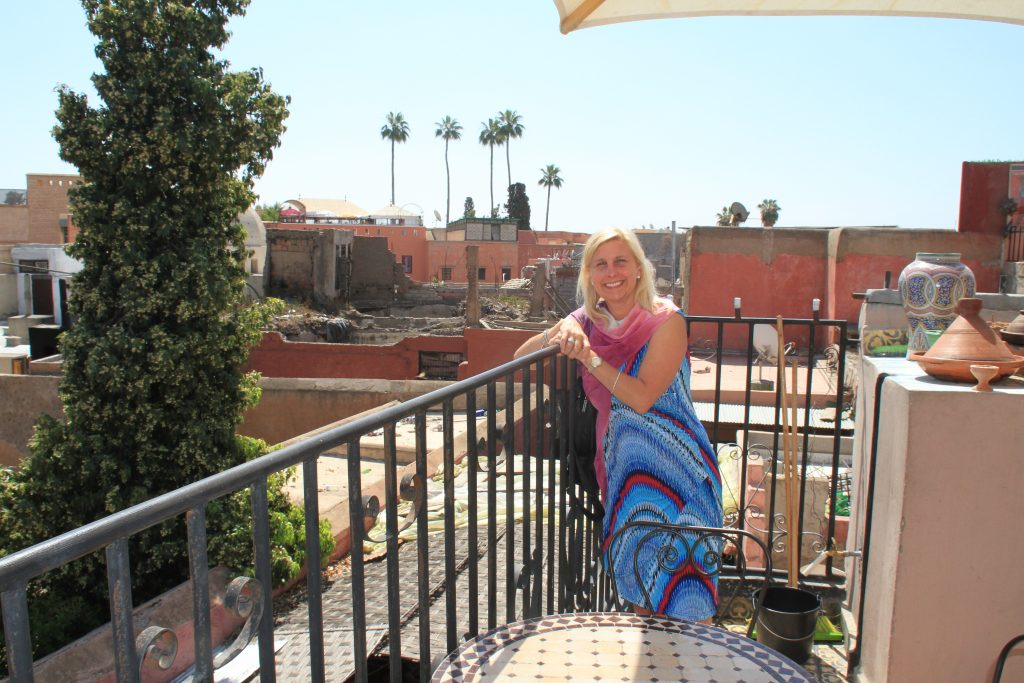
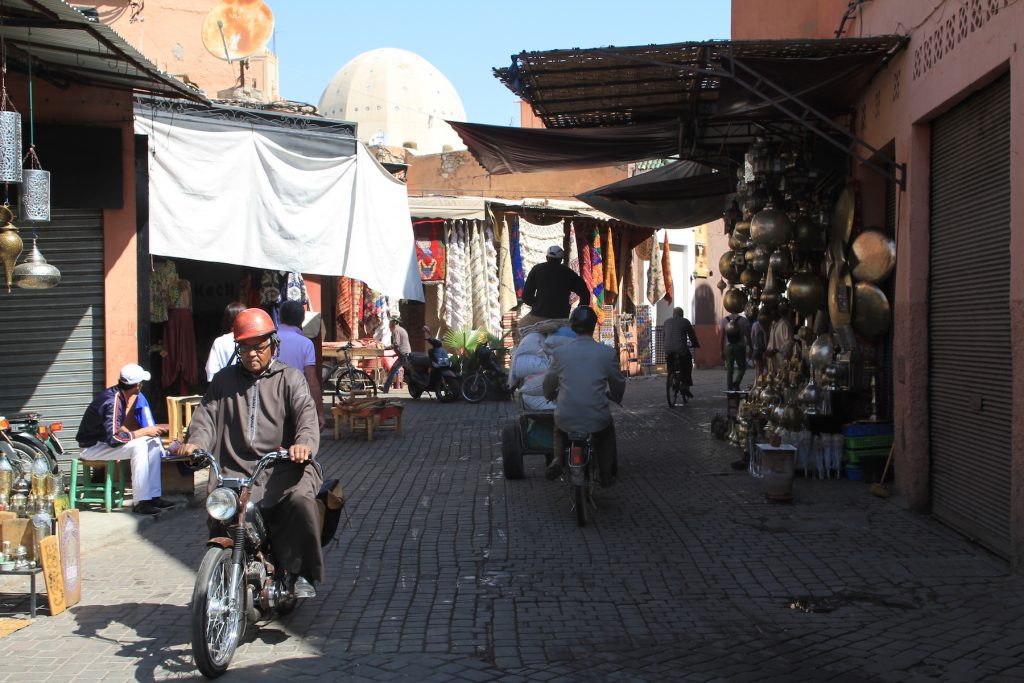
Our next destination was via the medina to the leather souk…the smell was dreadful!! However, fascinating to see the process.
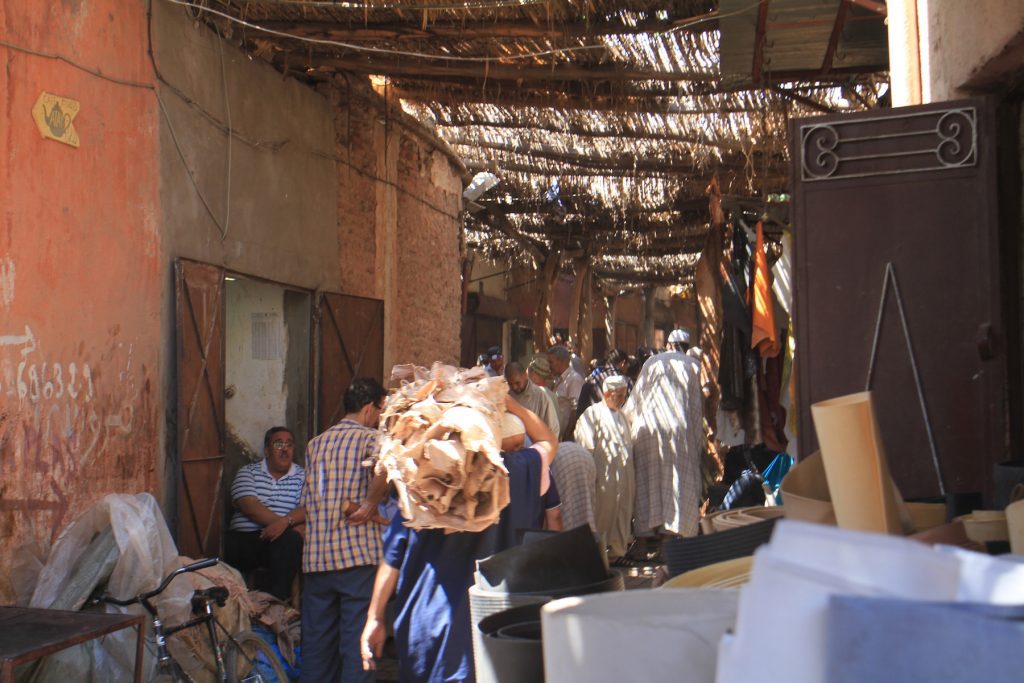
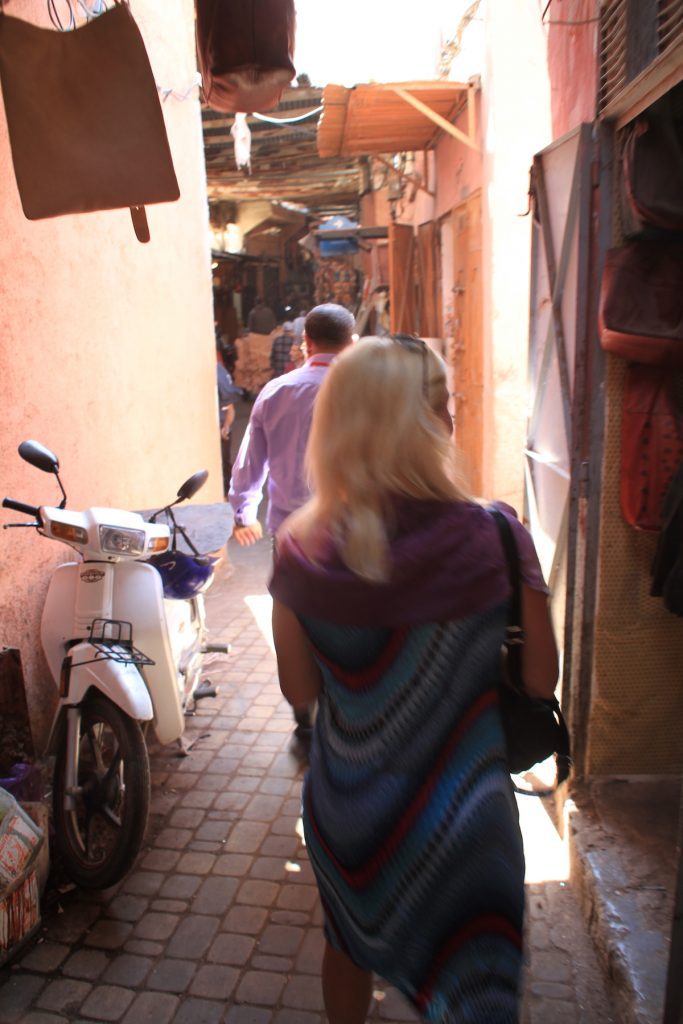
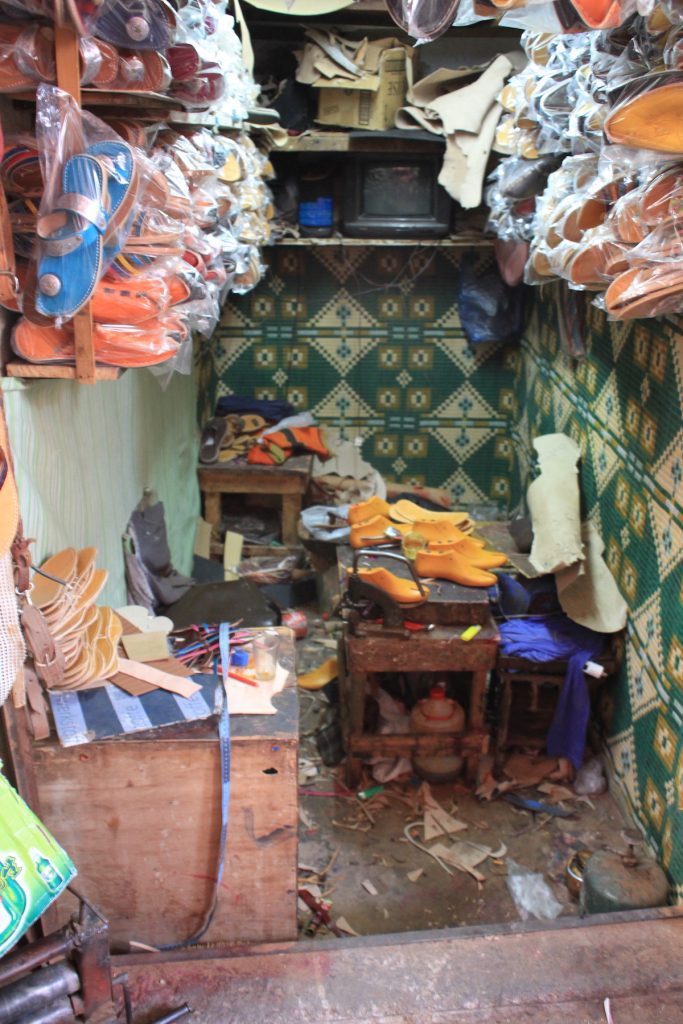
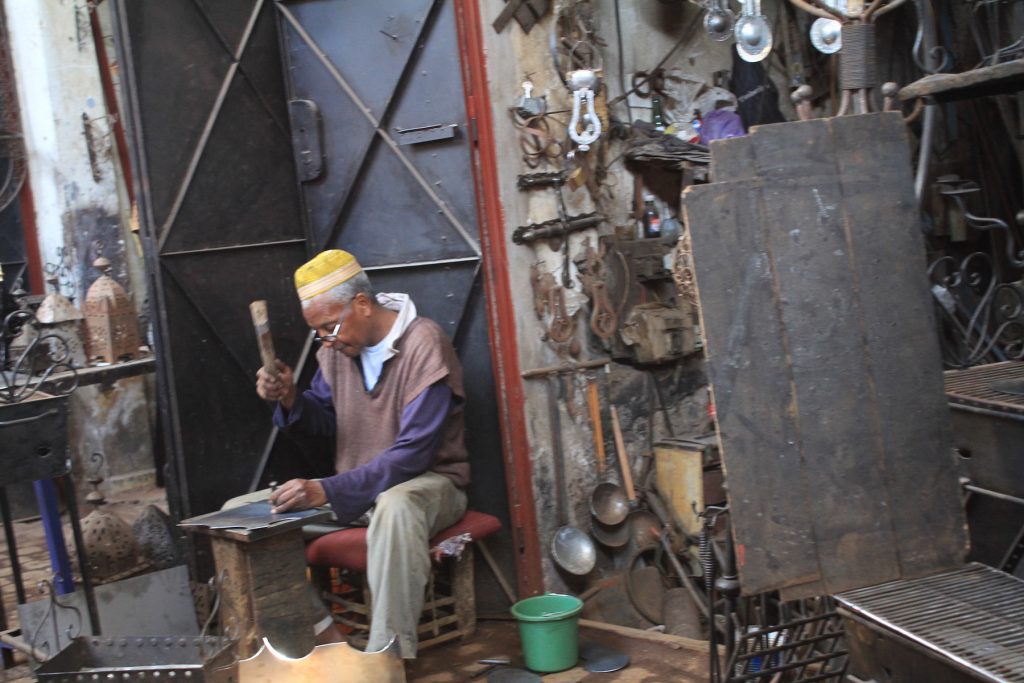
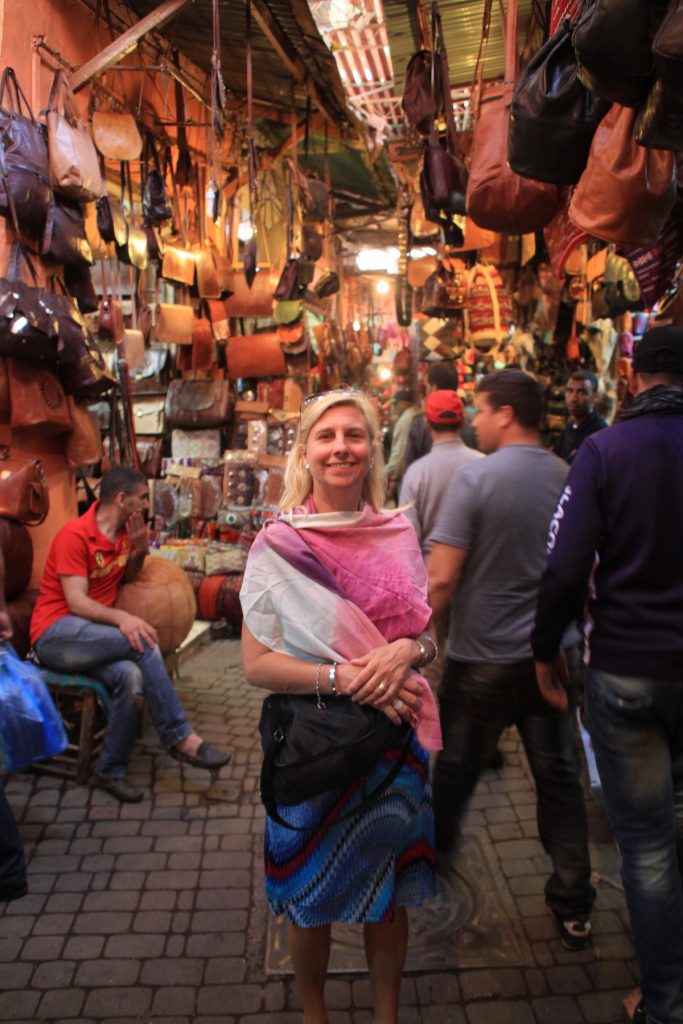
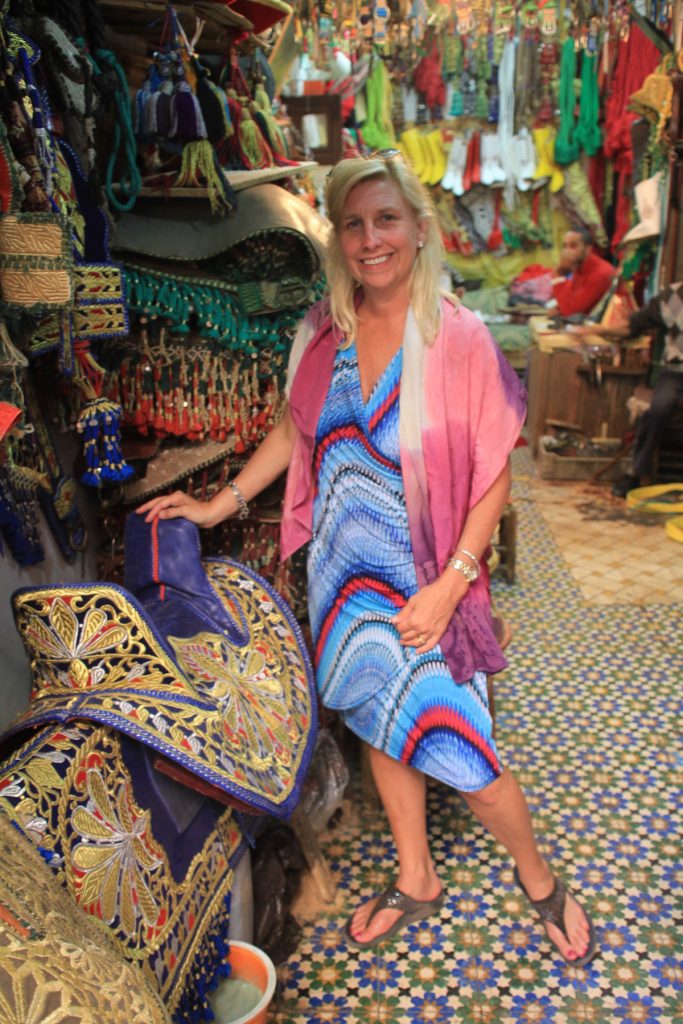
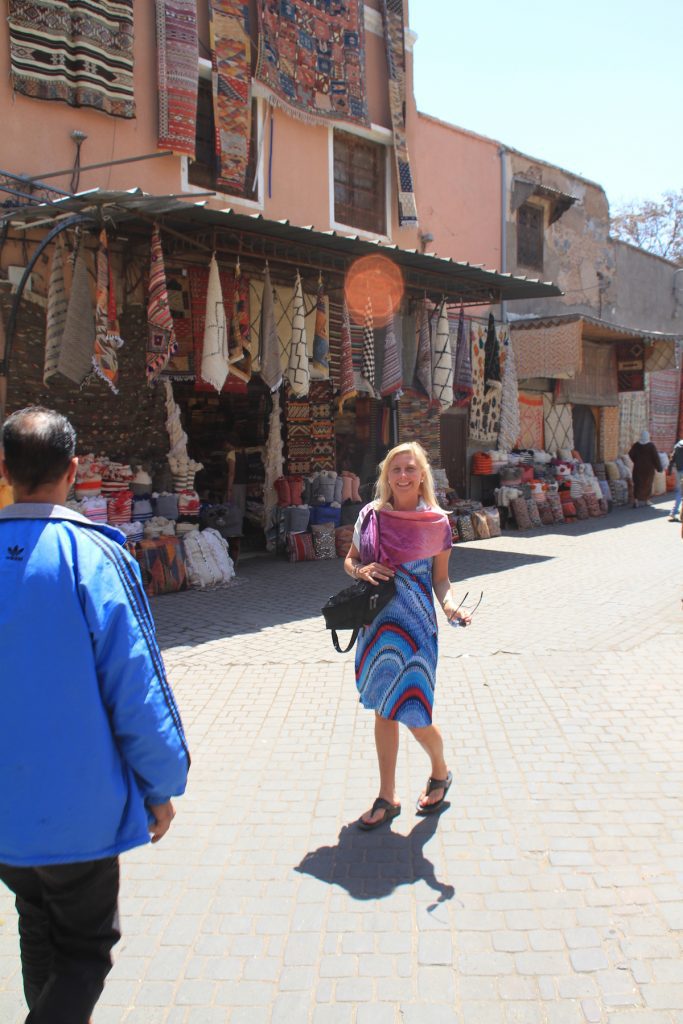
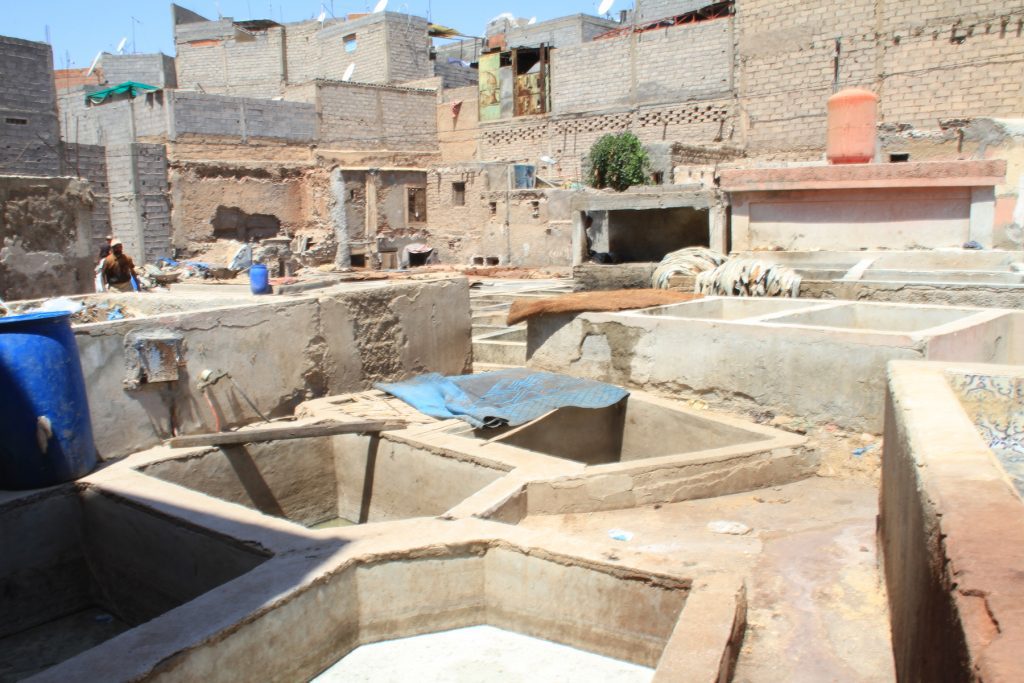
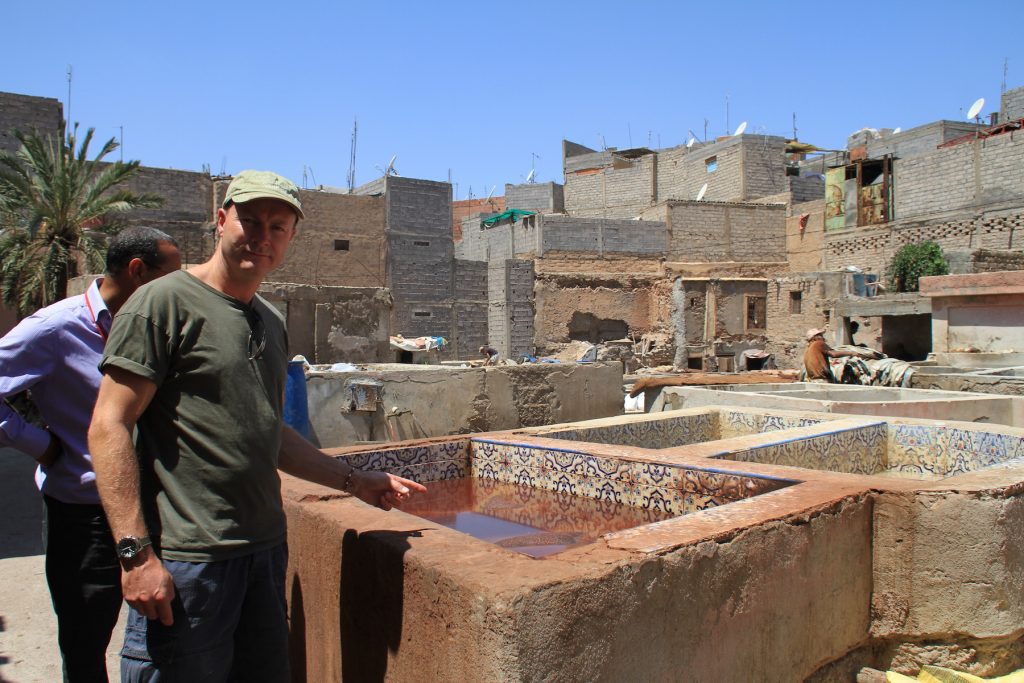
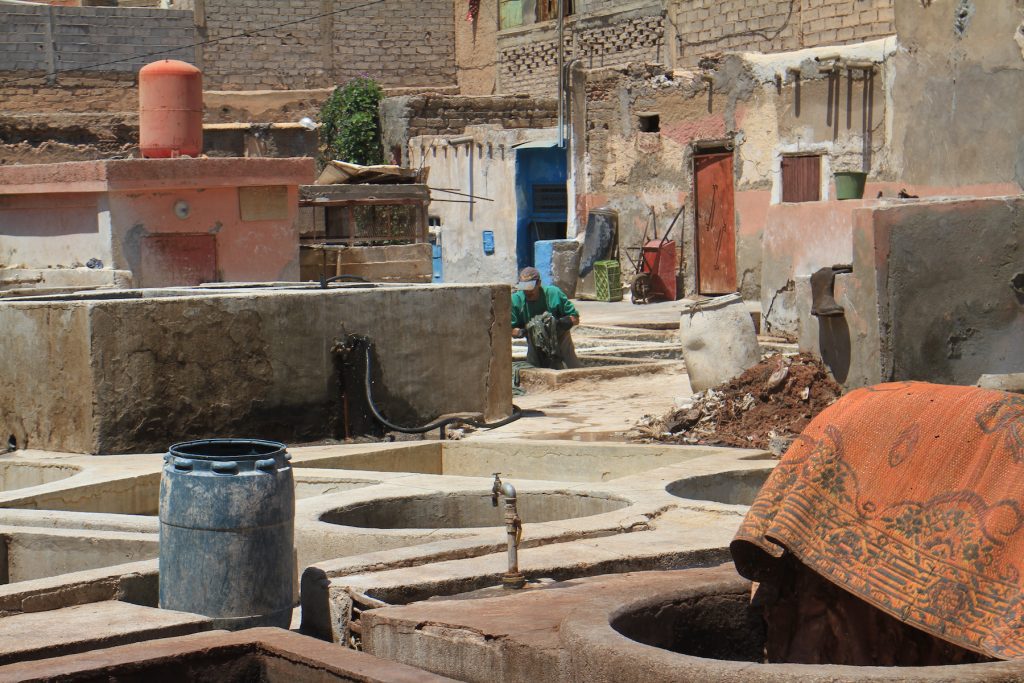
That evening we had booked the Chez Ali show through Viator. NEVER again. The coach simply did not arrive at the designated time and place to collect us. We waited 30mins and ended up taking a taxi which cost almost what we had paid for the entire evening and of course we arrived late. Never the less, we did enjoy the evening and it was interesting to learn about all the different tribes. However, we fully understand the many reviews citing it as a tourist trap – we accepted it for what it was and particularly enjoyed the antics on horses. The only slightly annoying part was that each of the tribes expected a tip when they come to your table. It included a 5 course traditional Moroccon dinner which was very tasty. It was a fun way to spend our final evening in Morocco.
